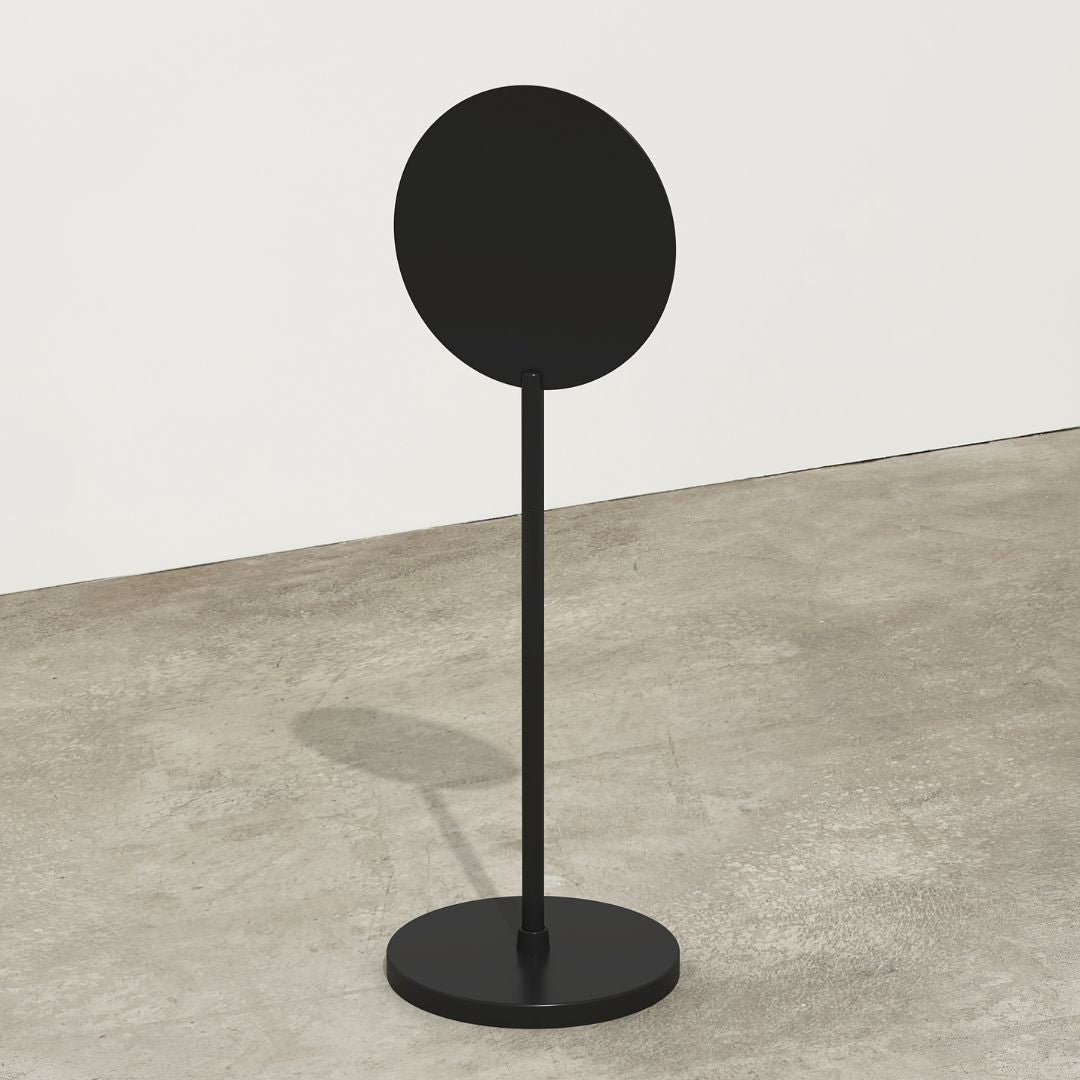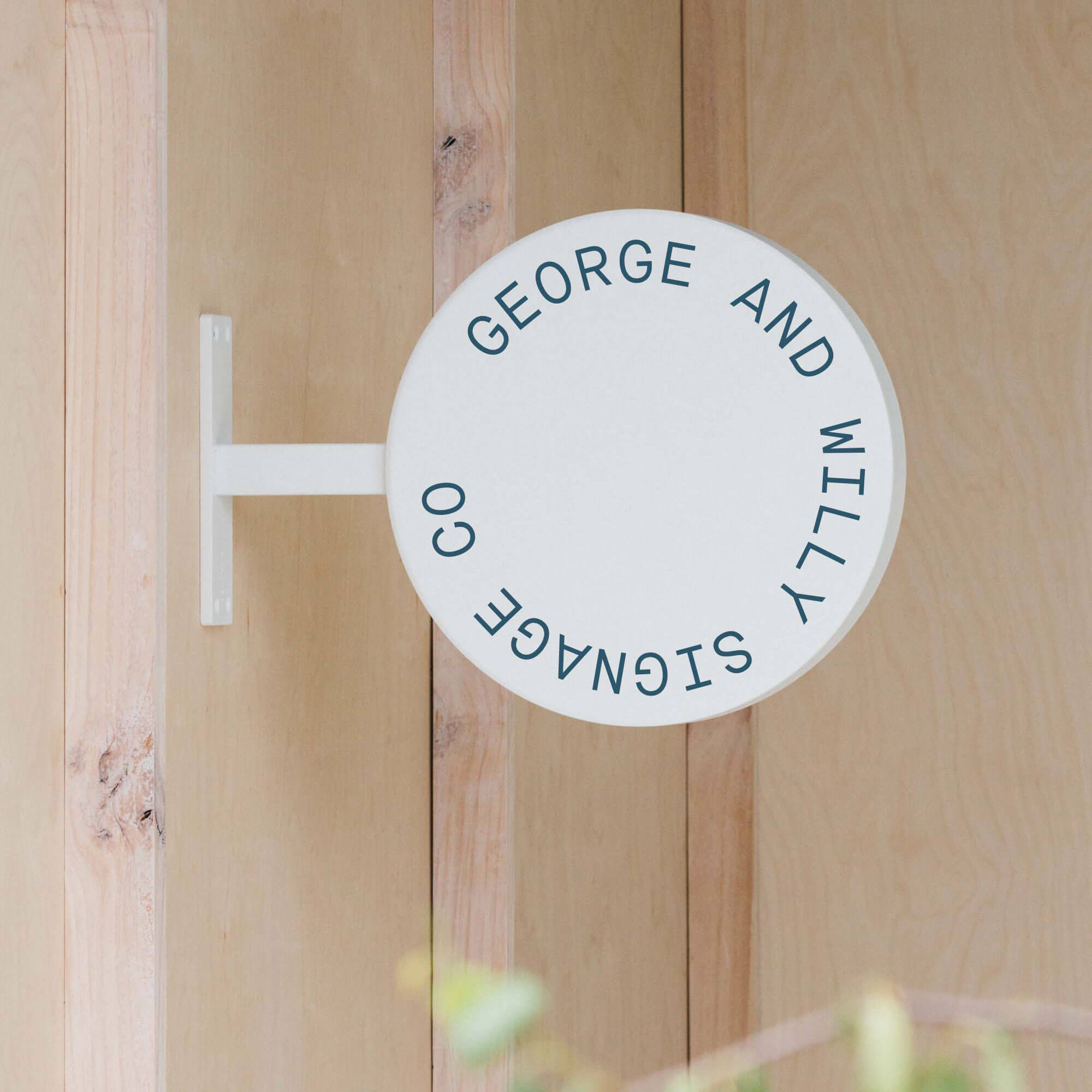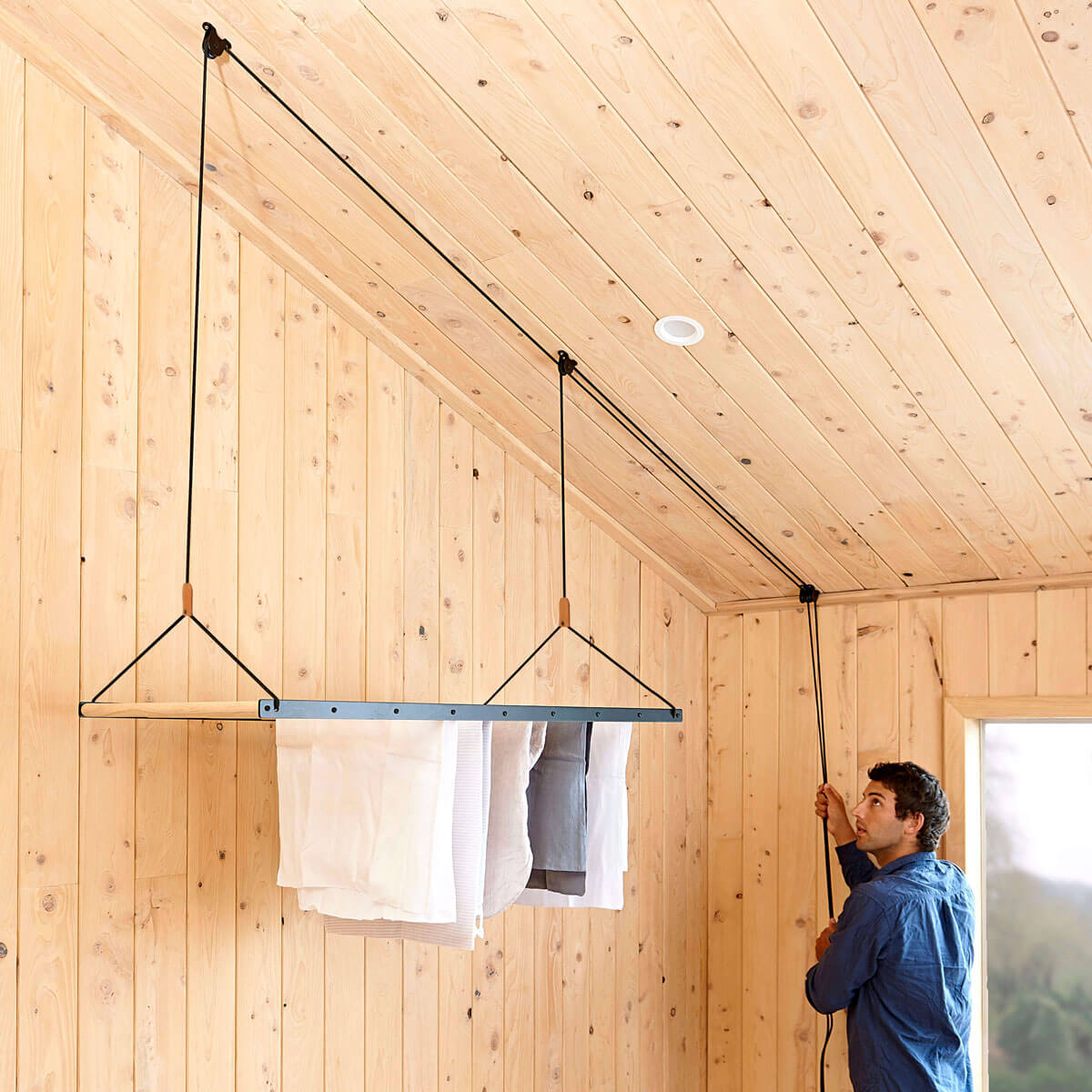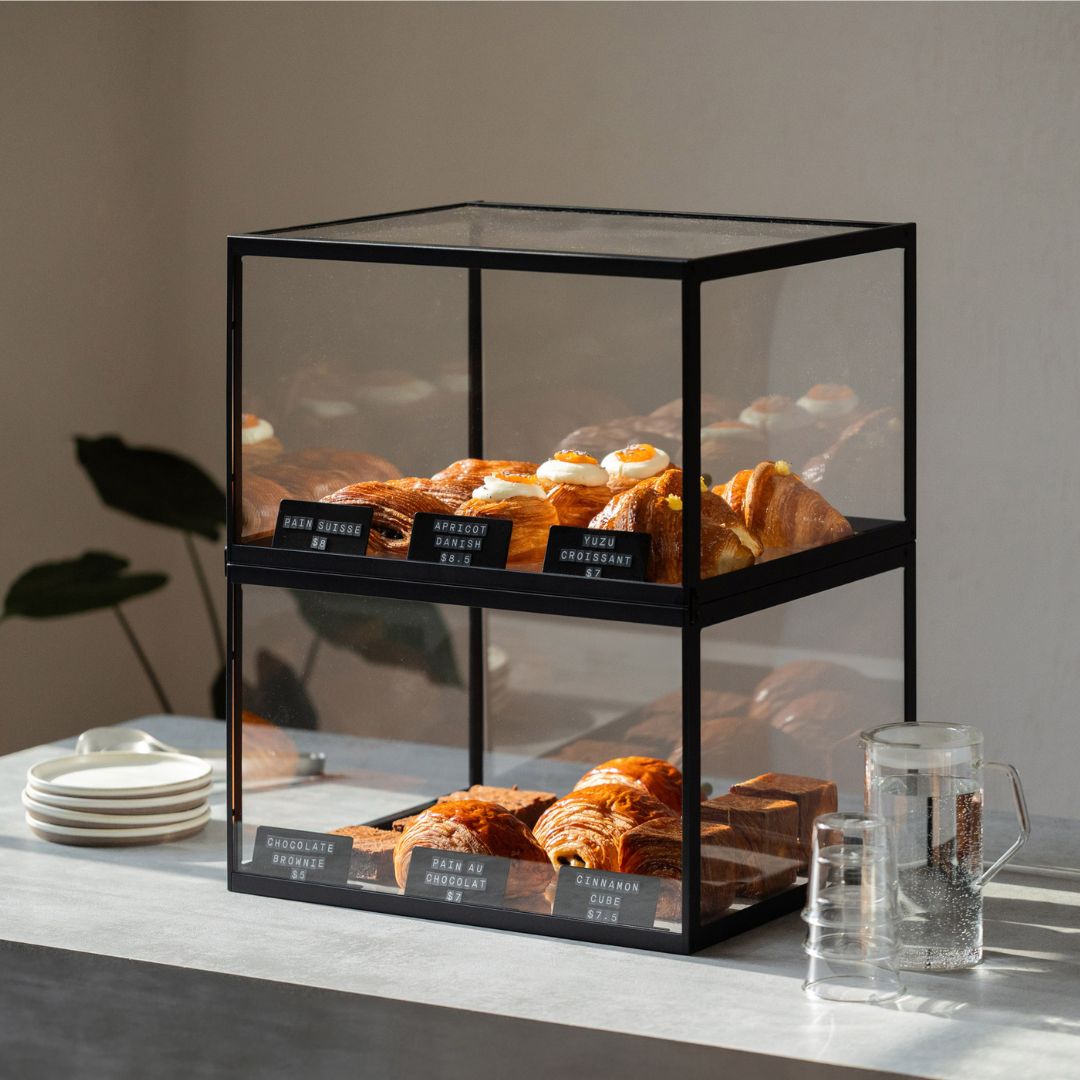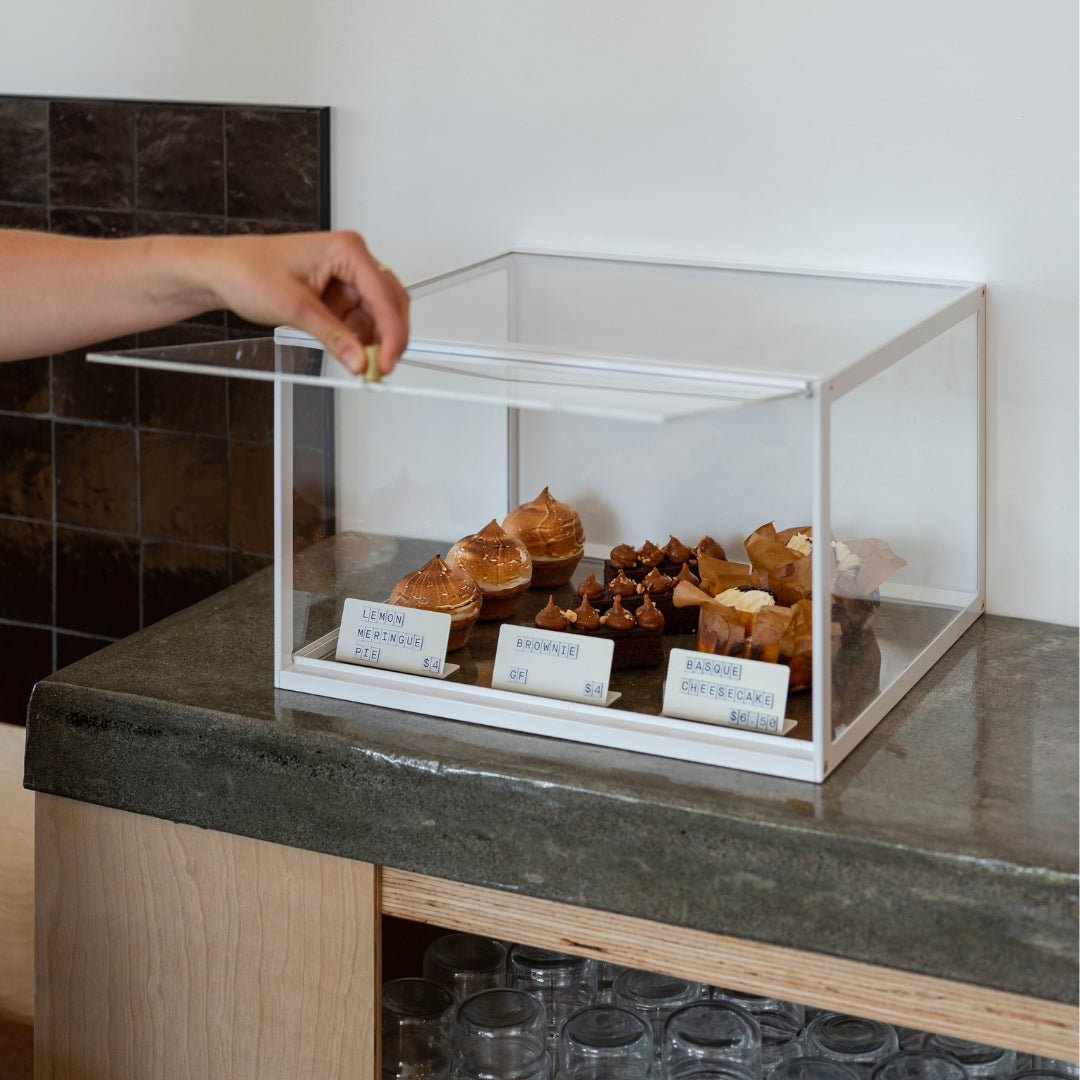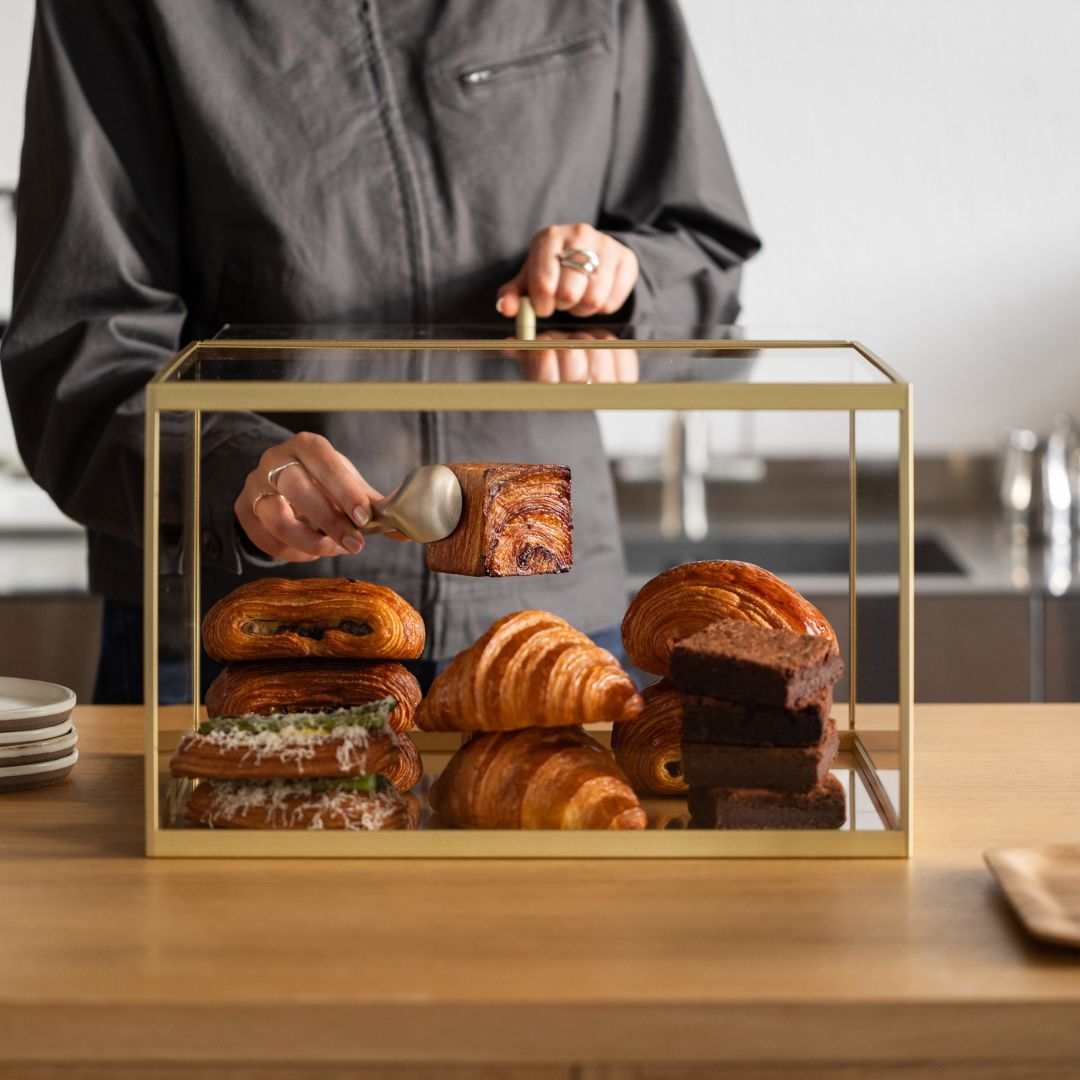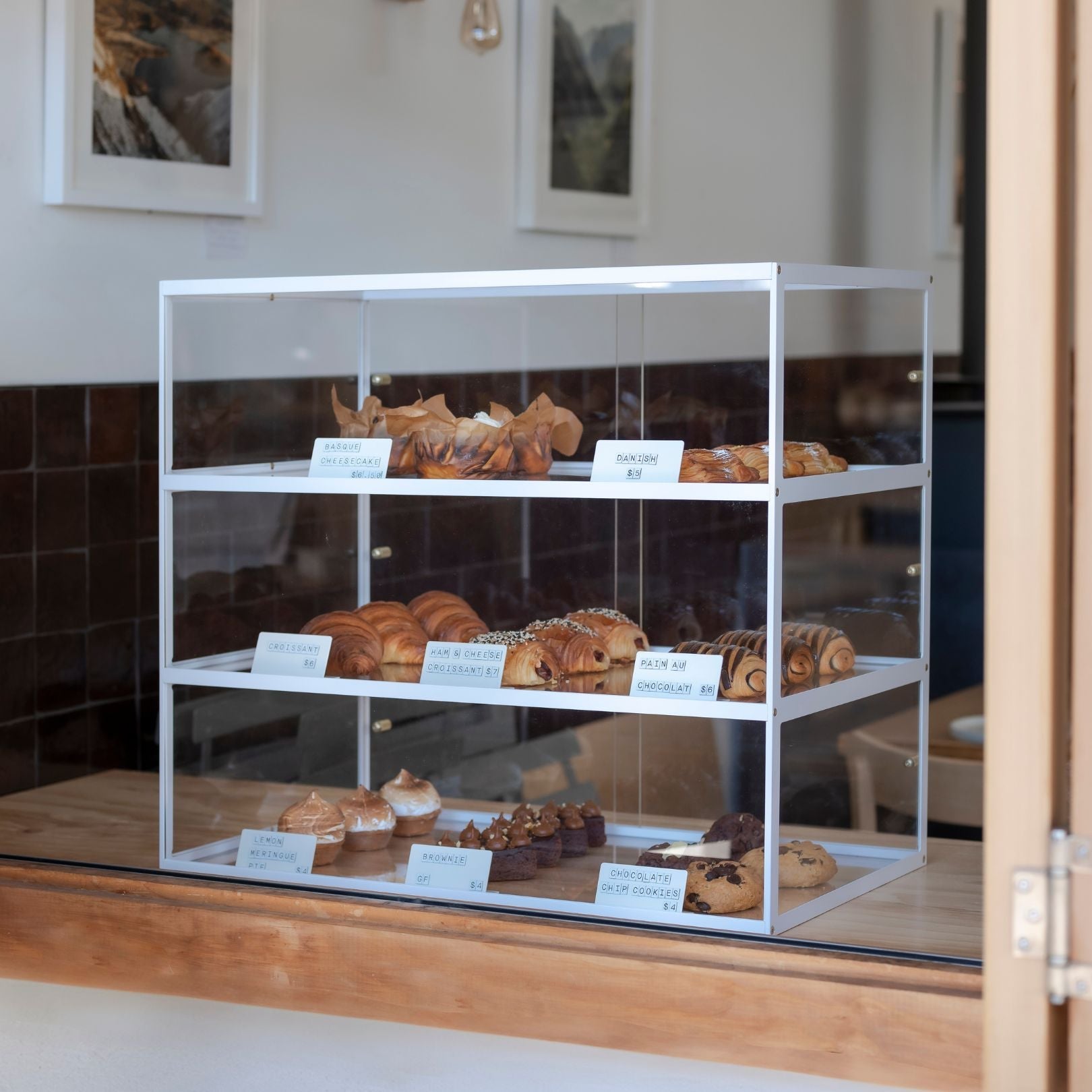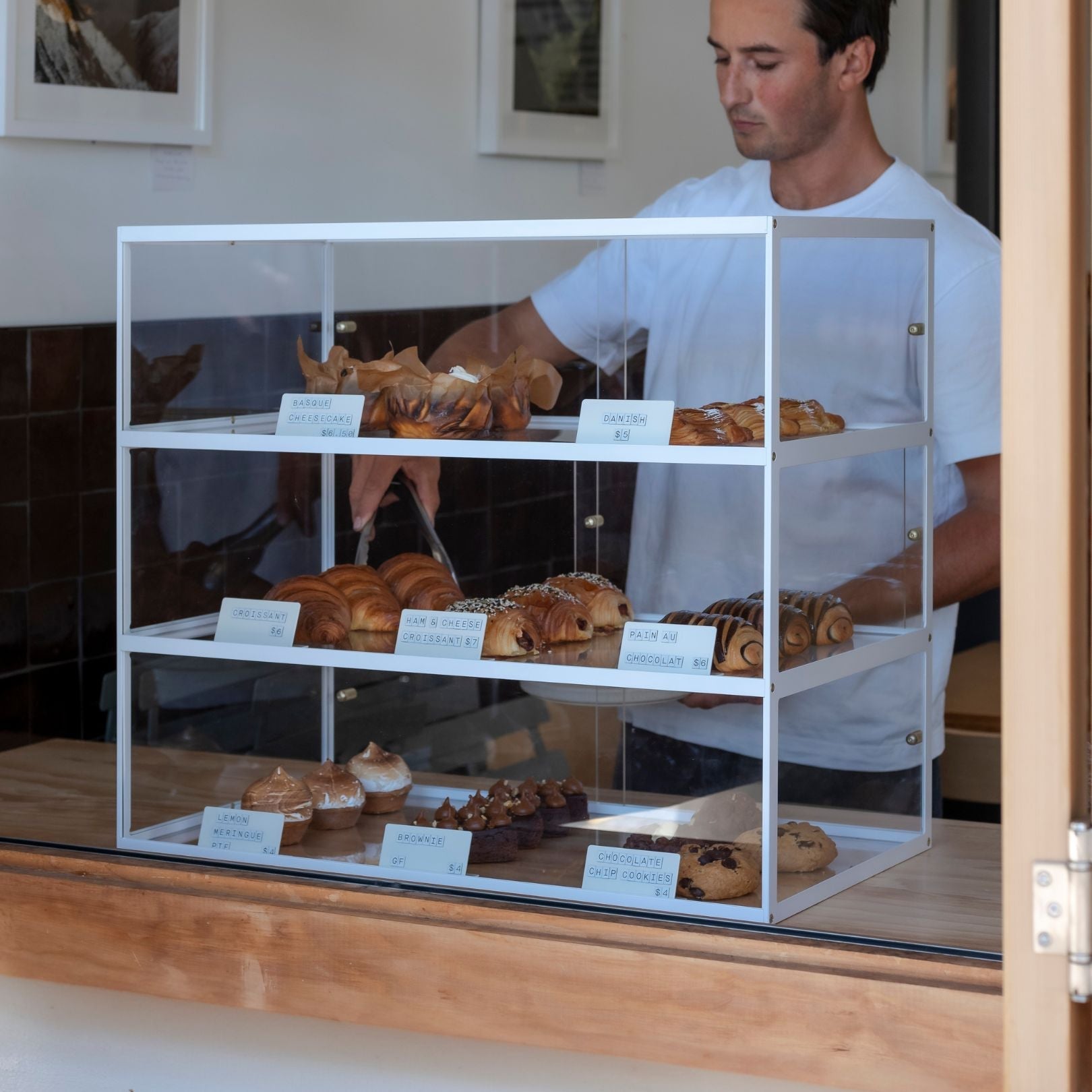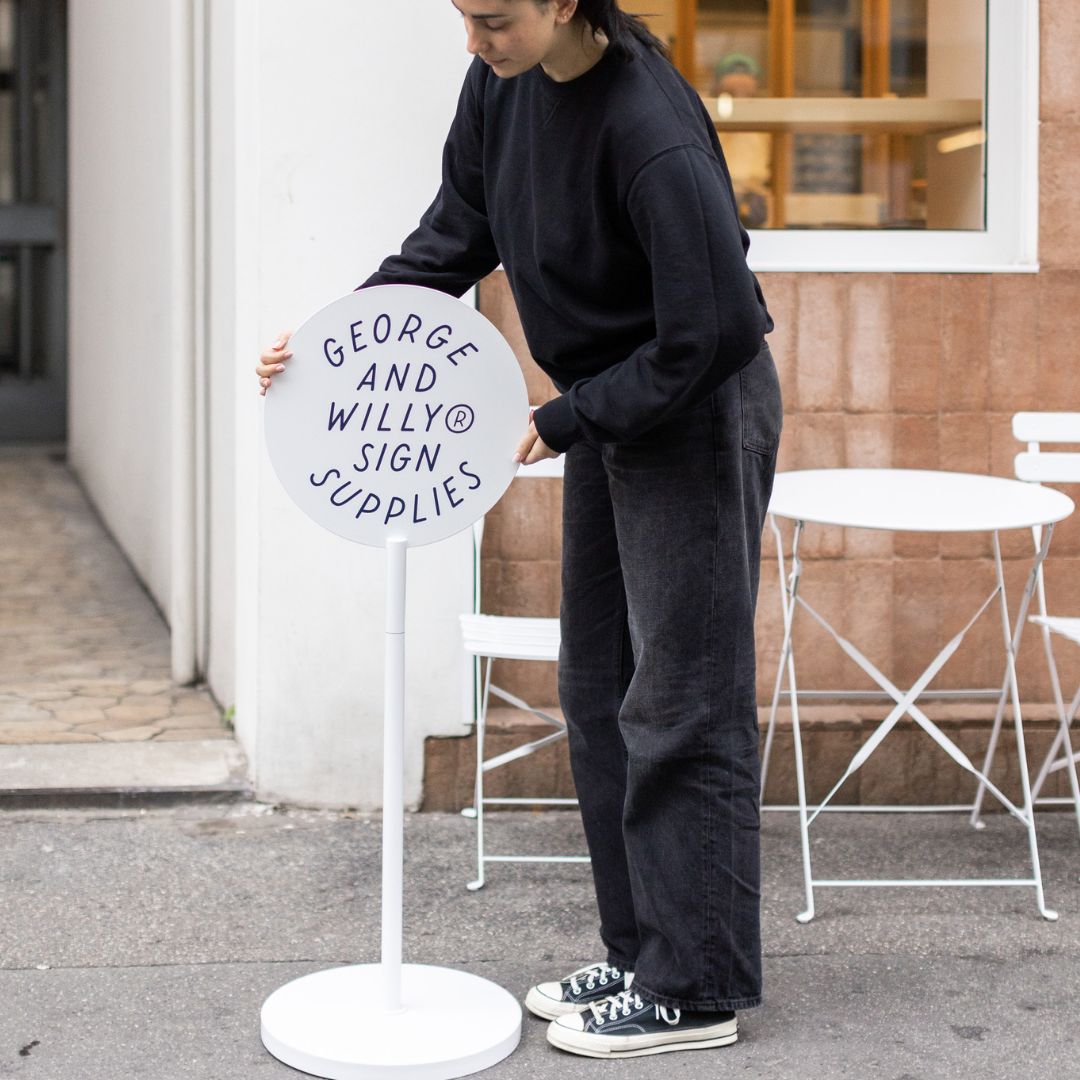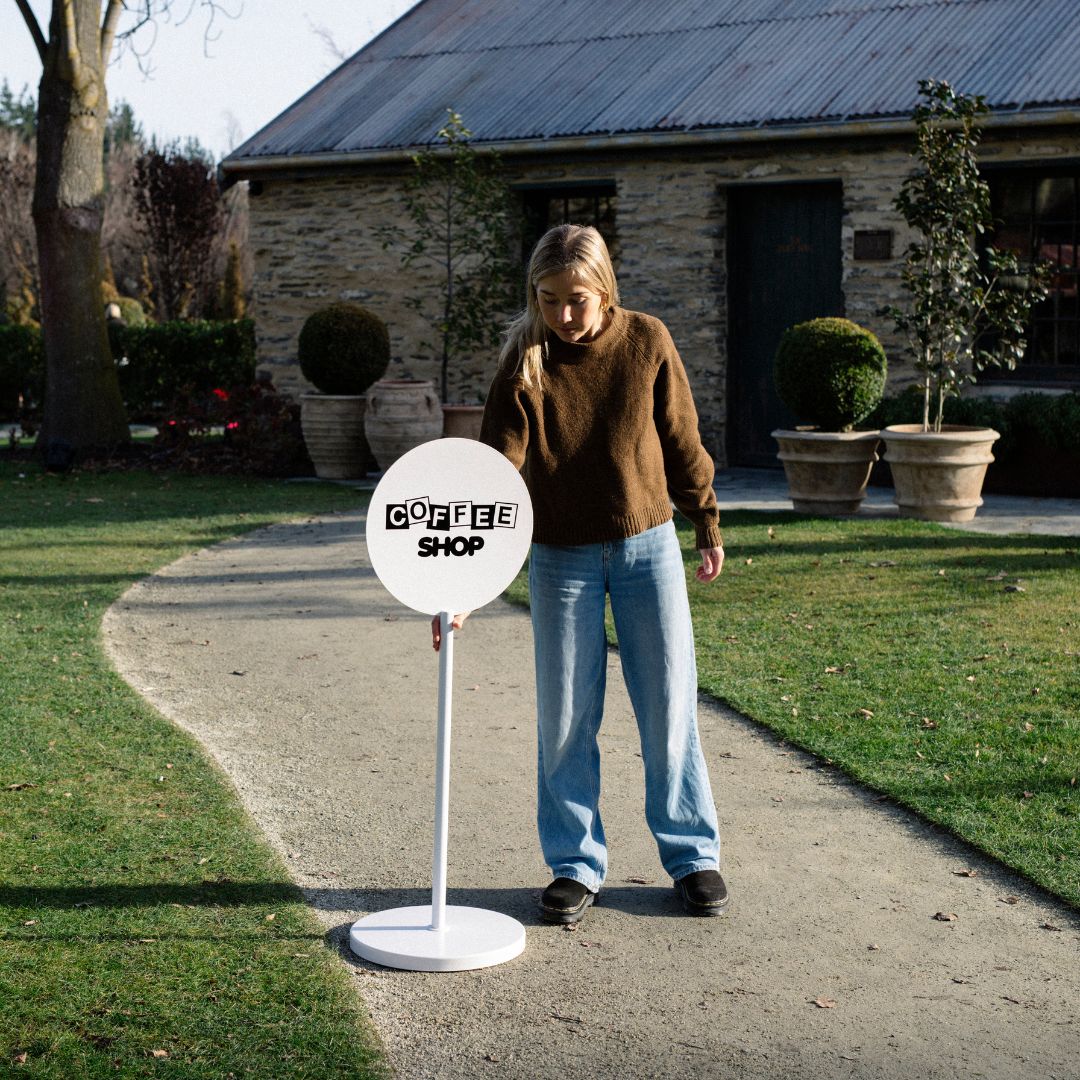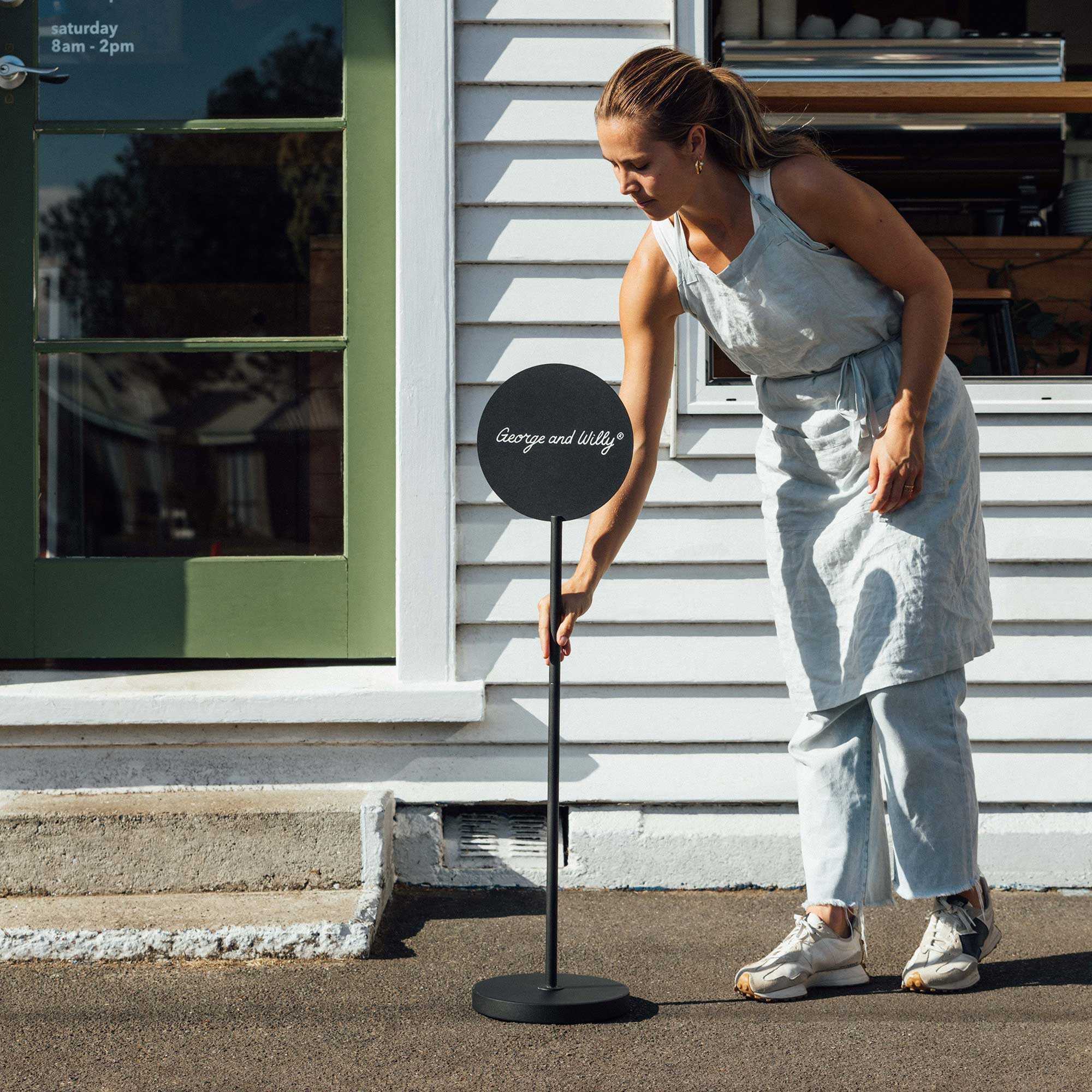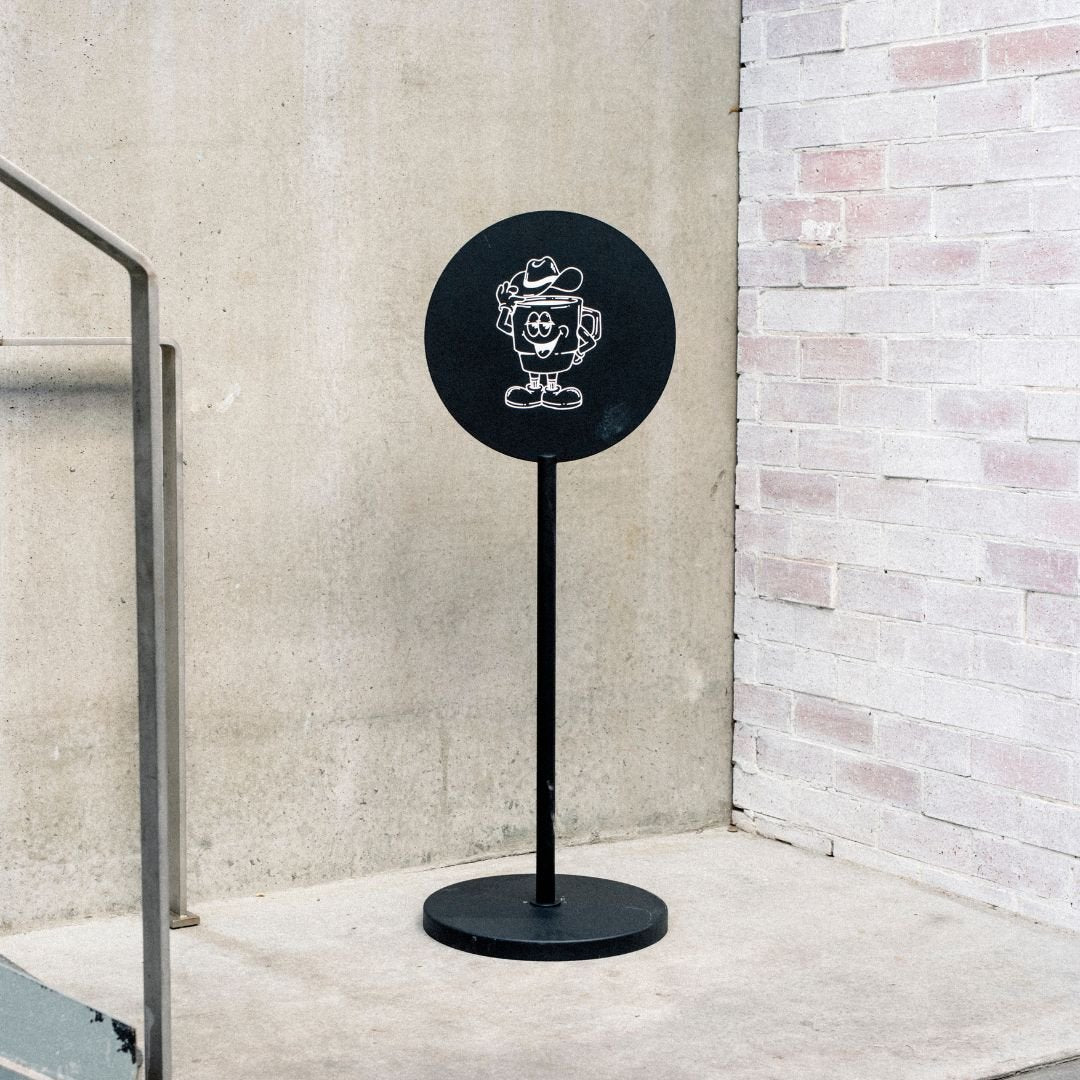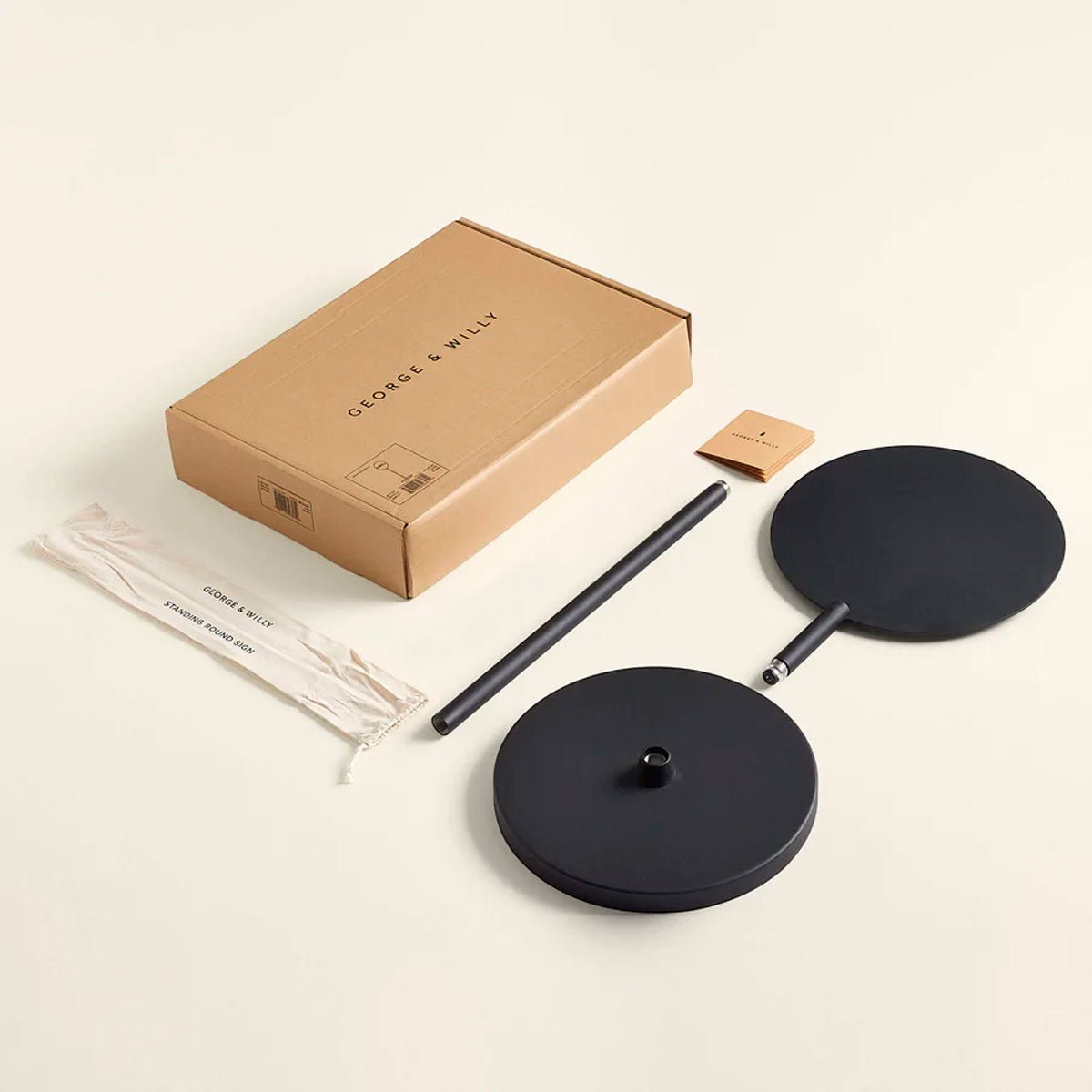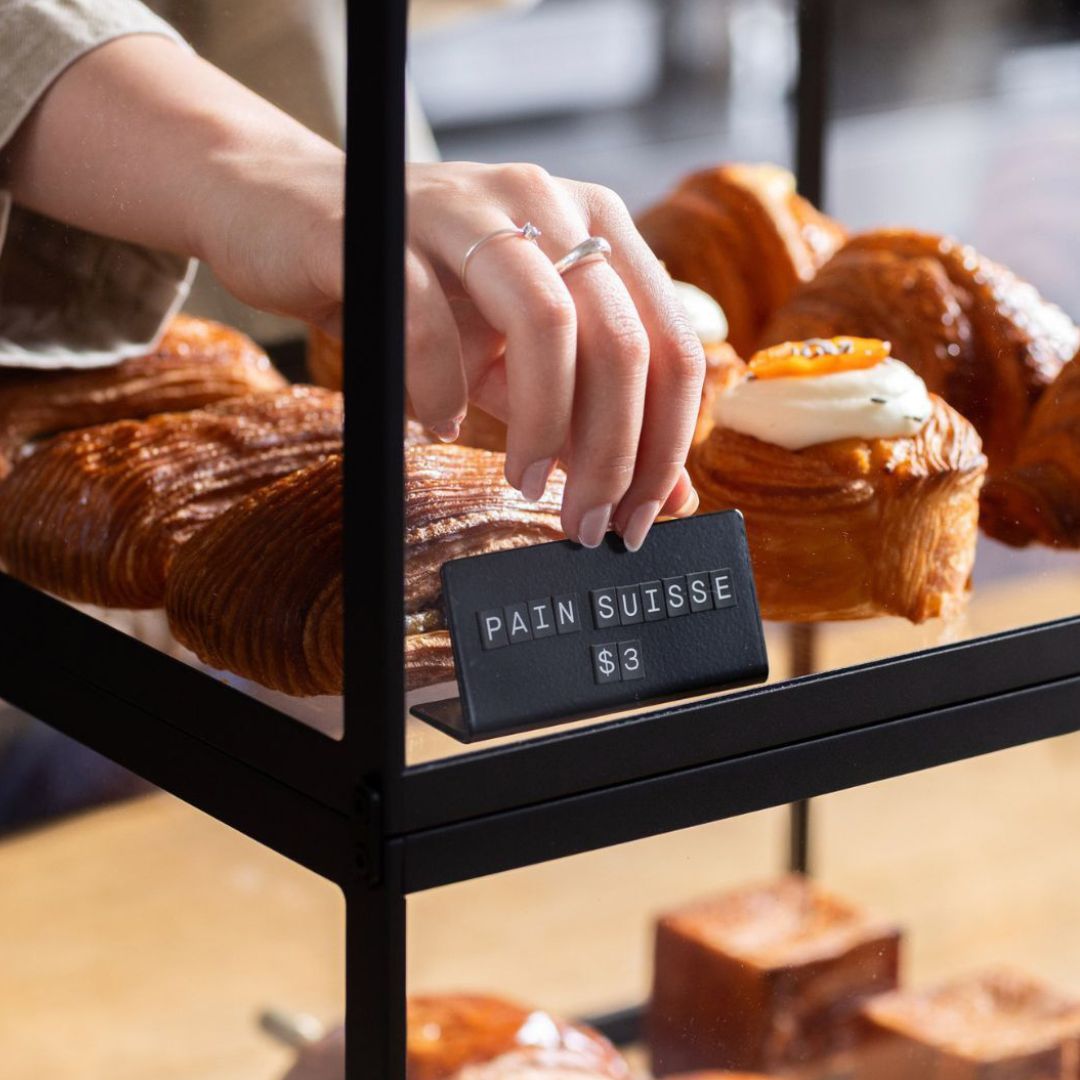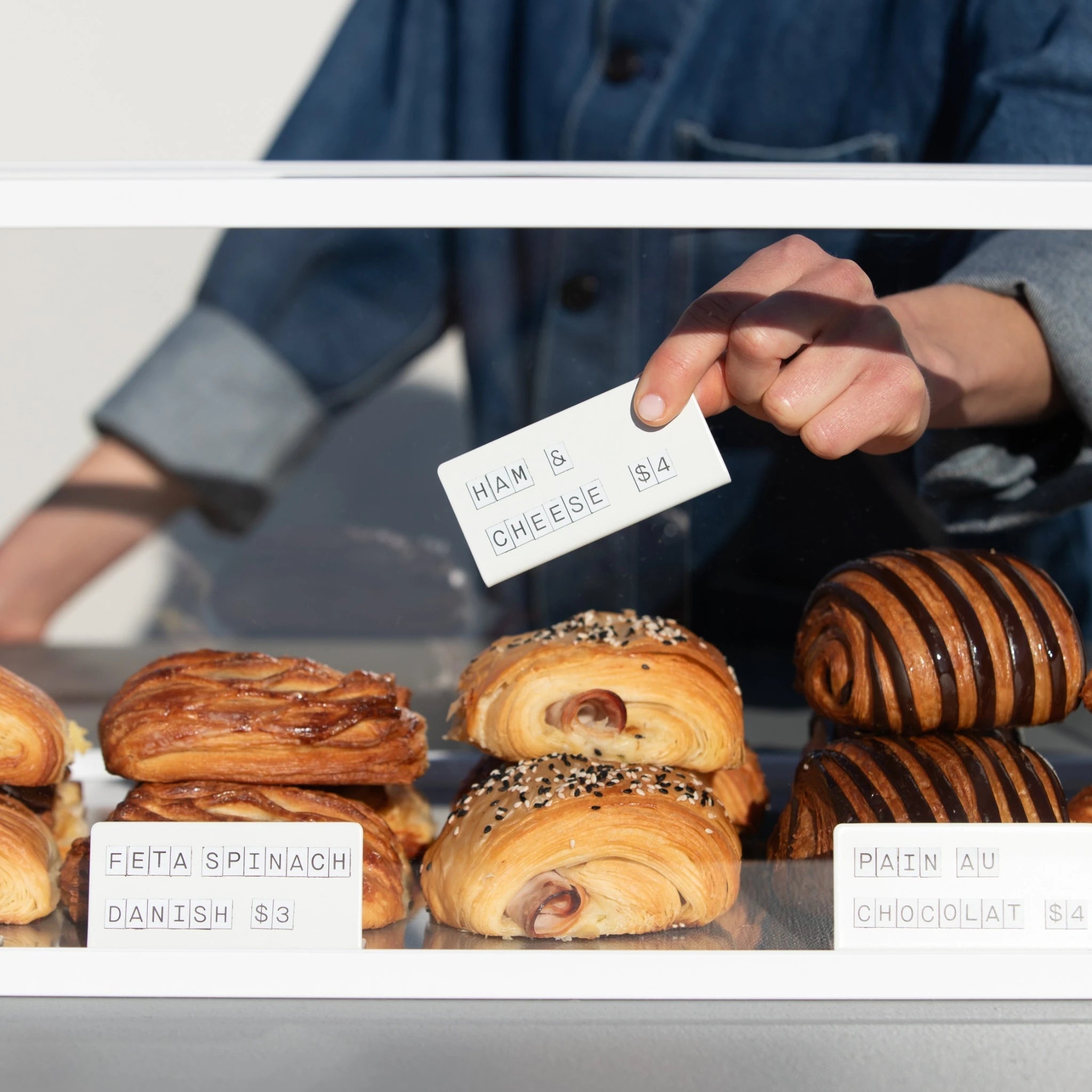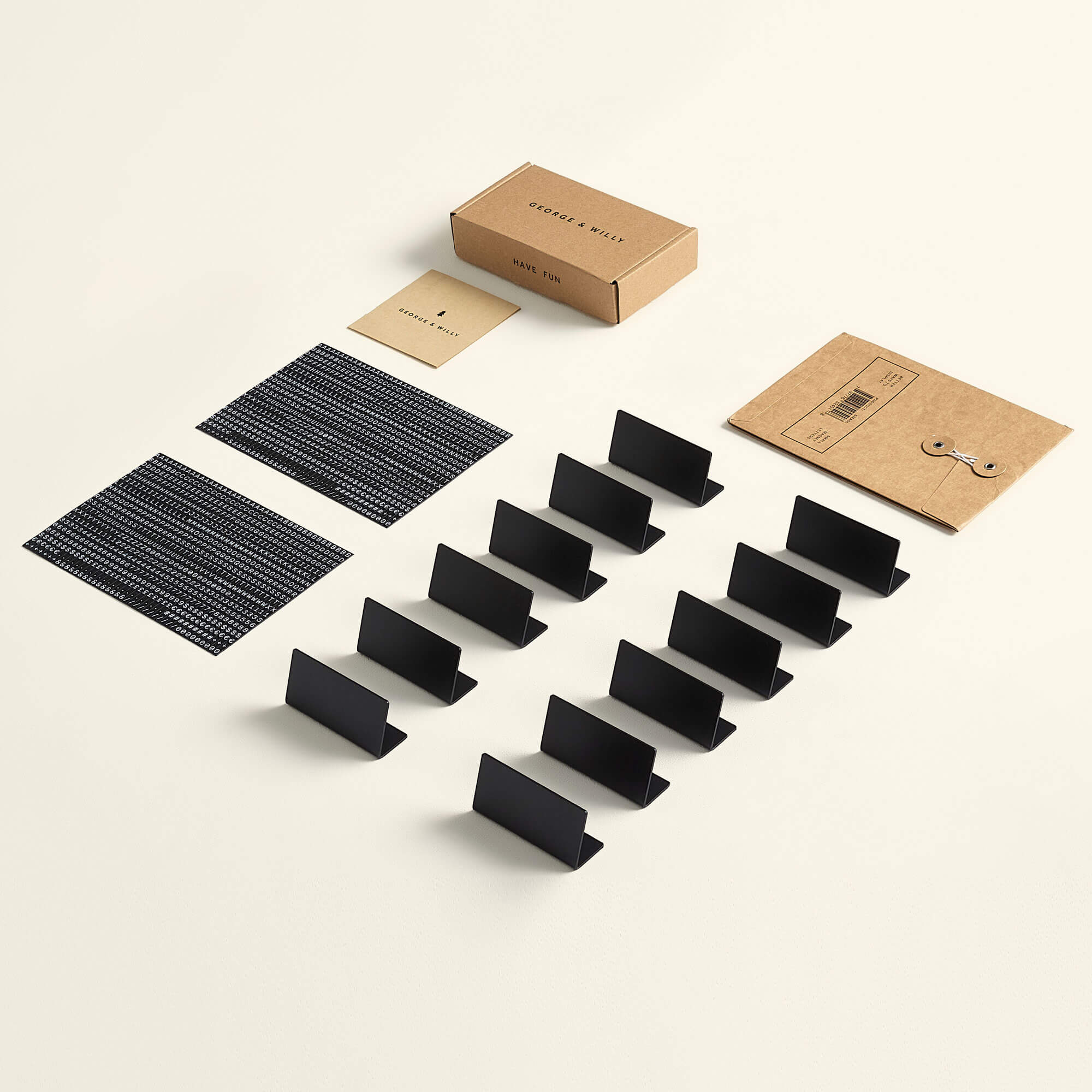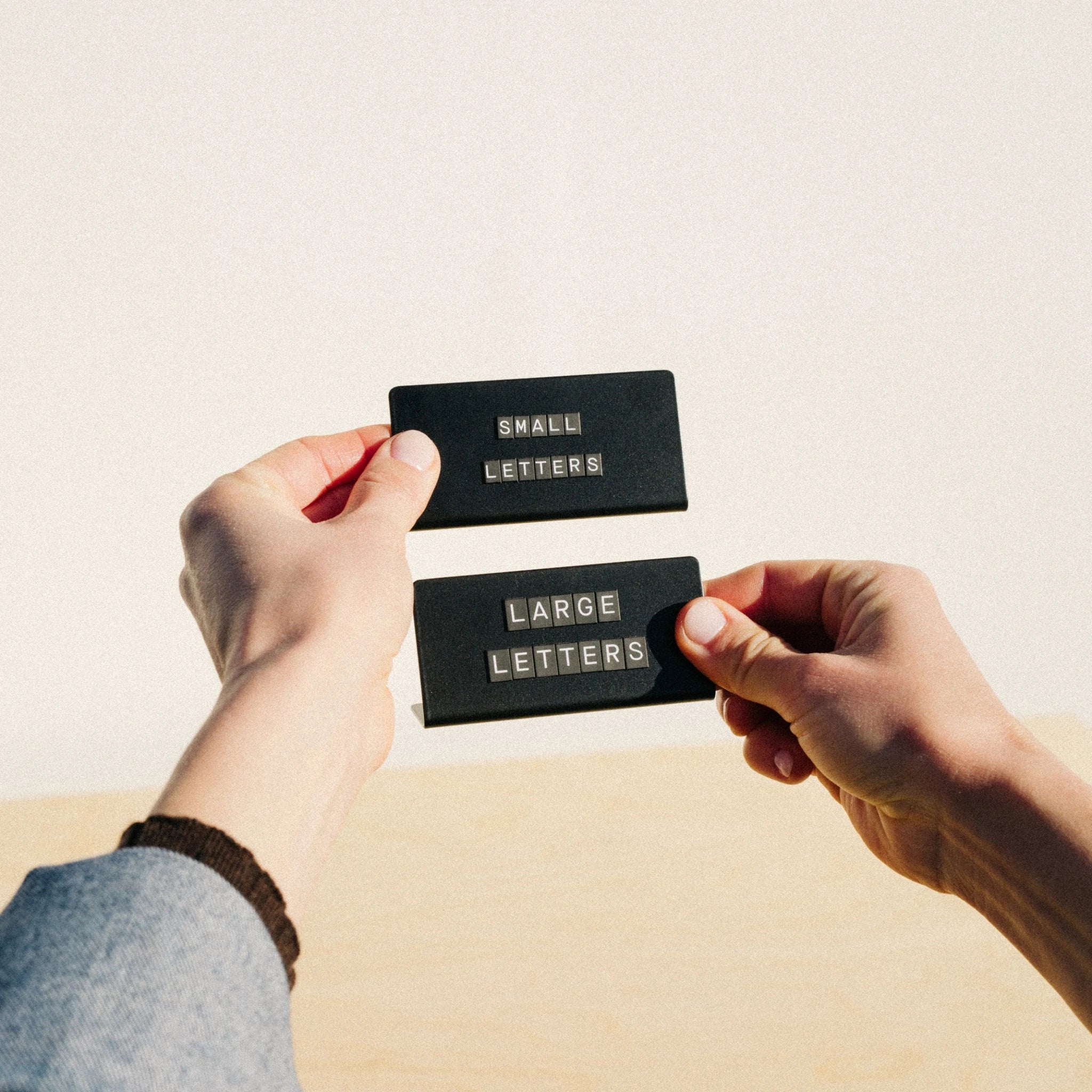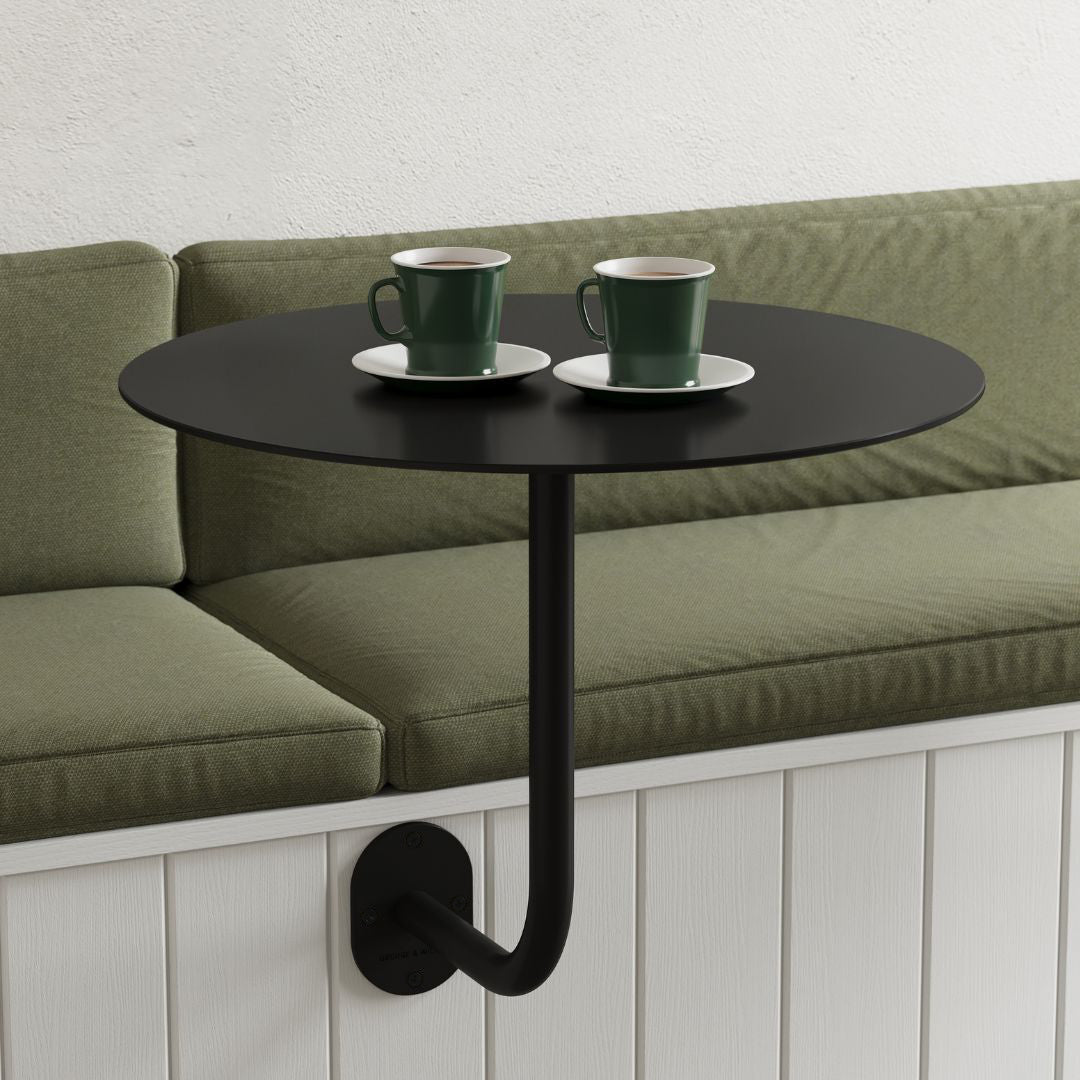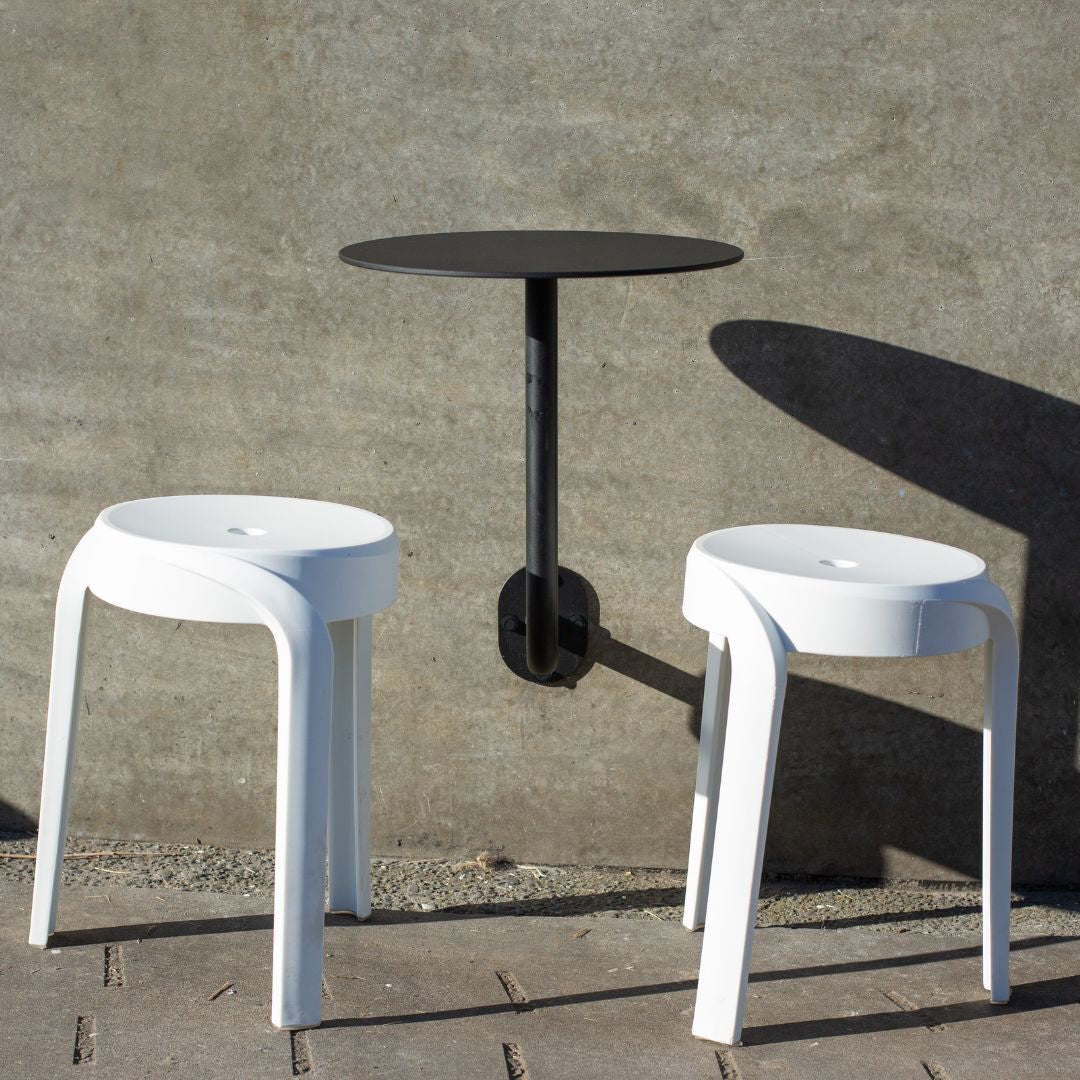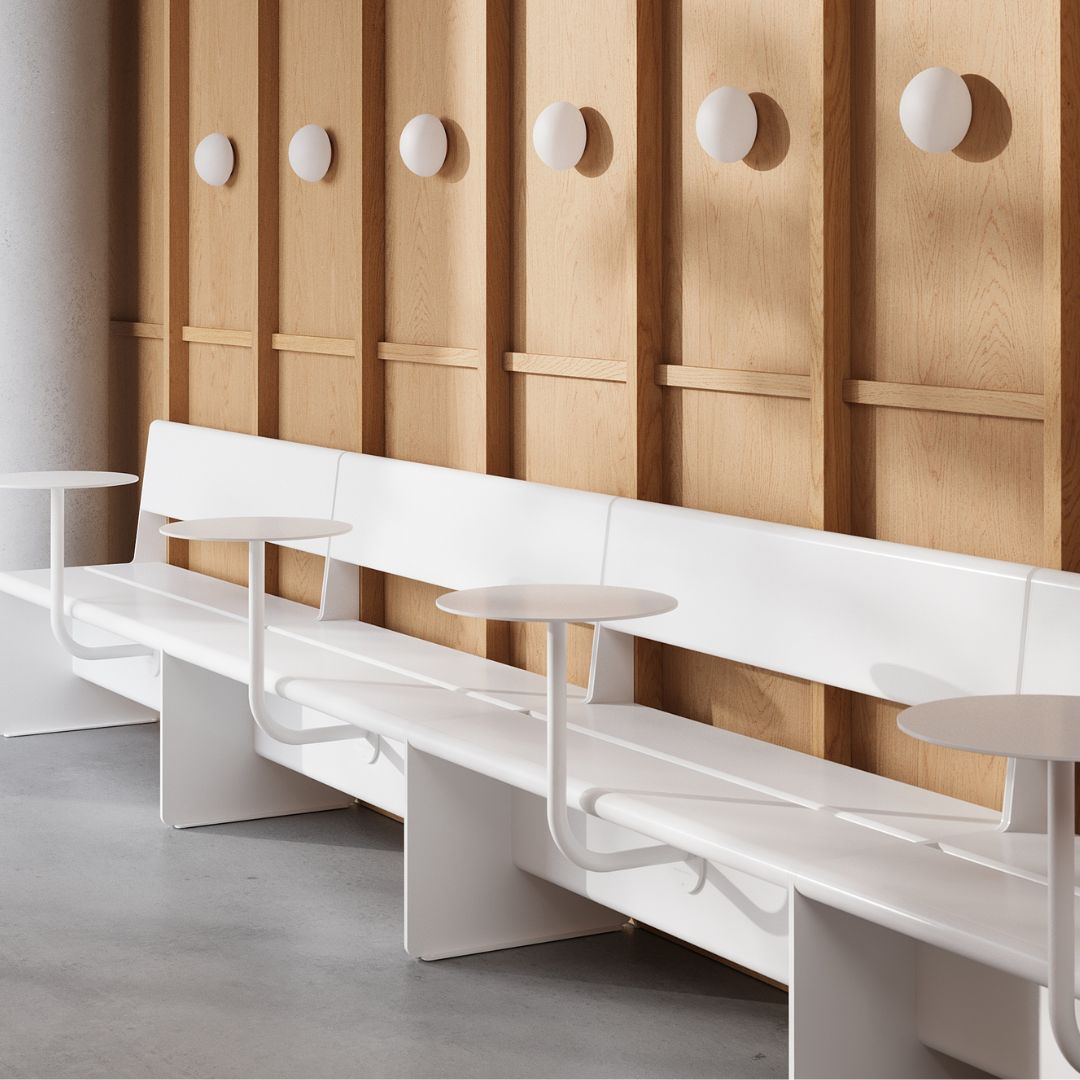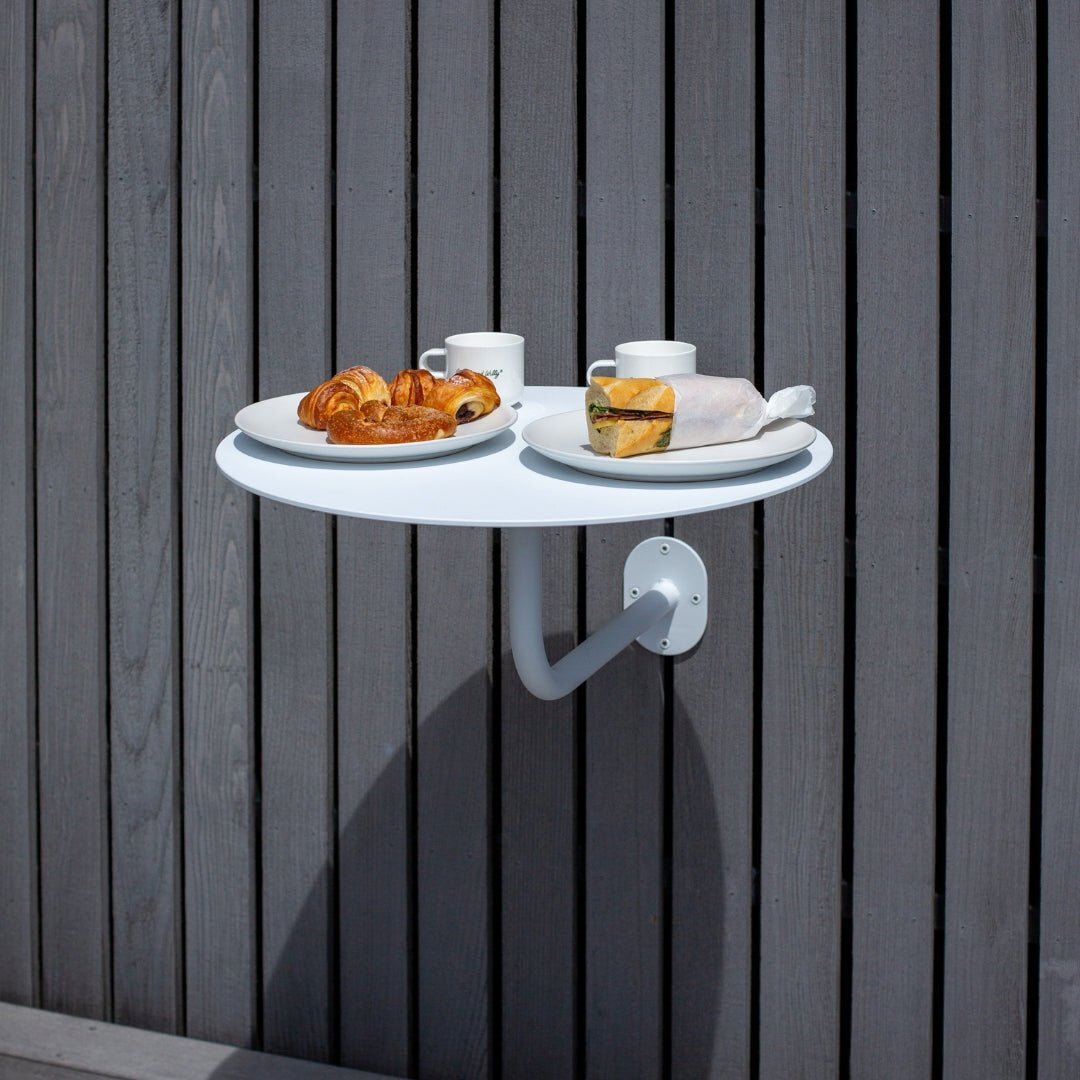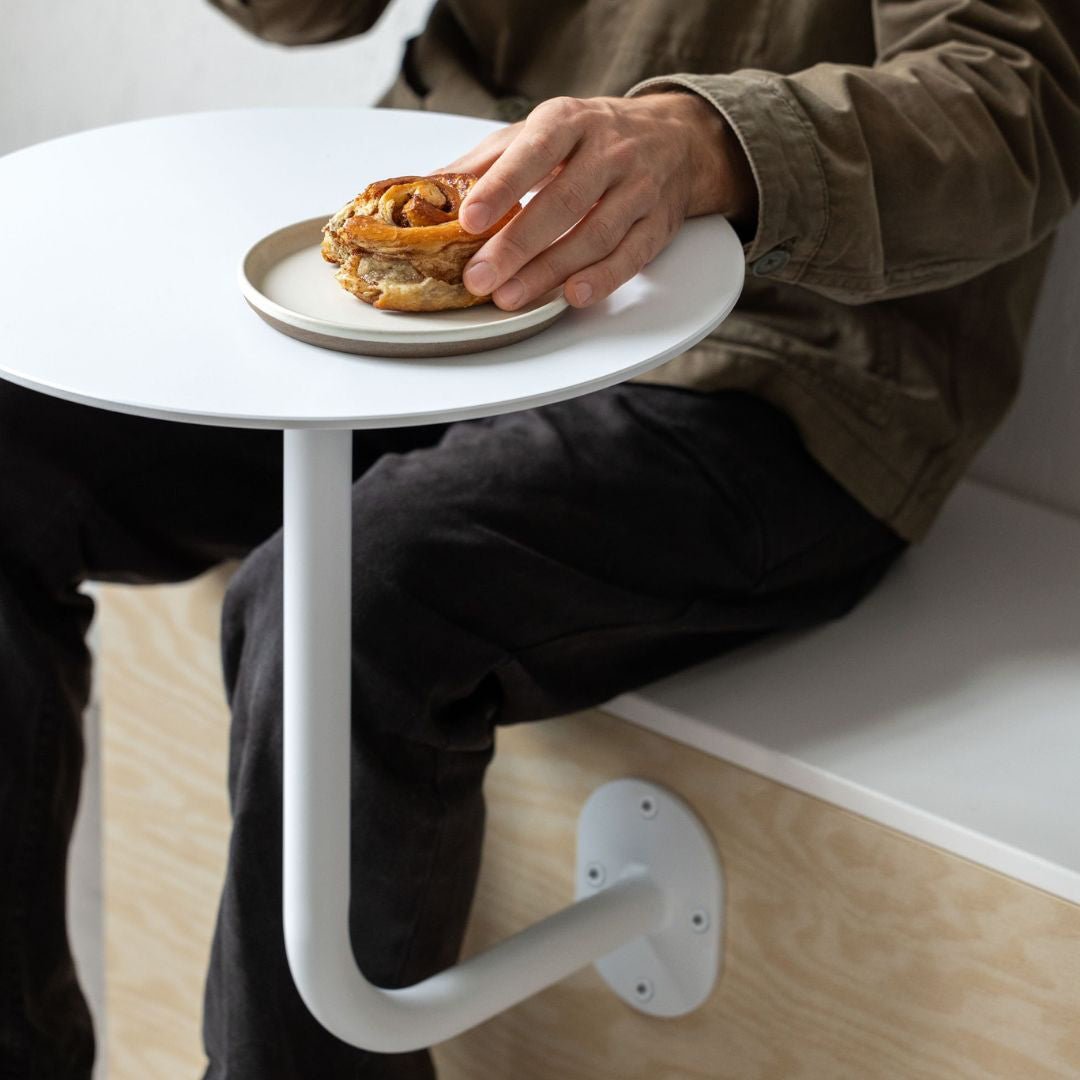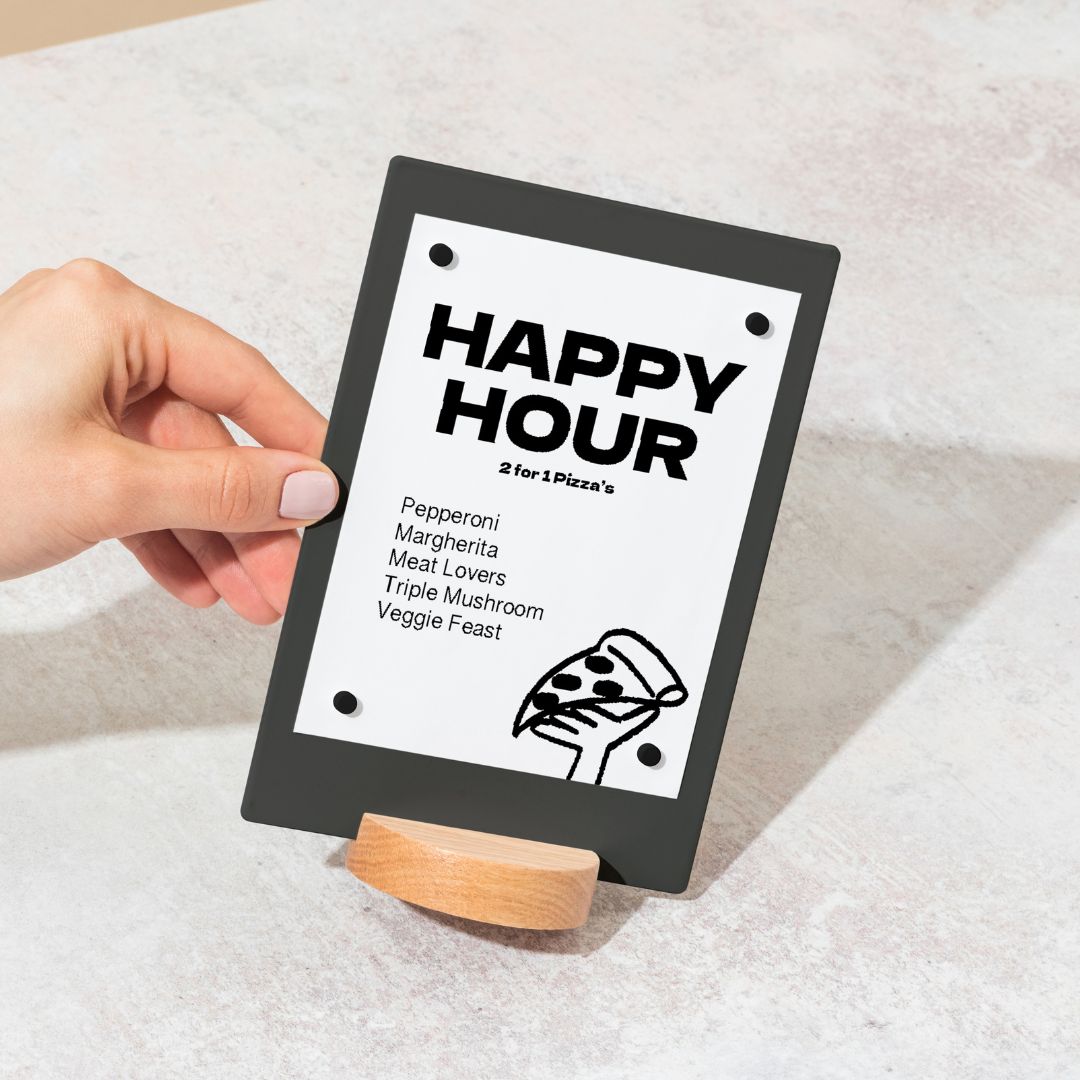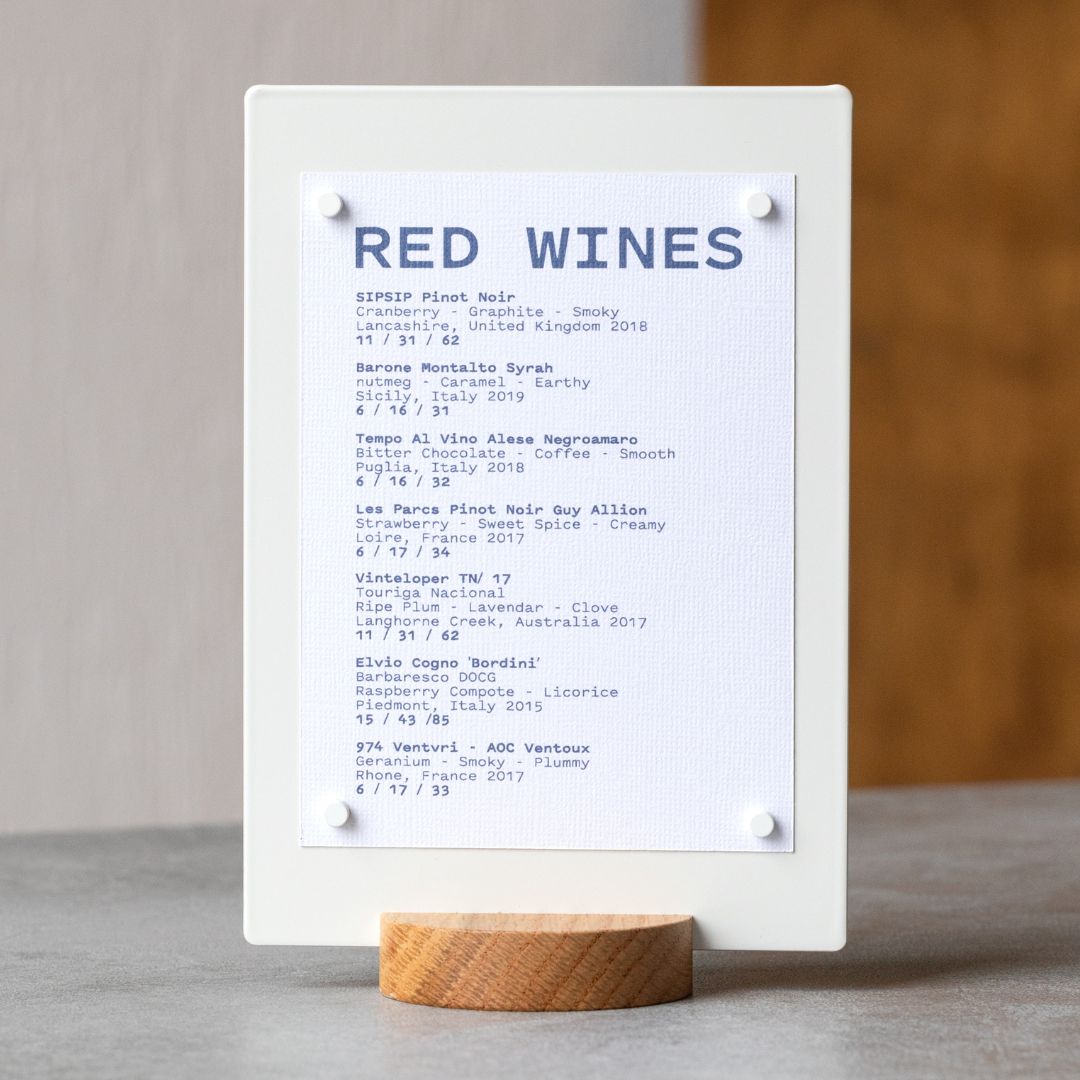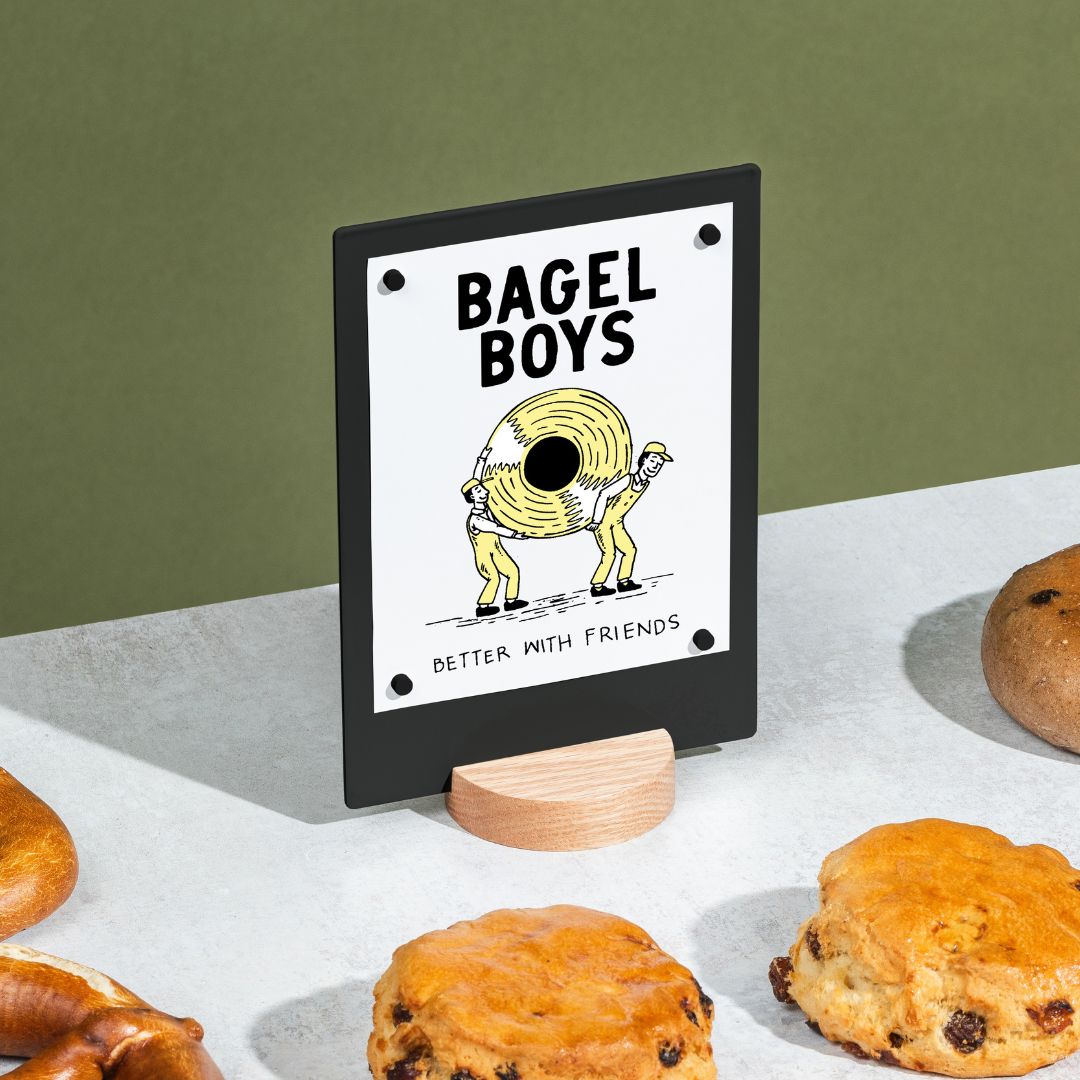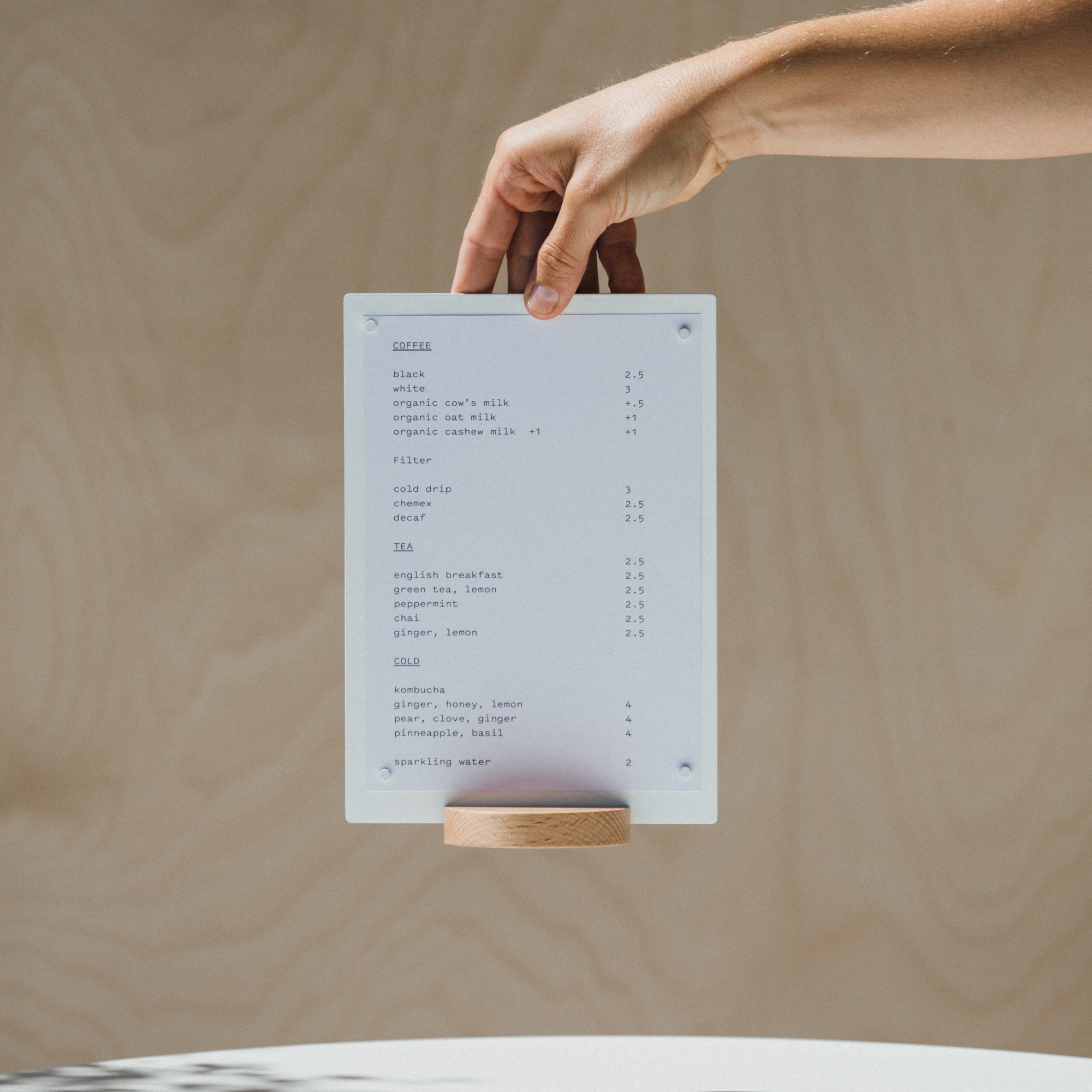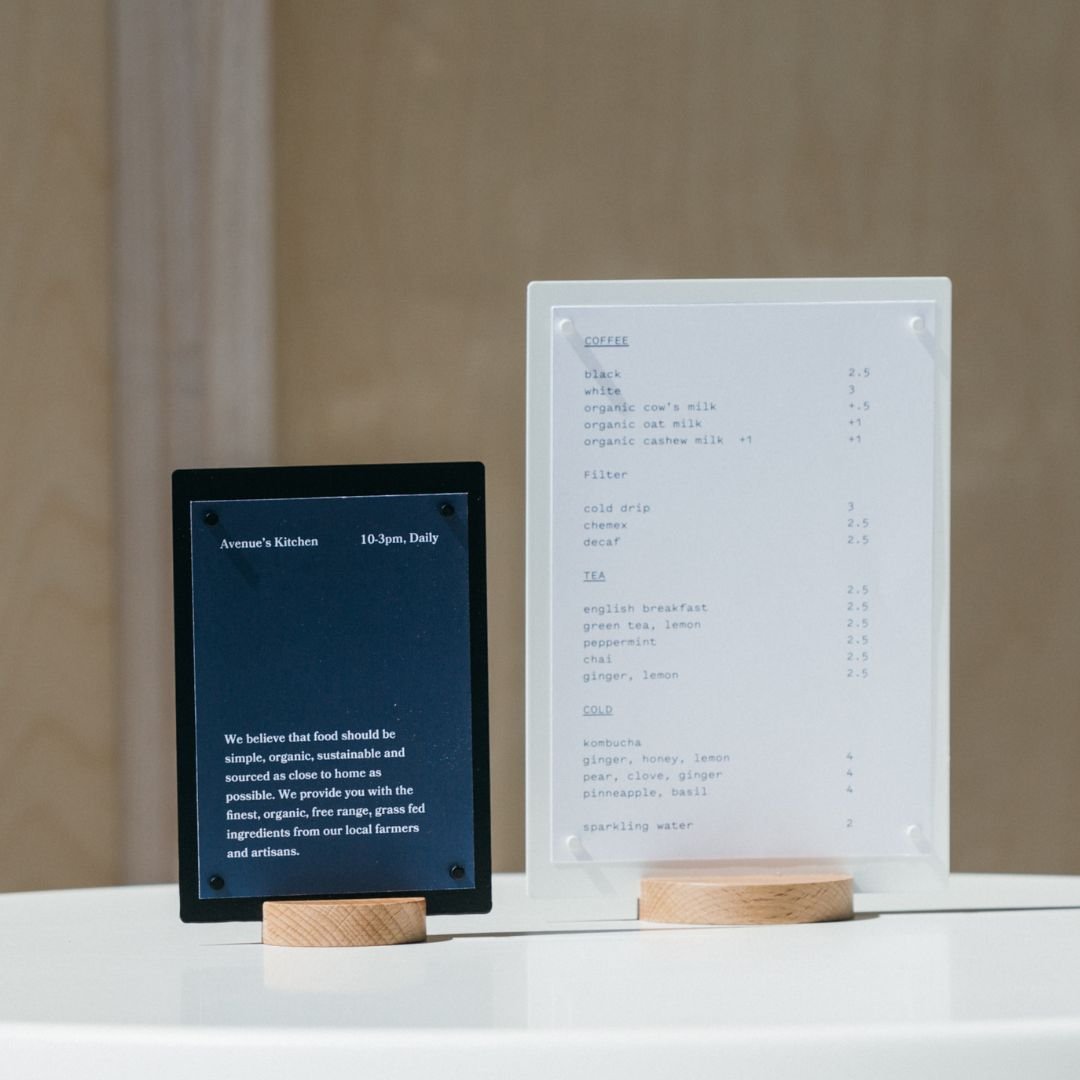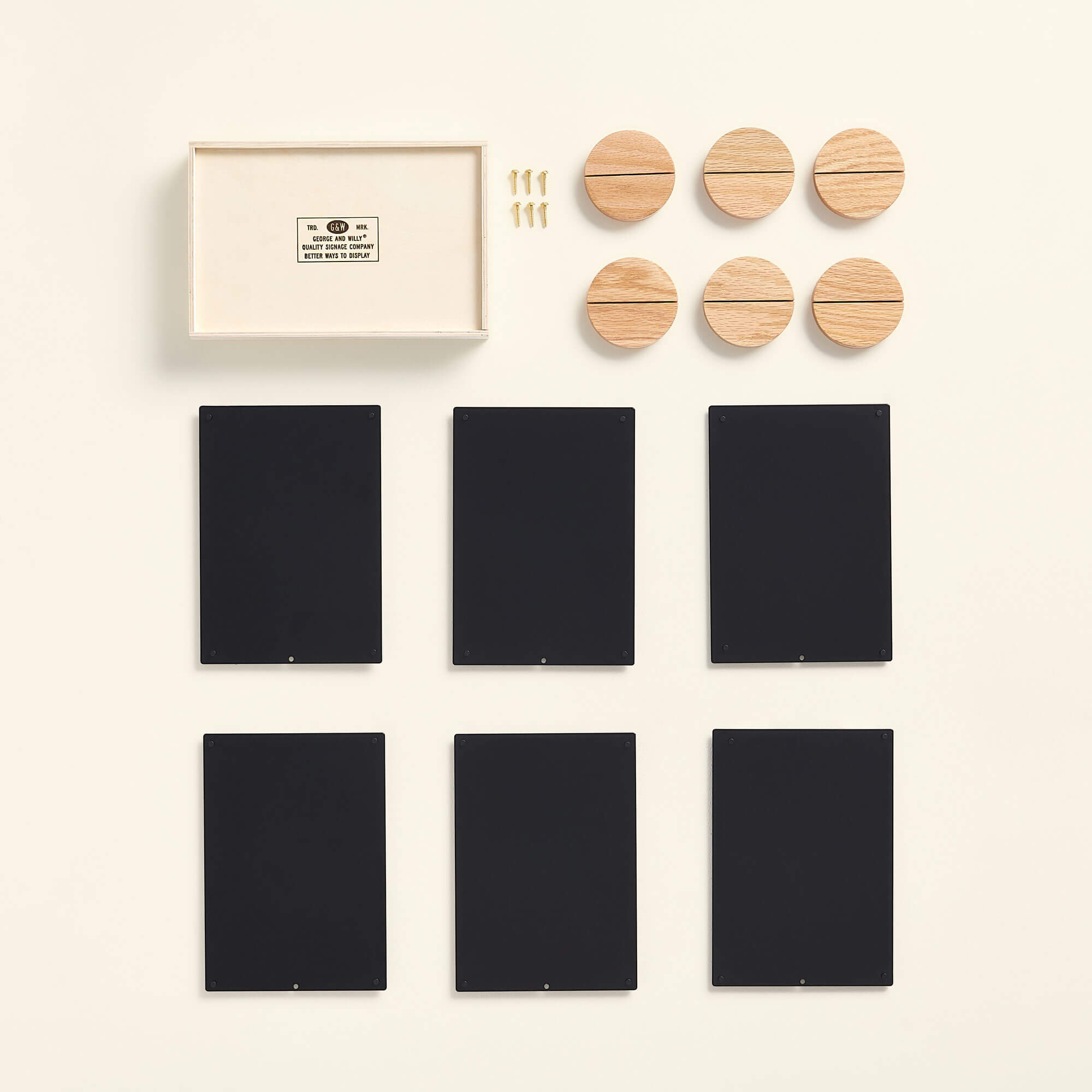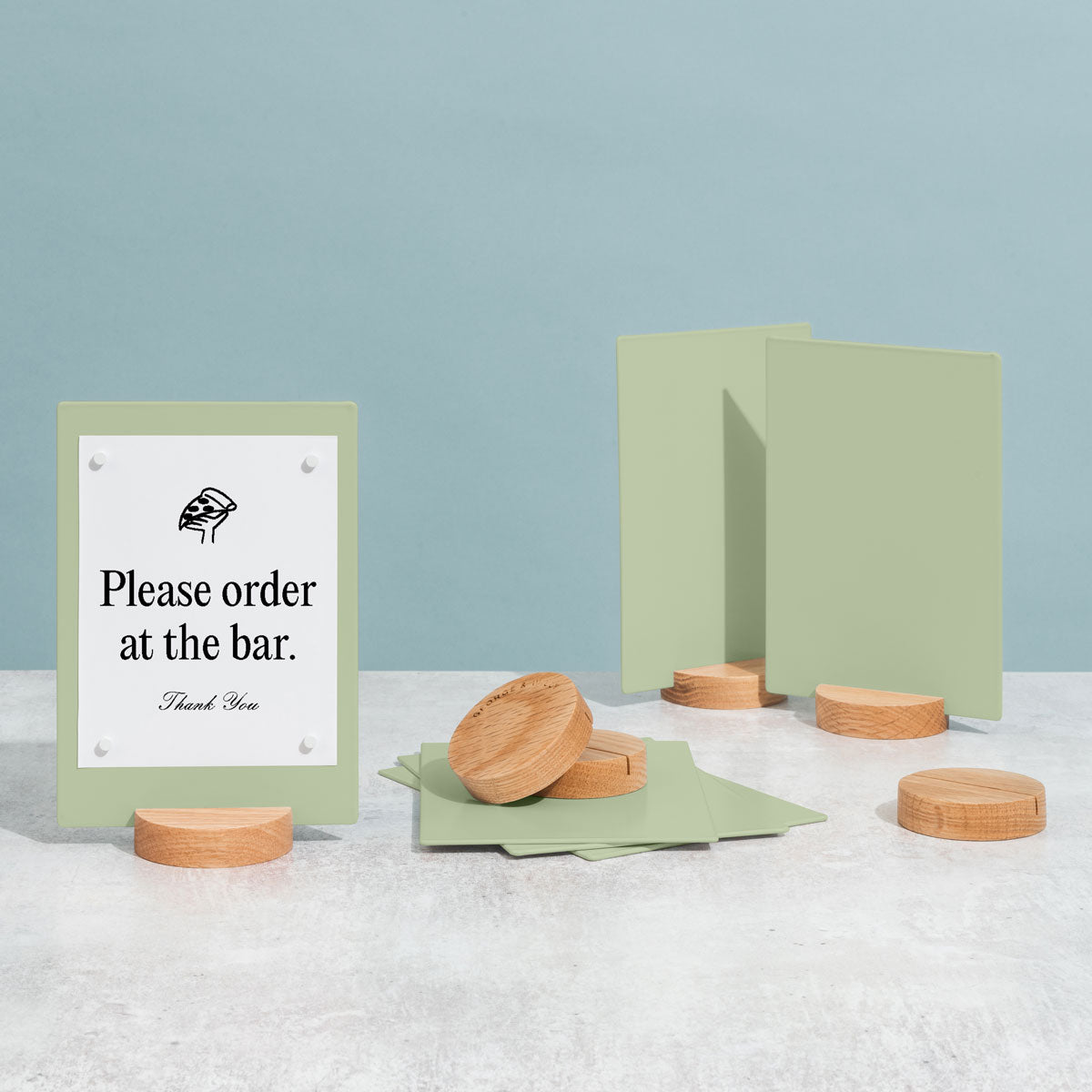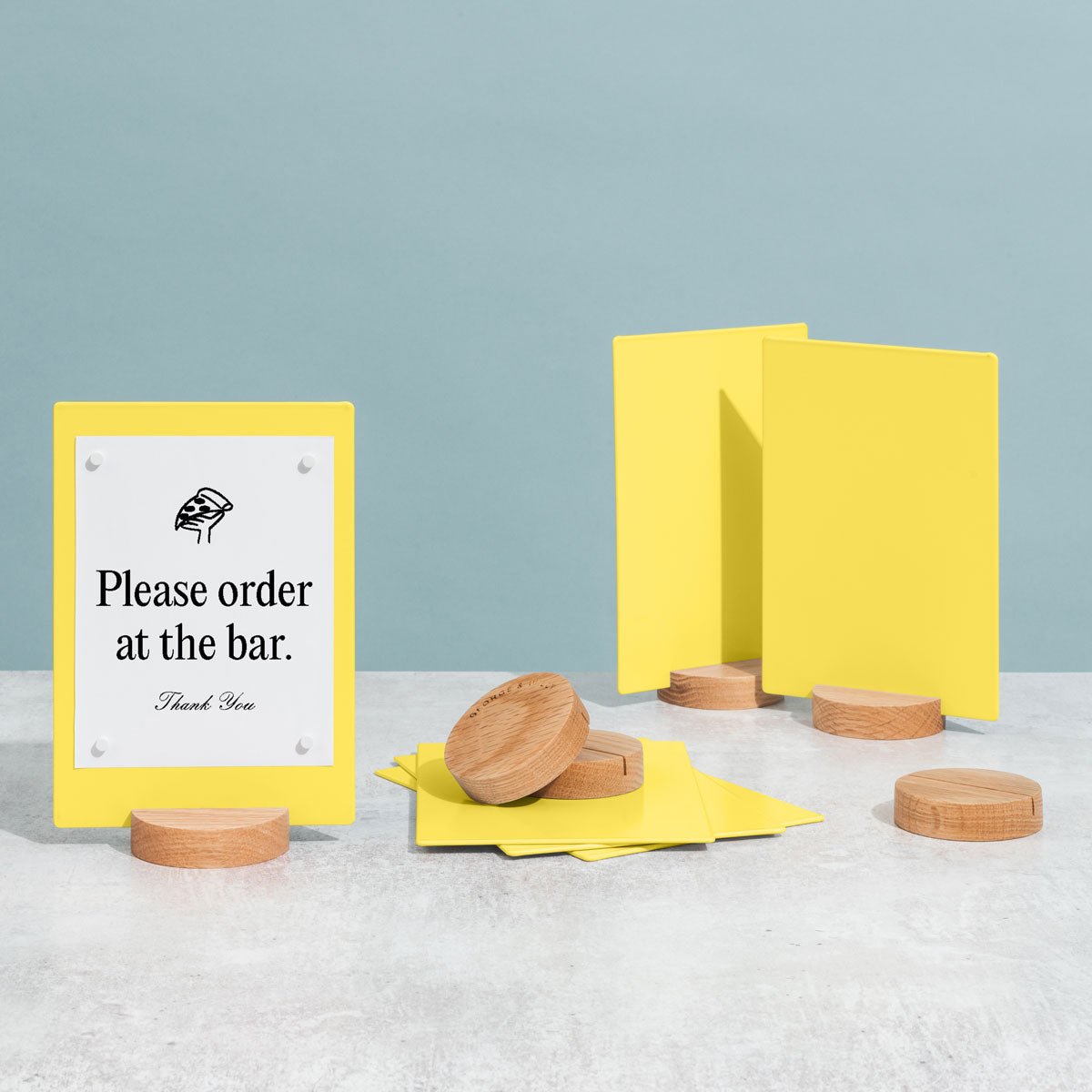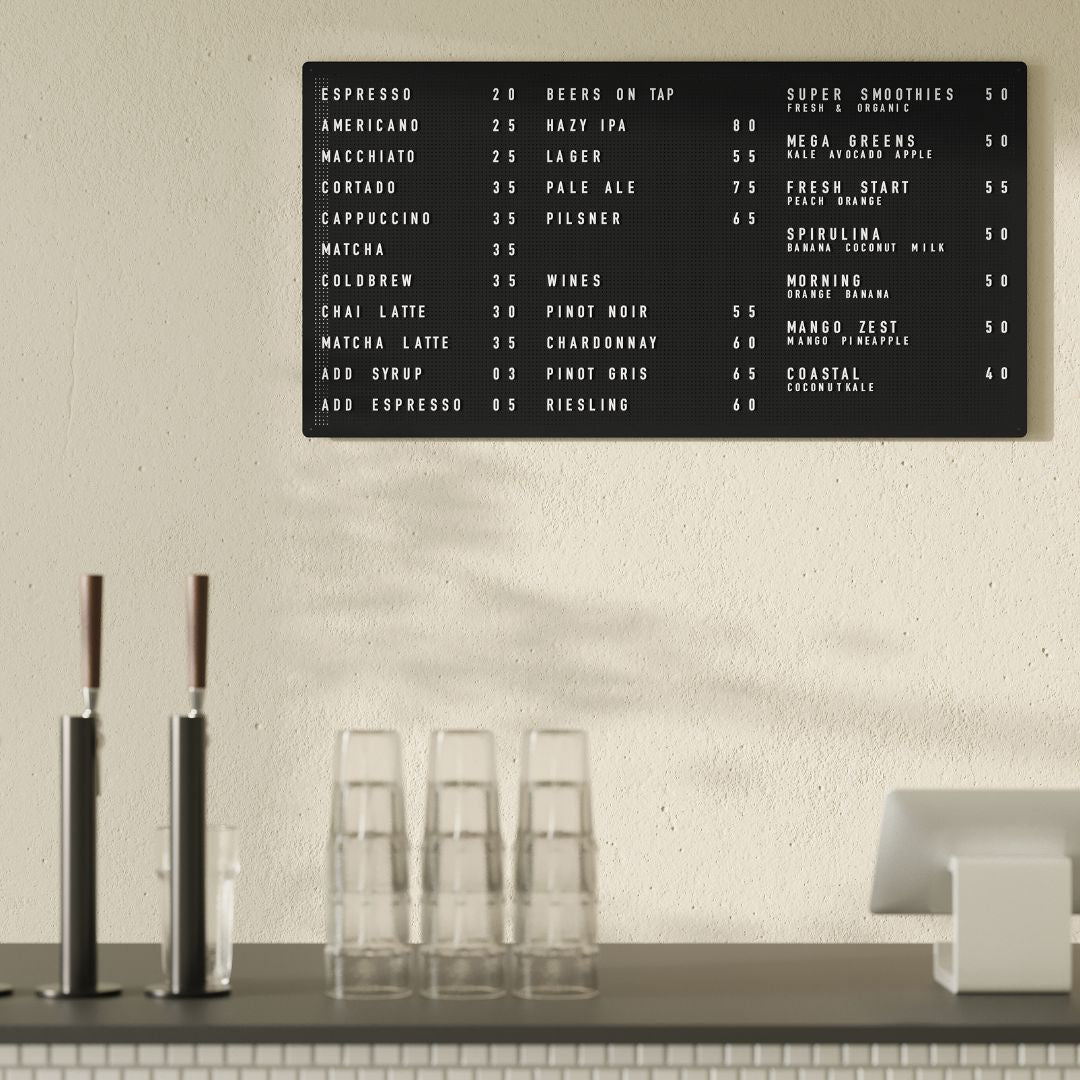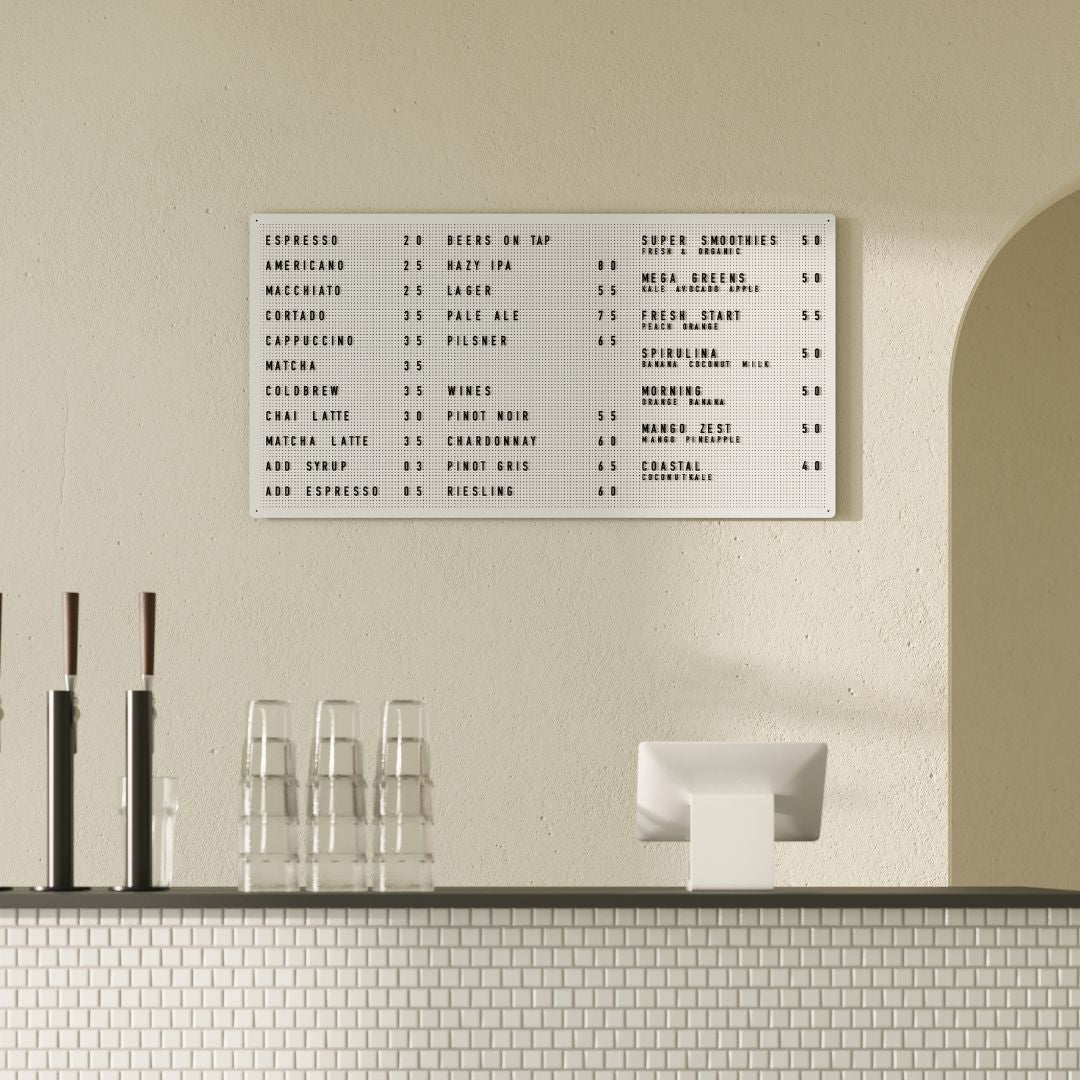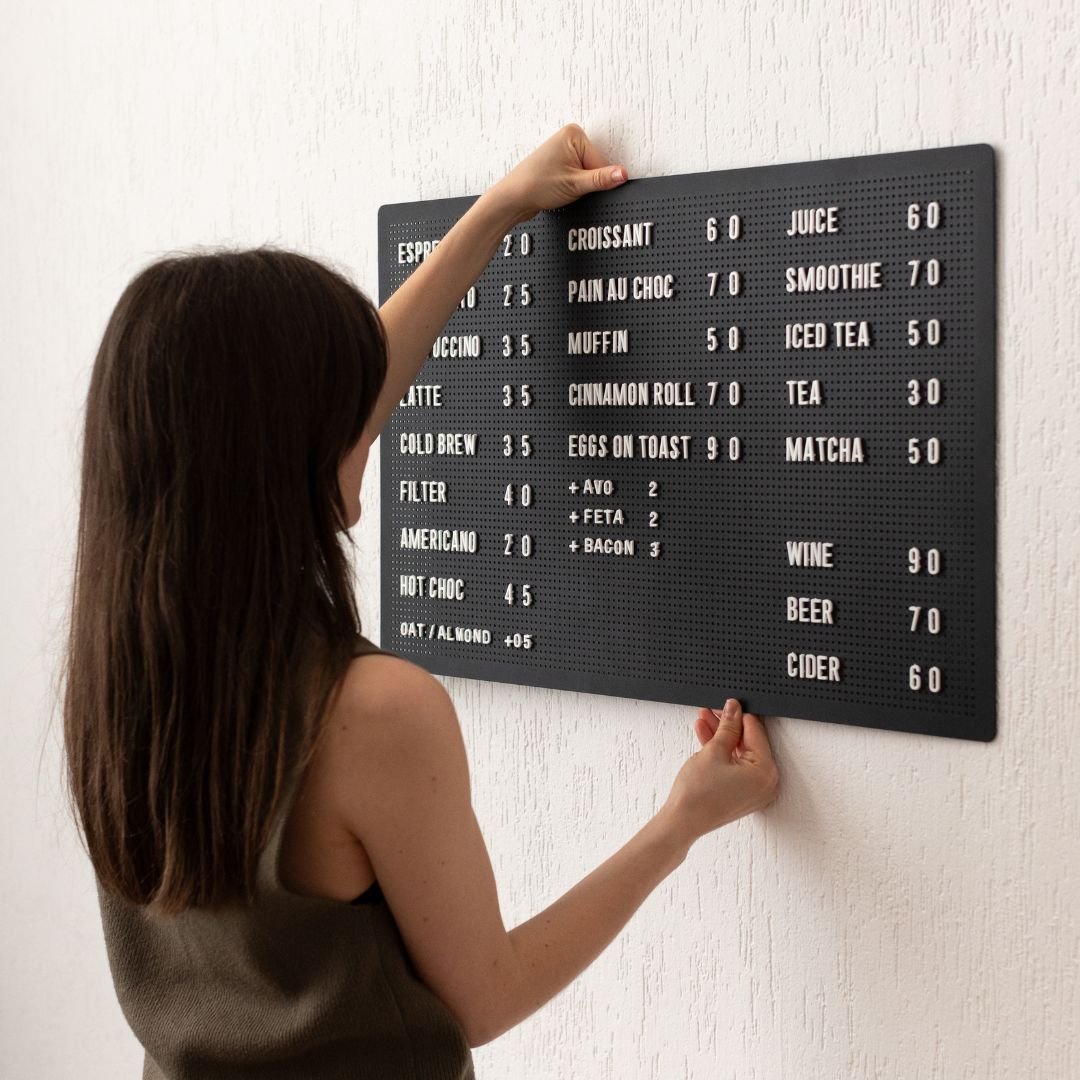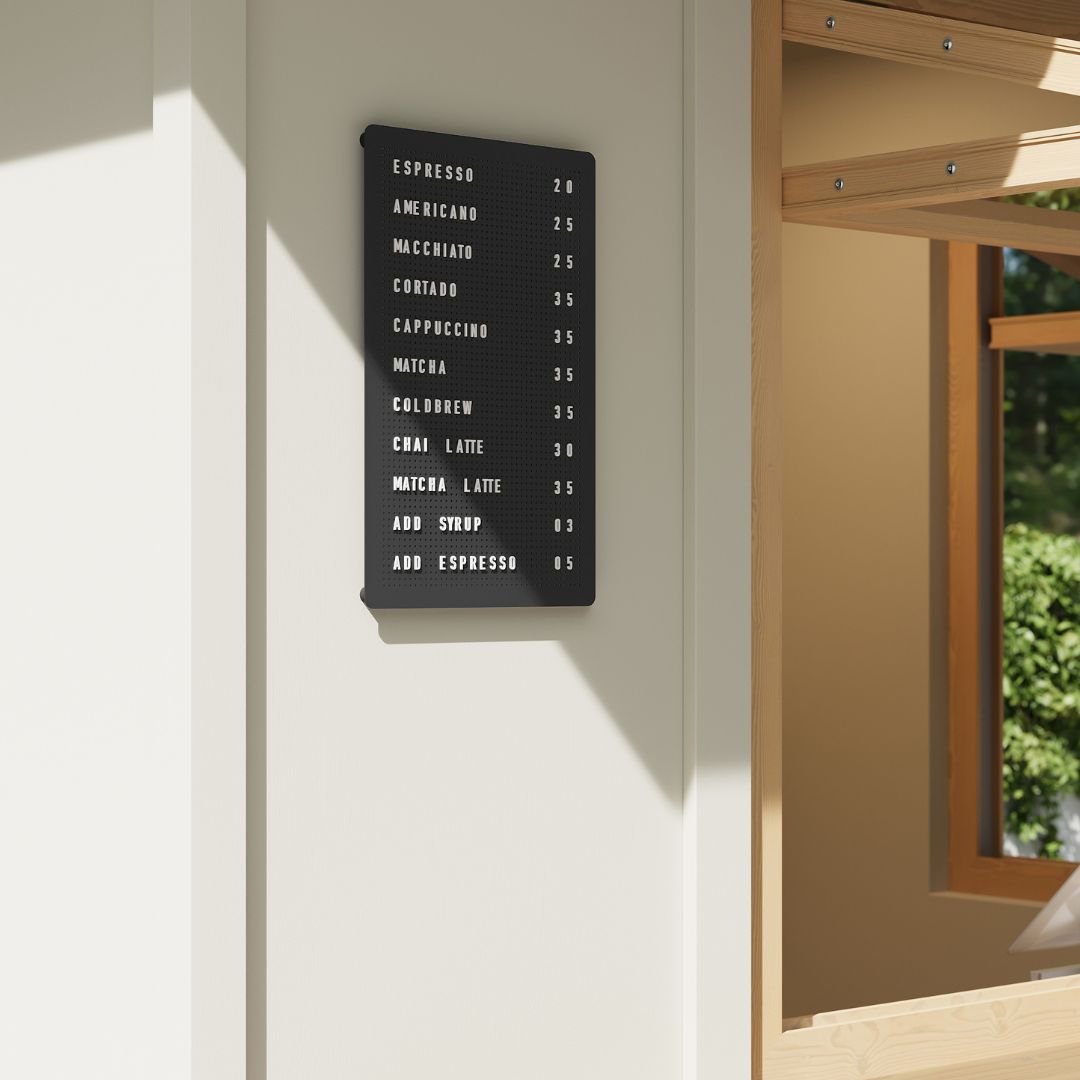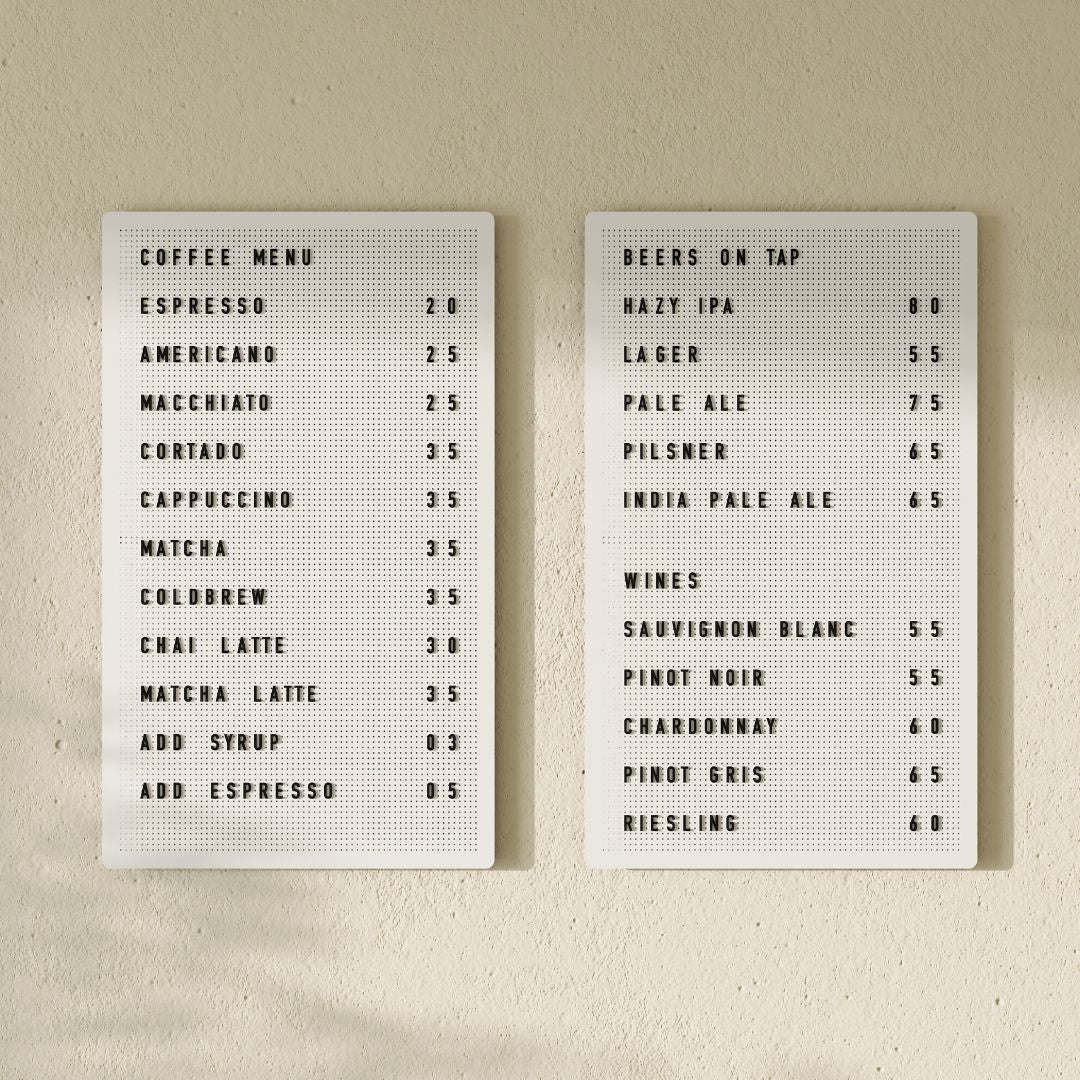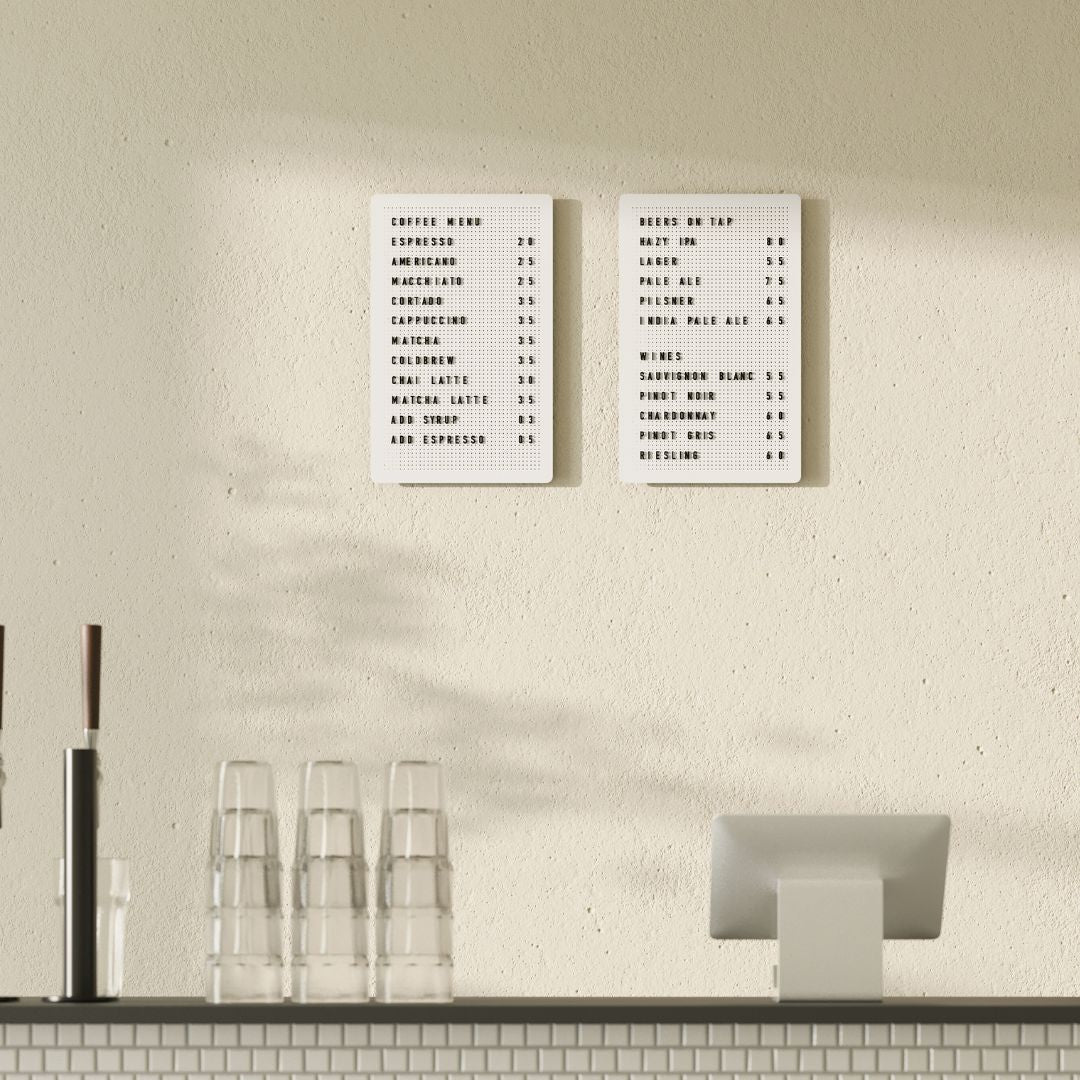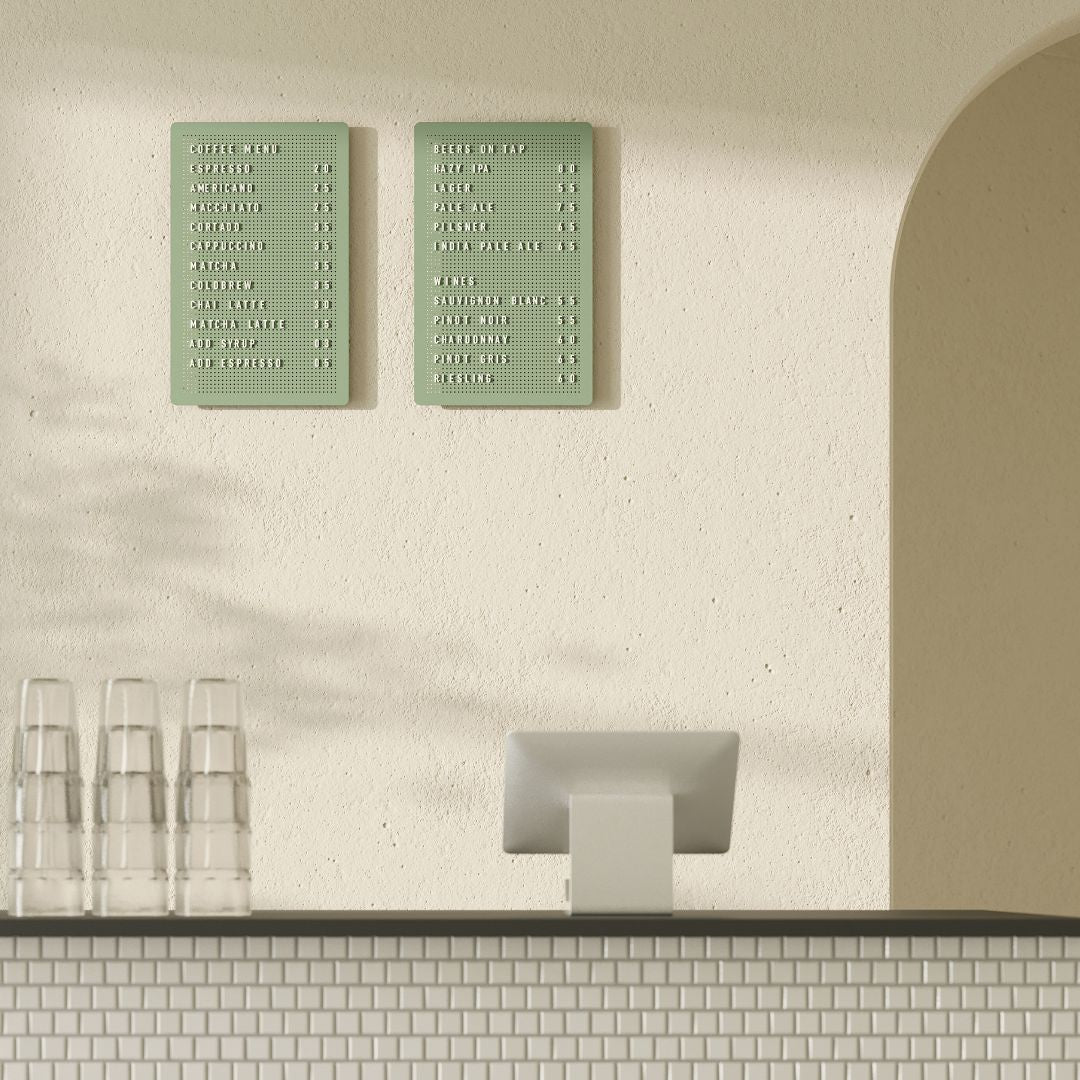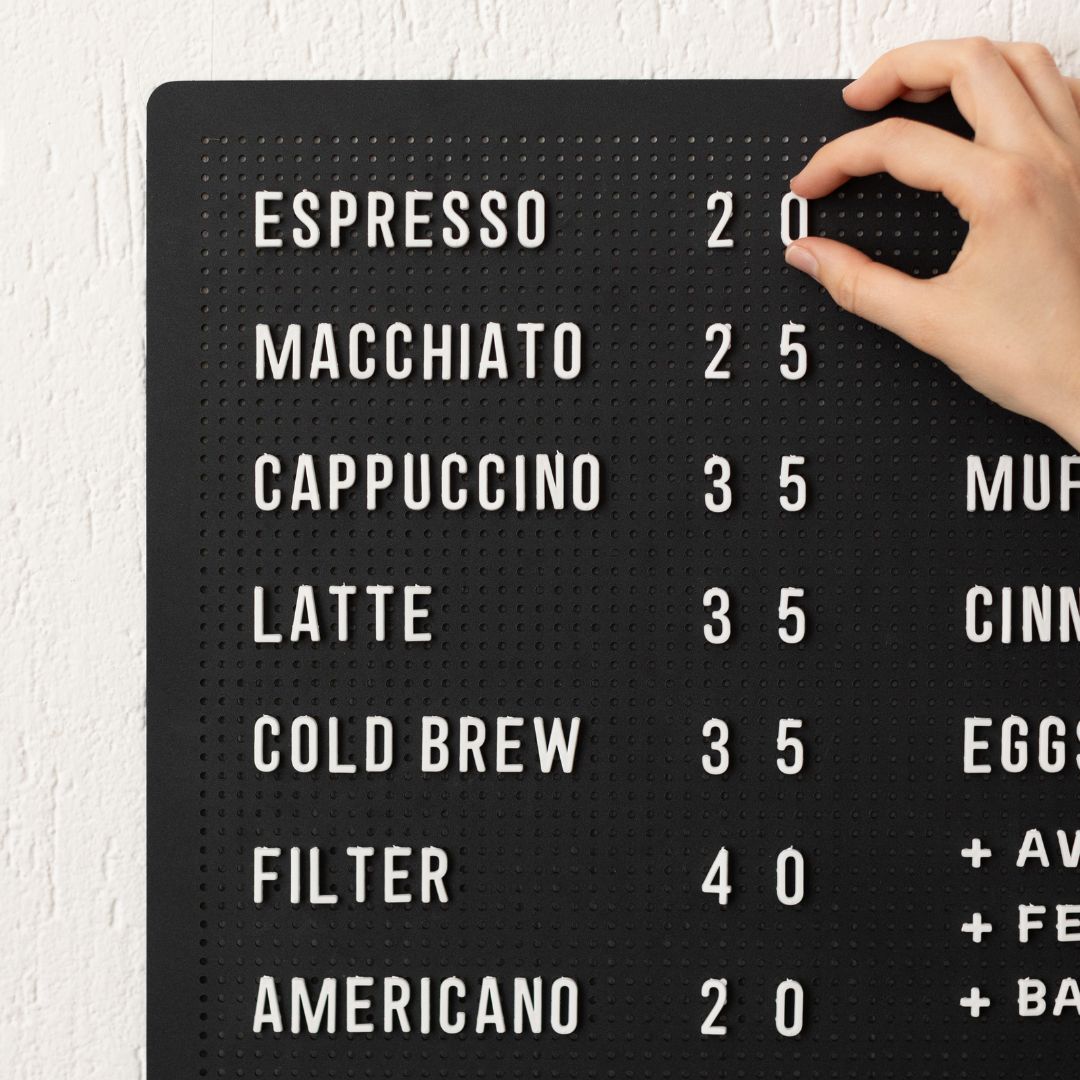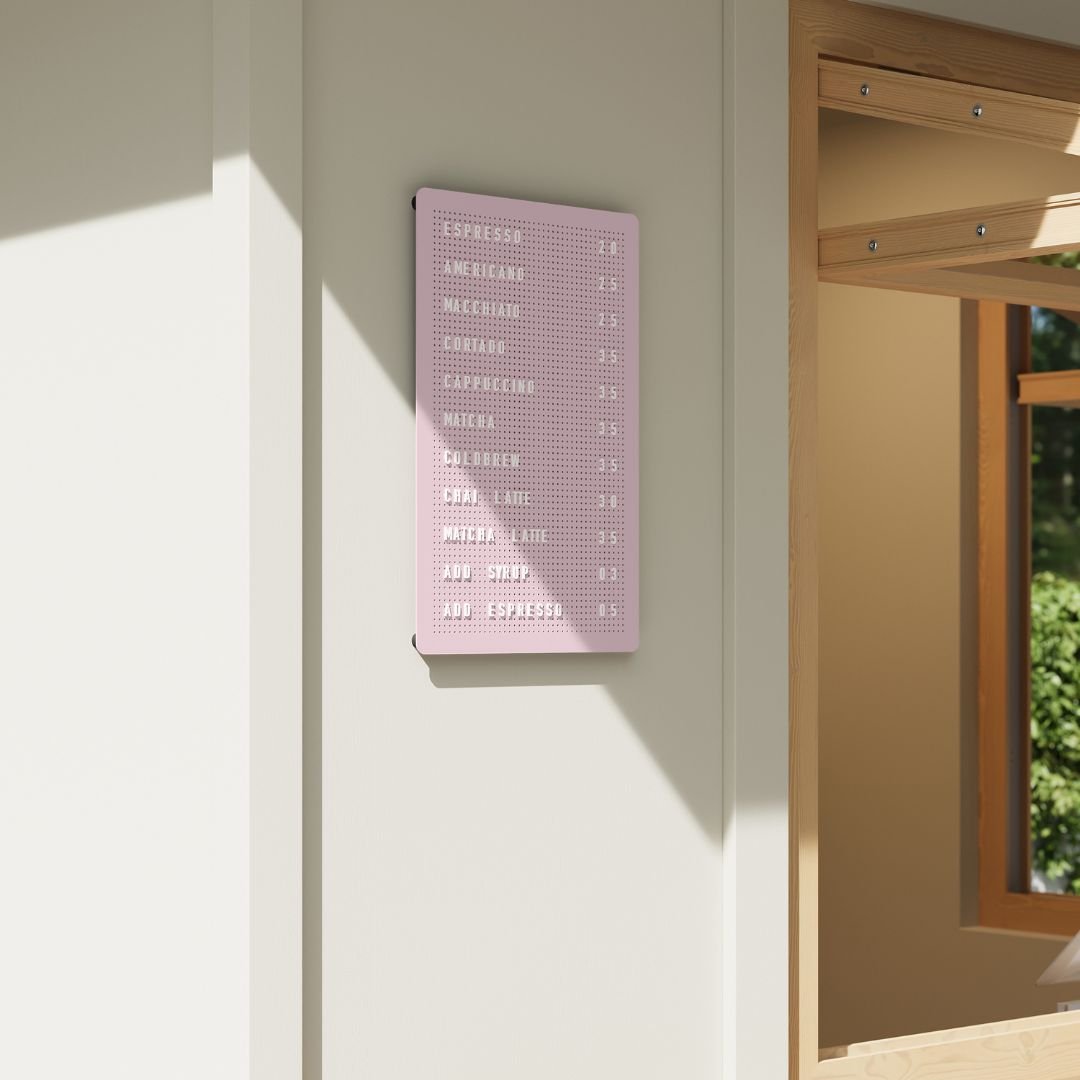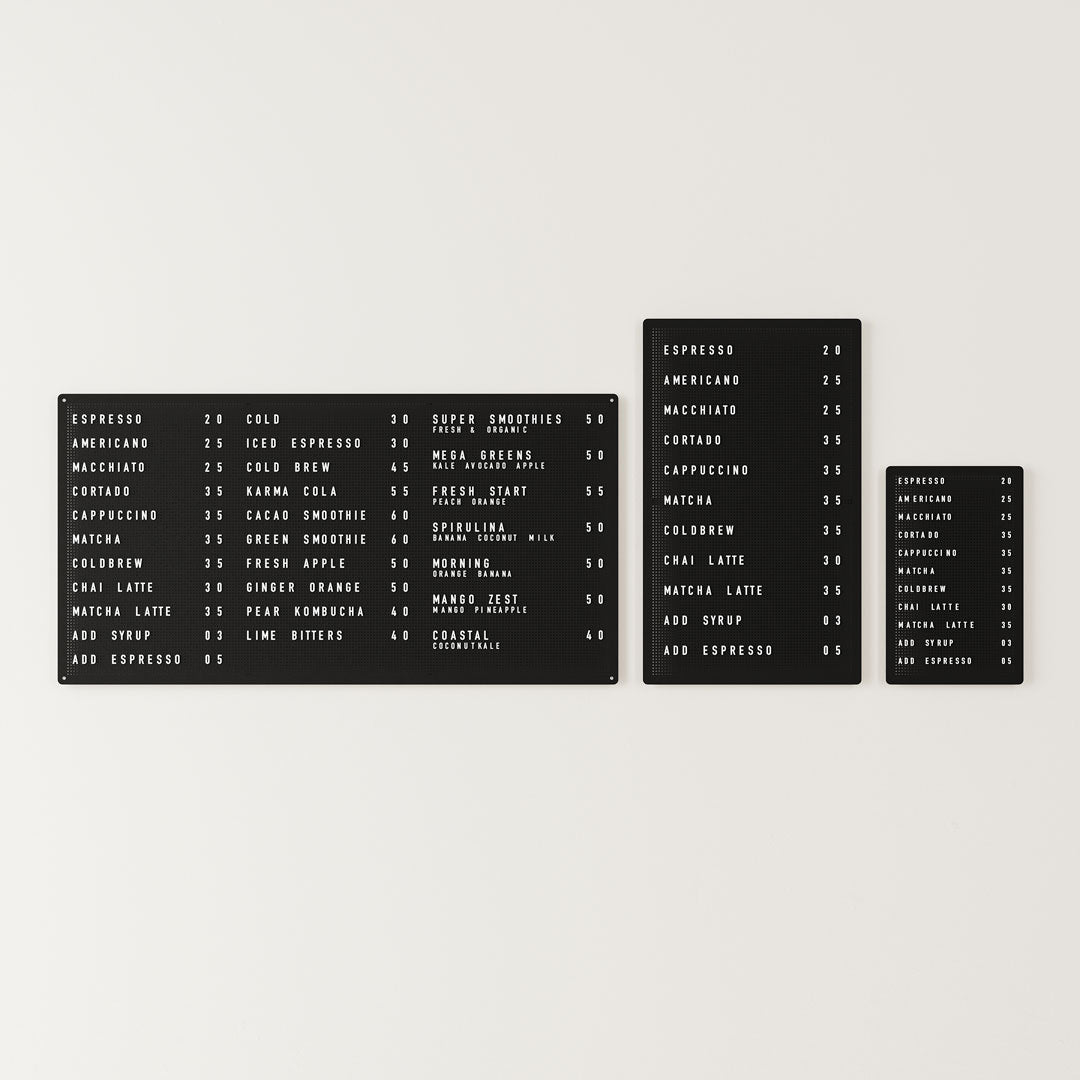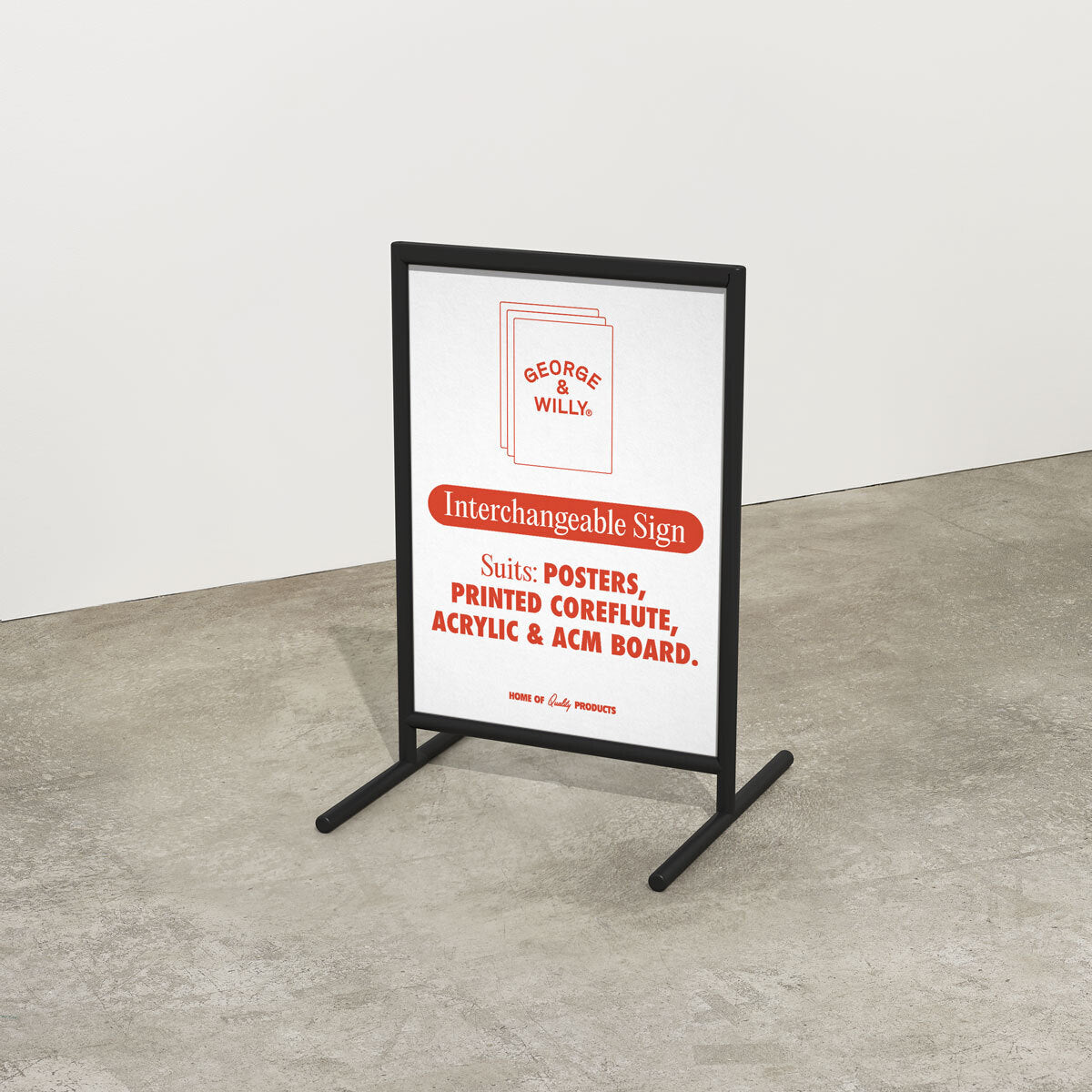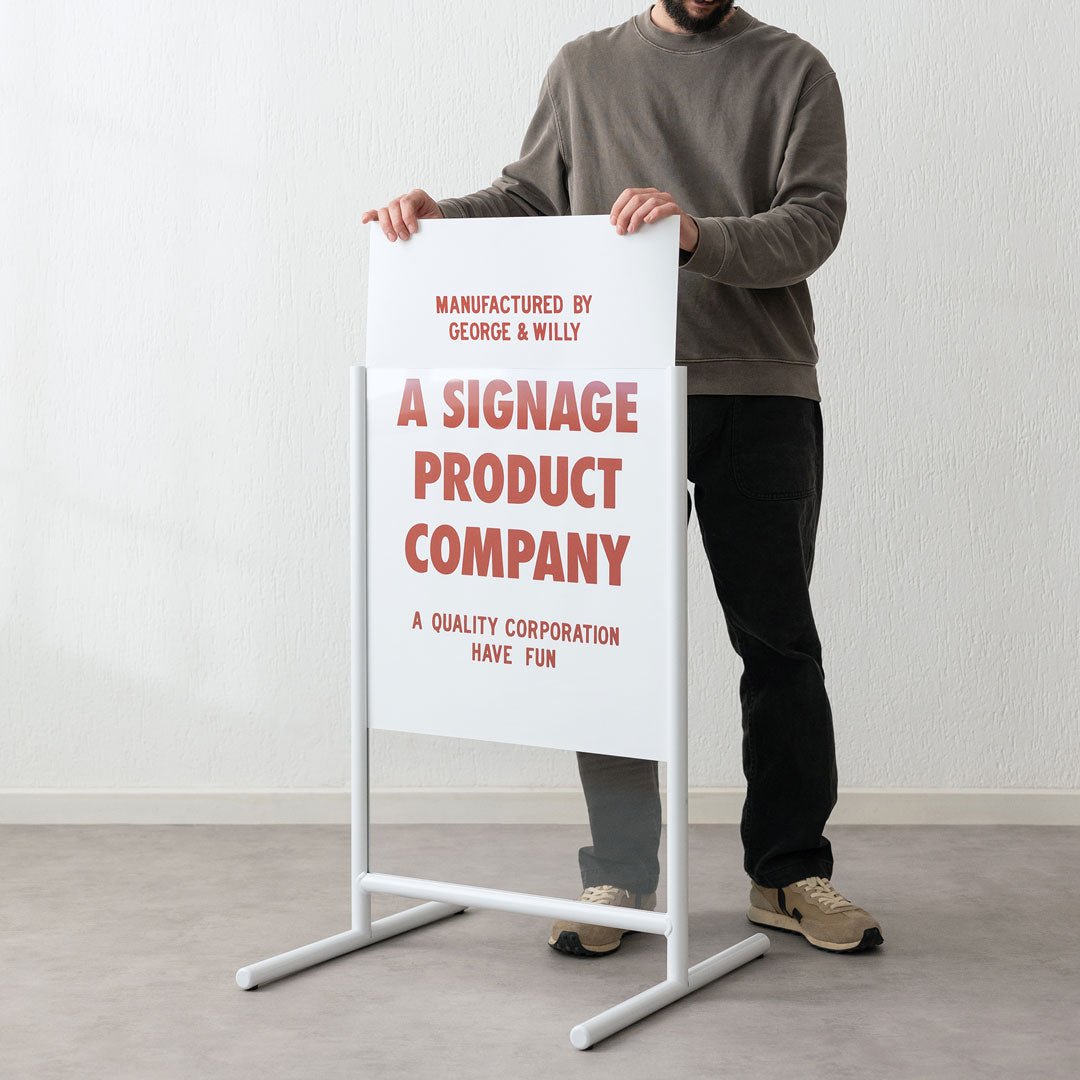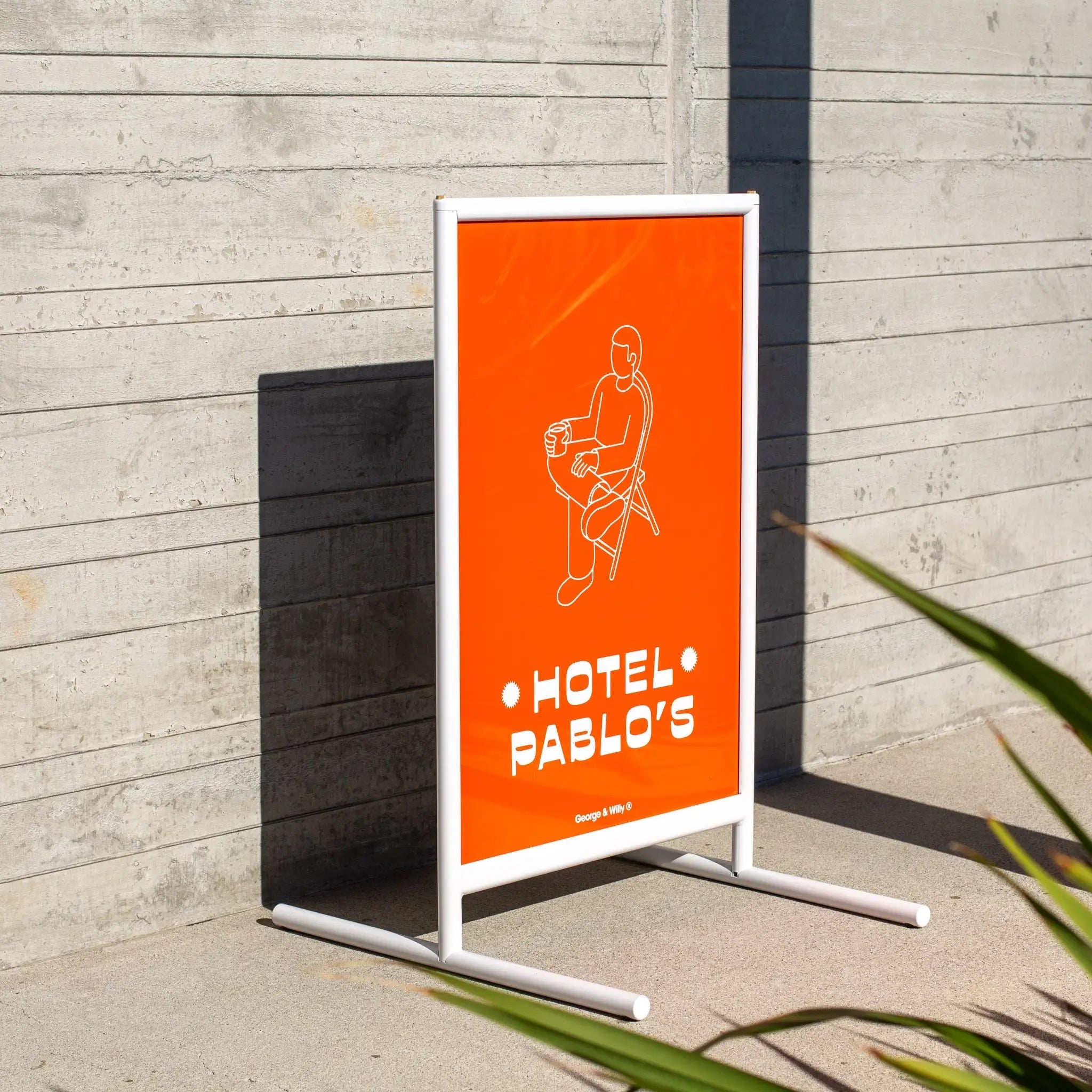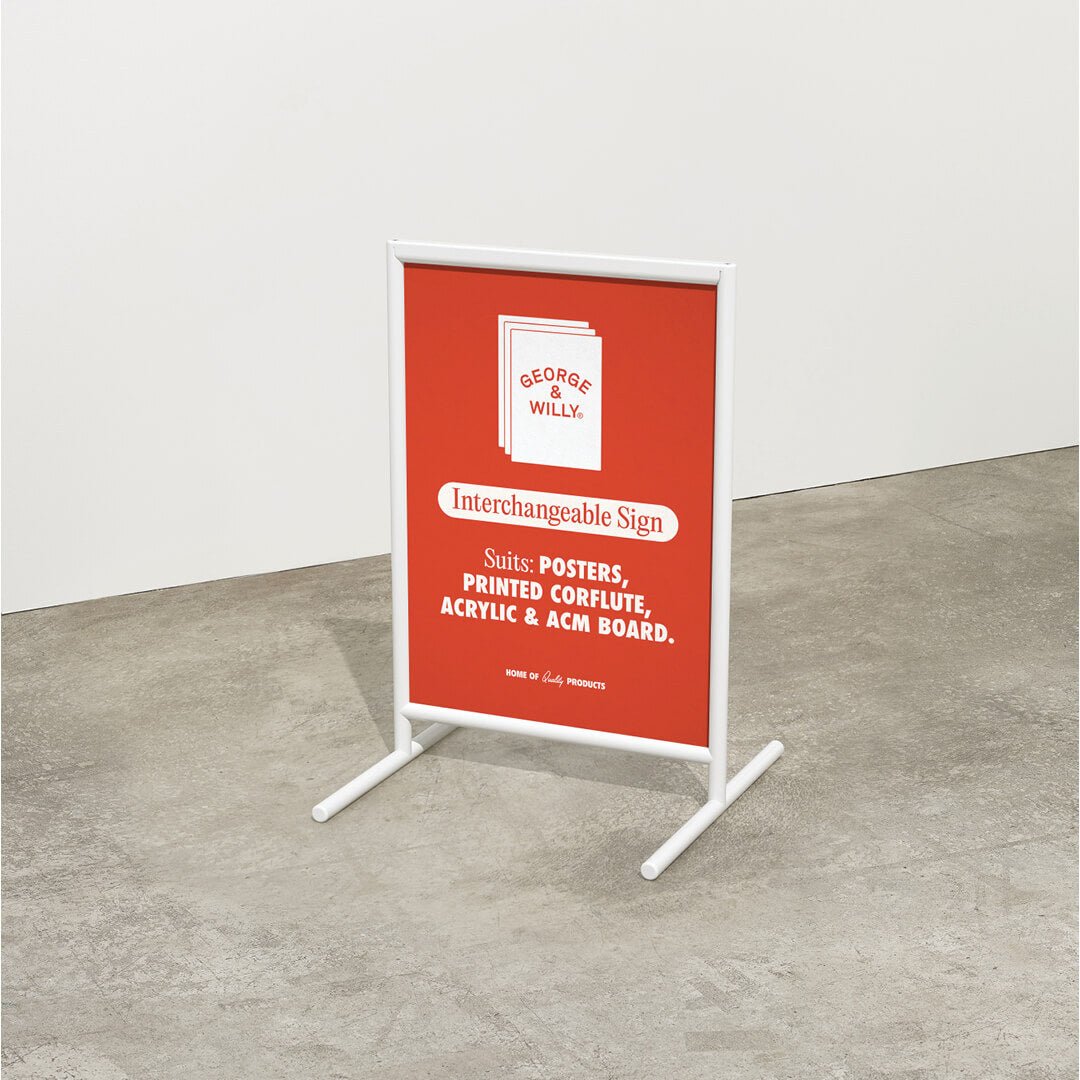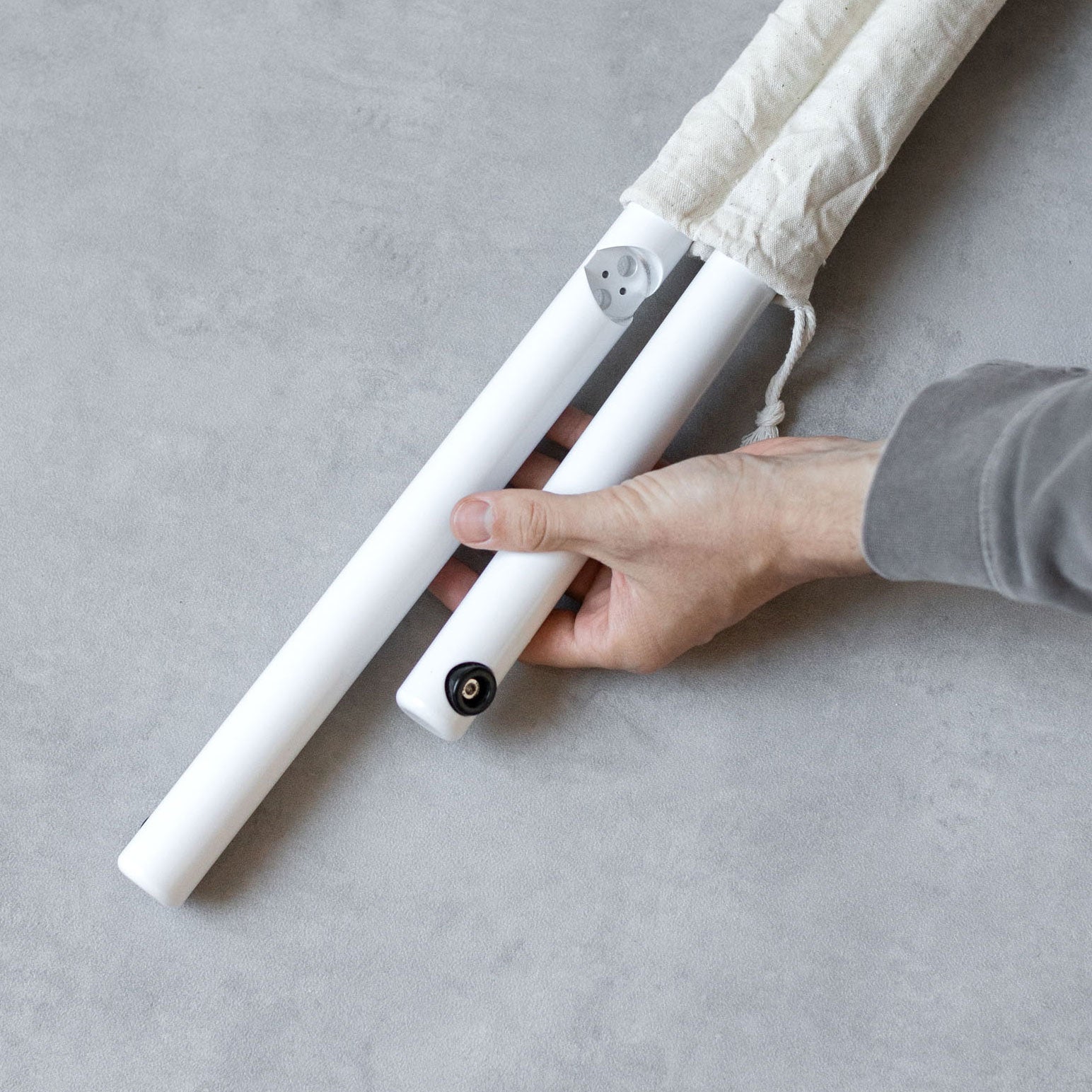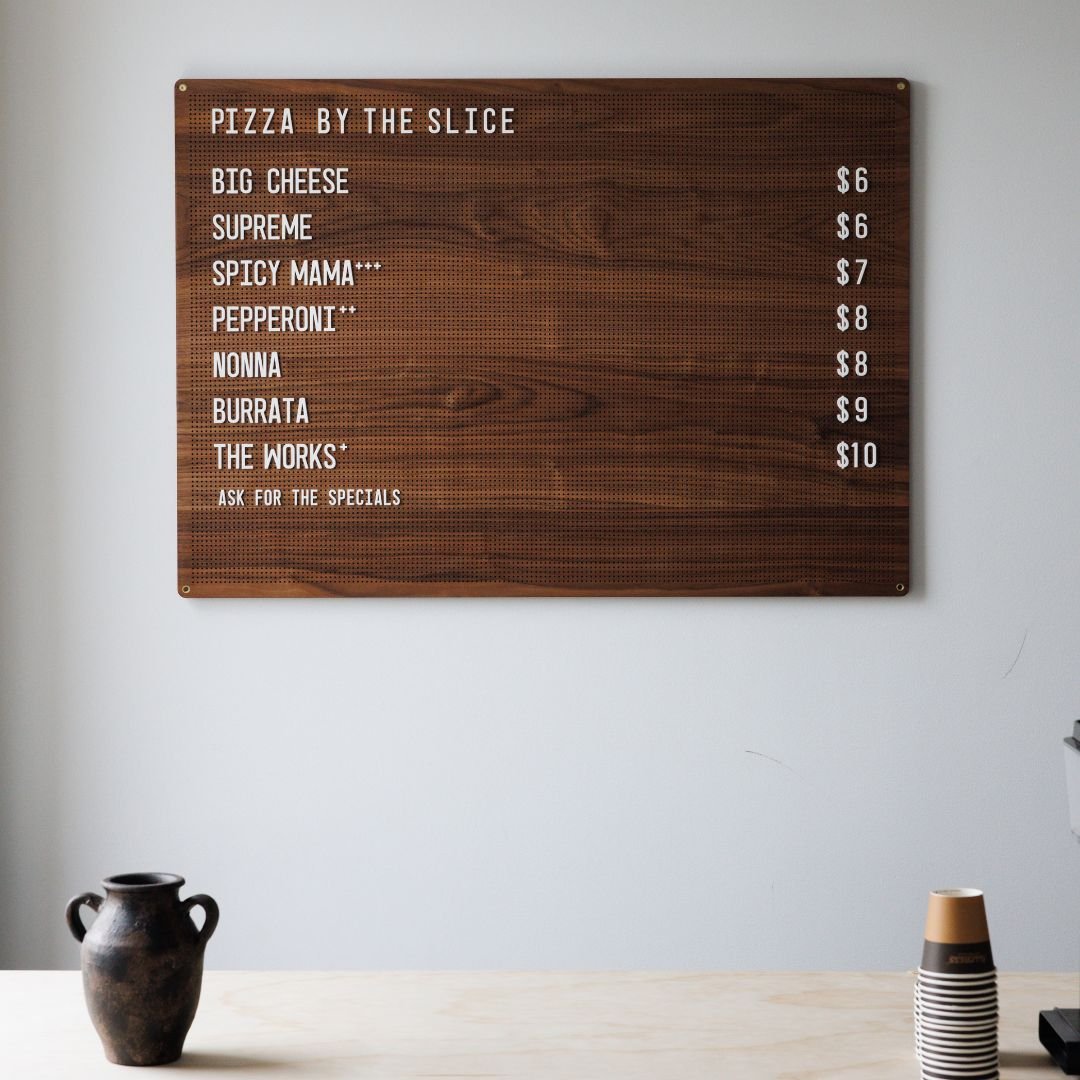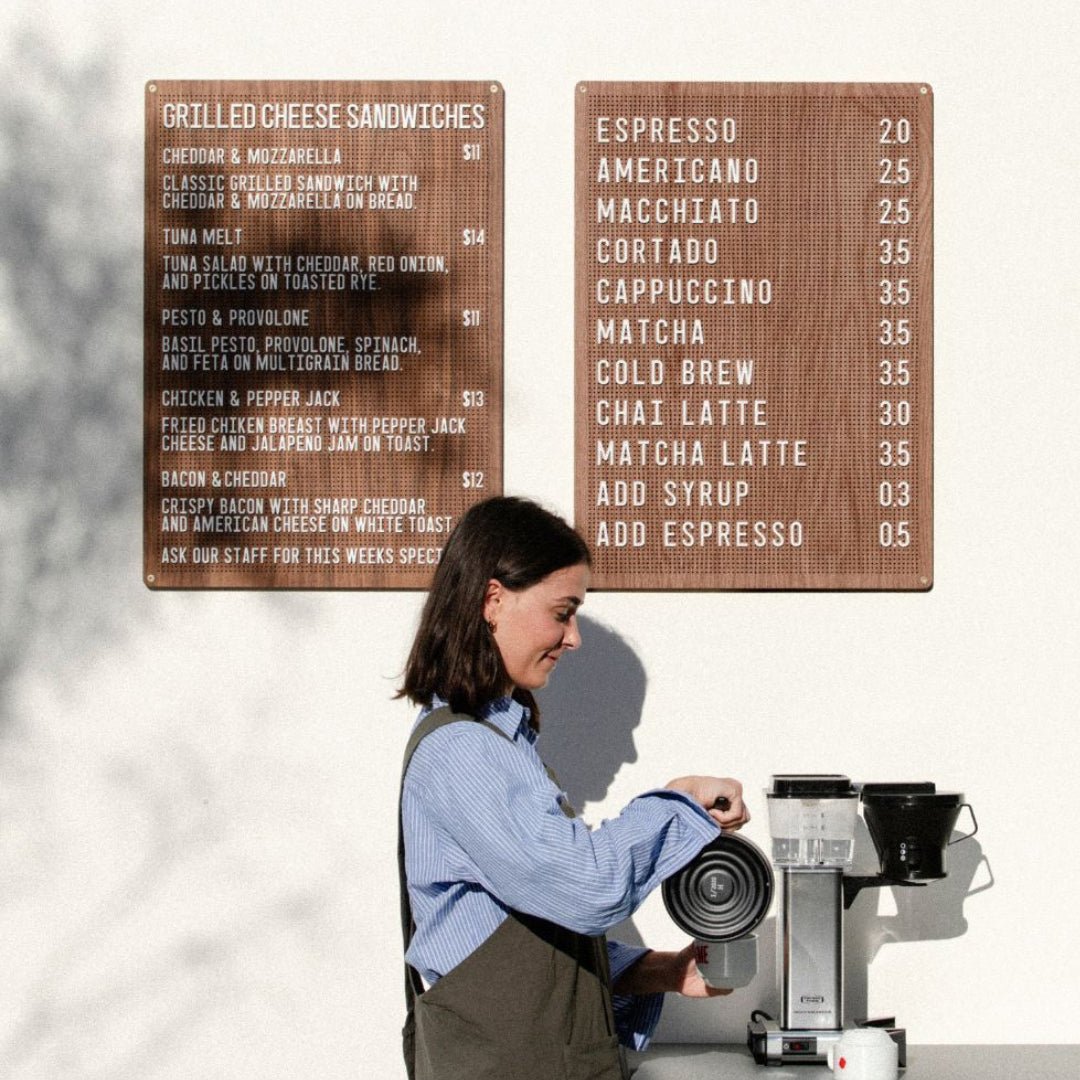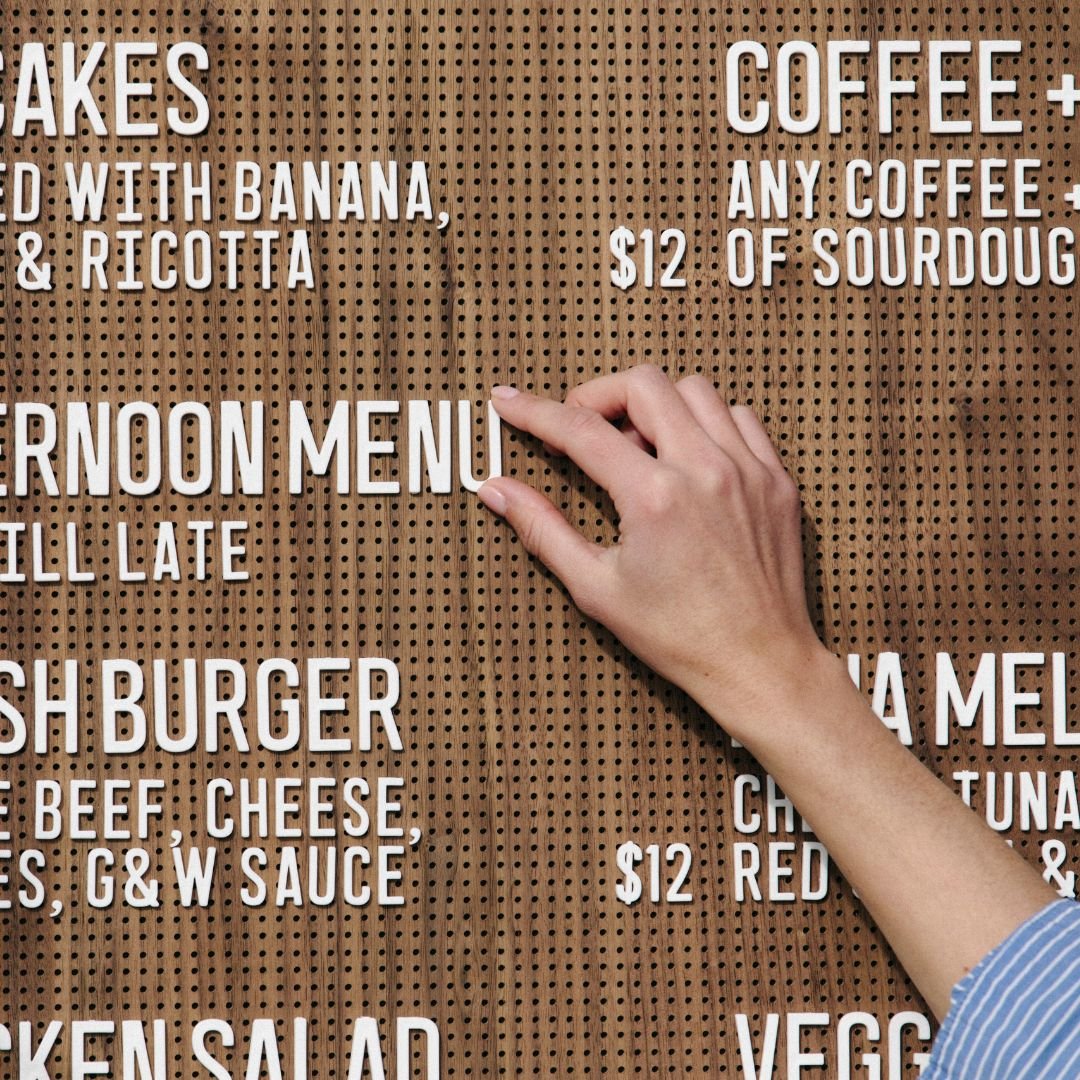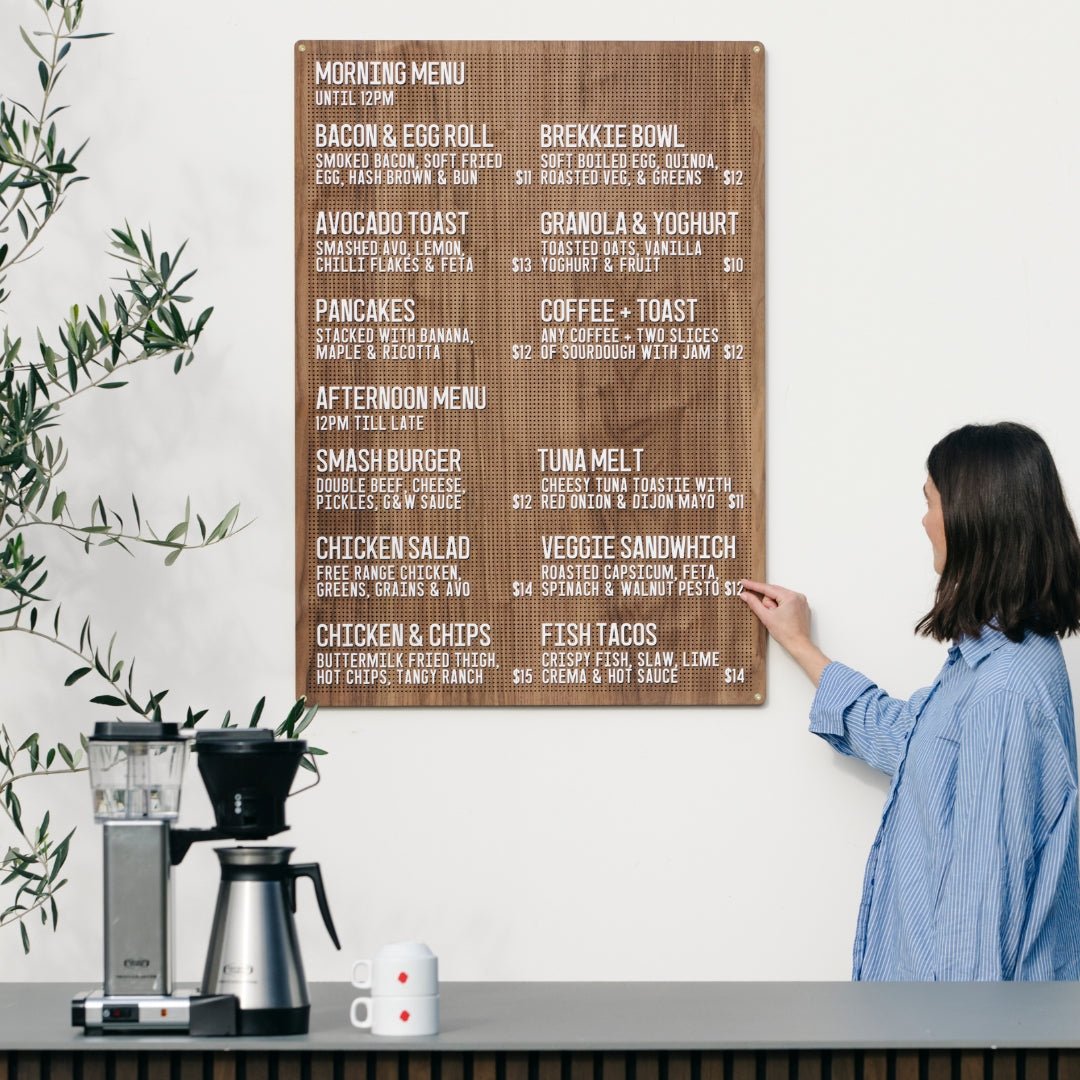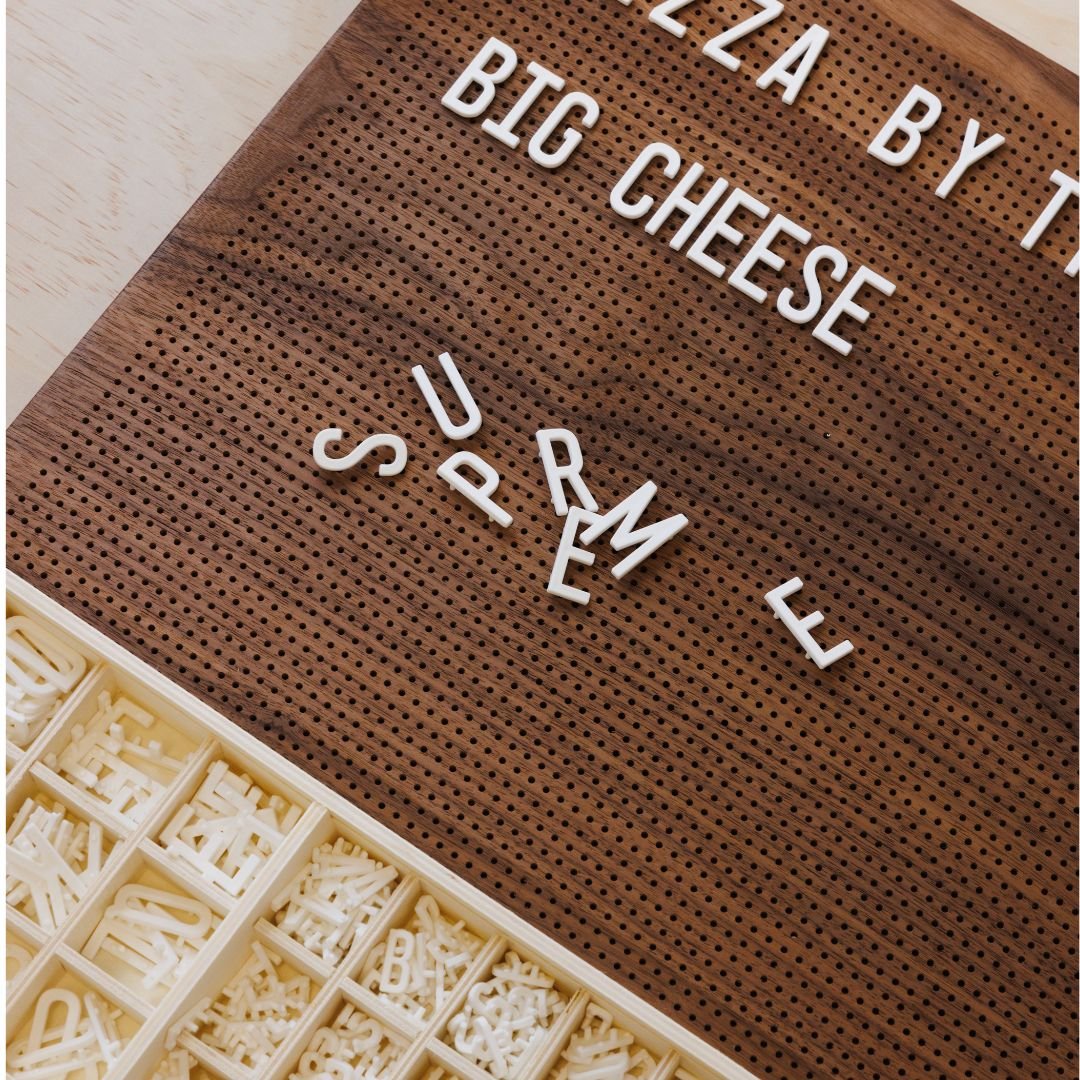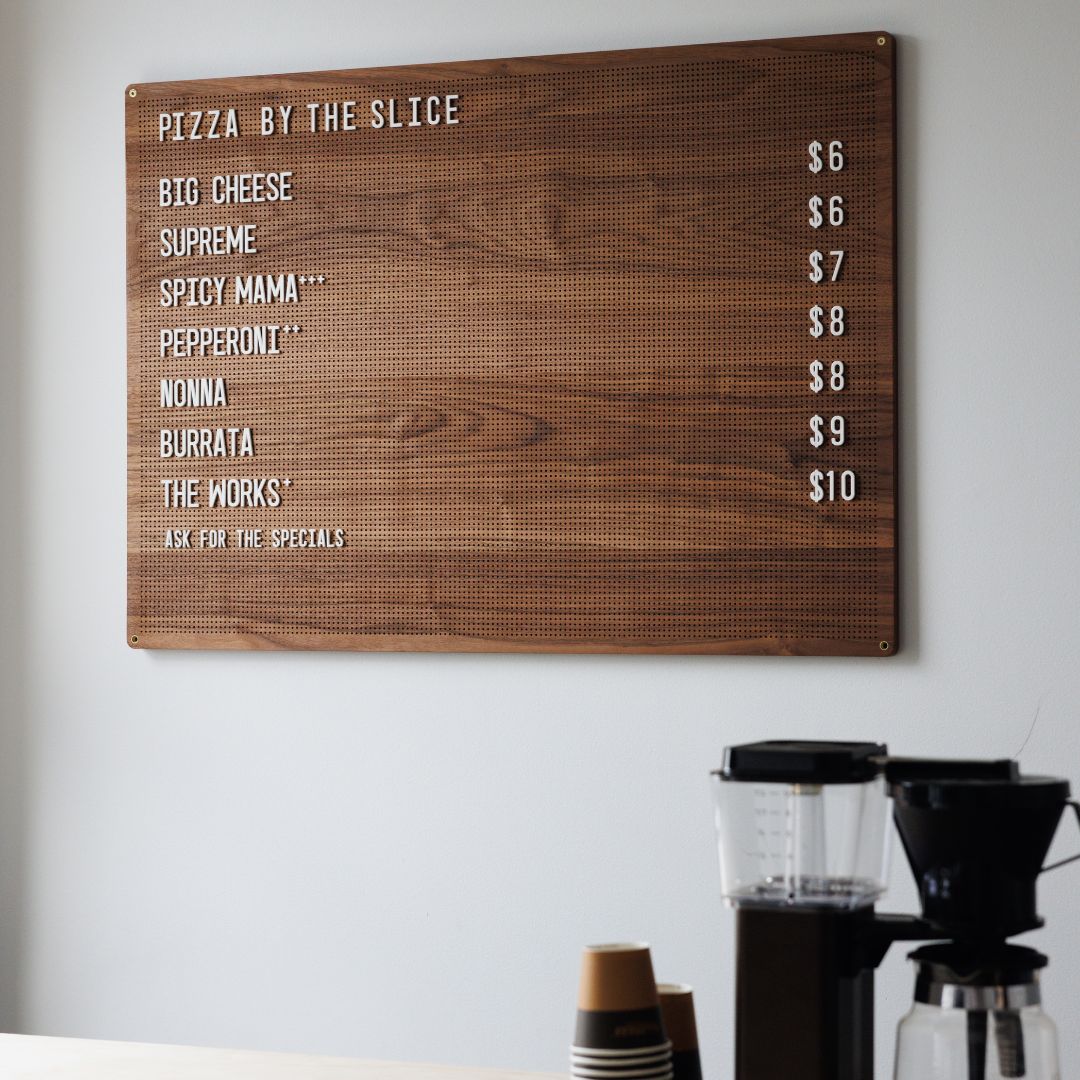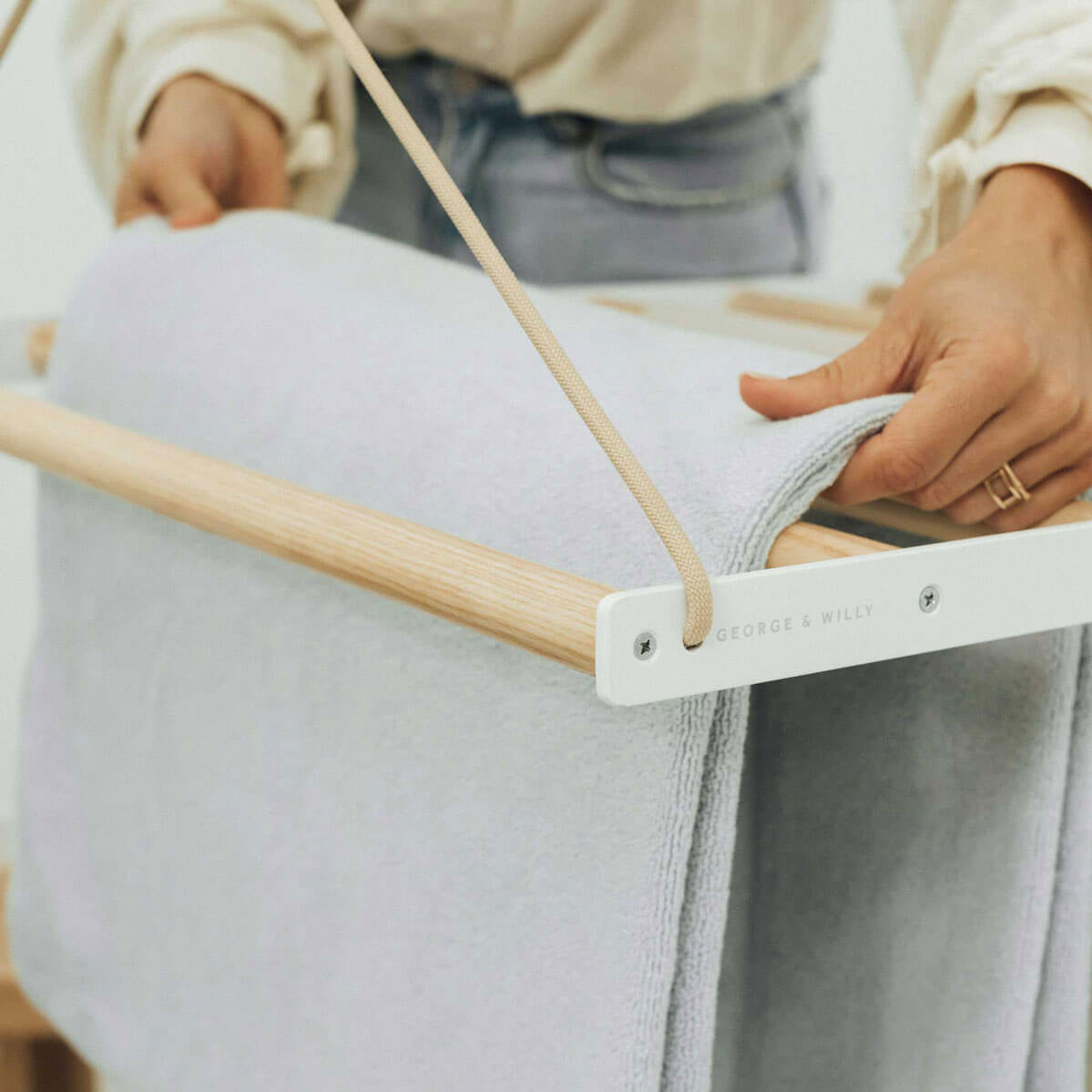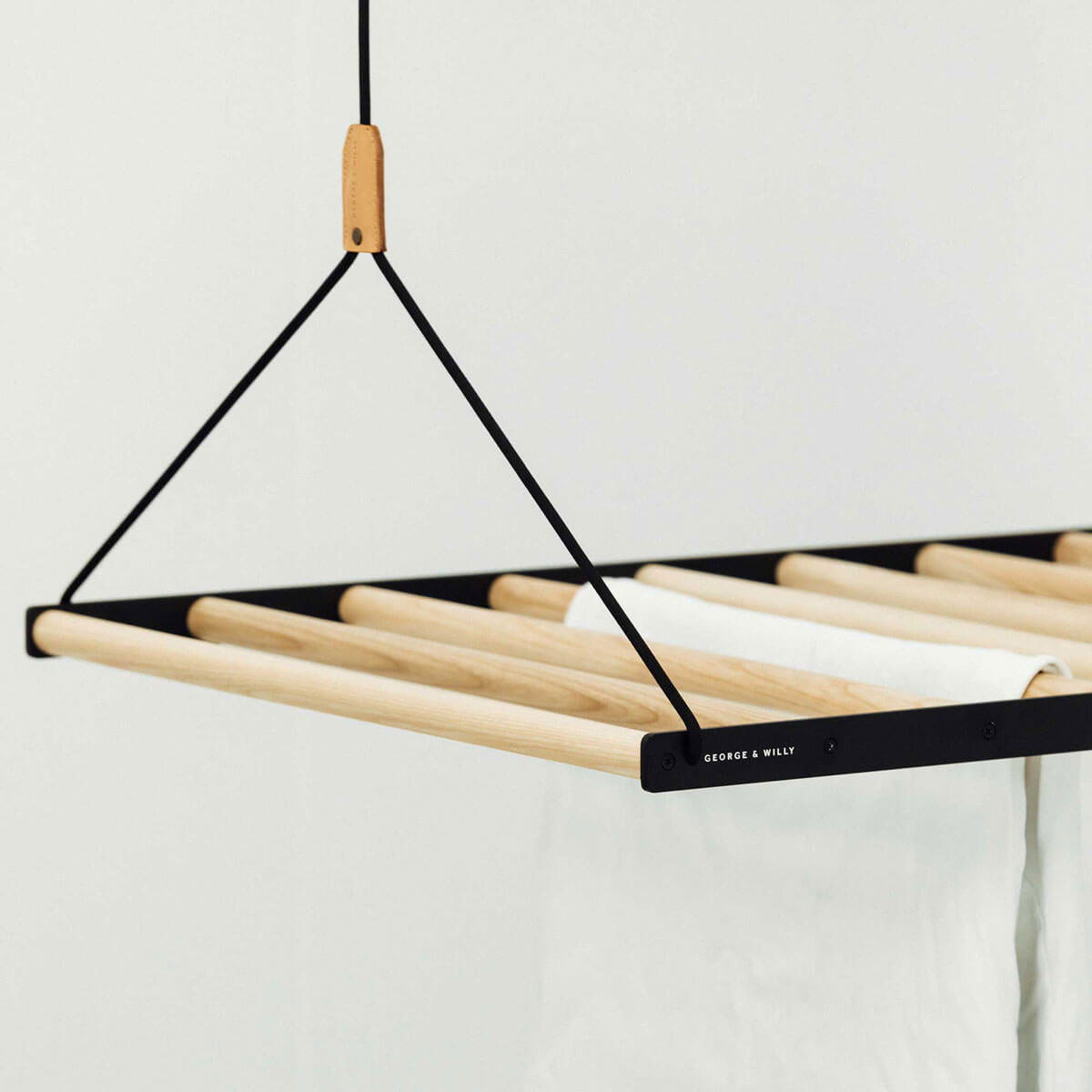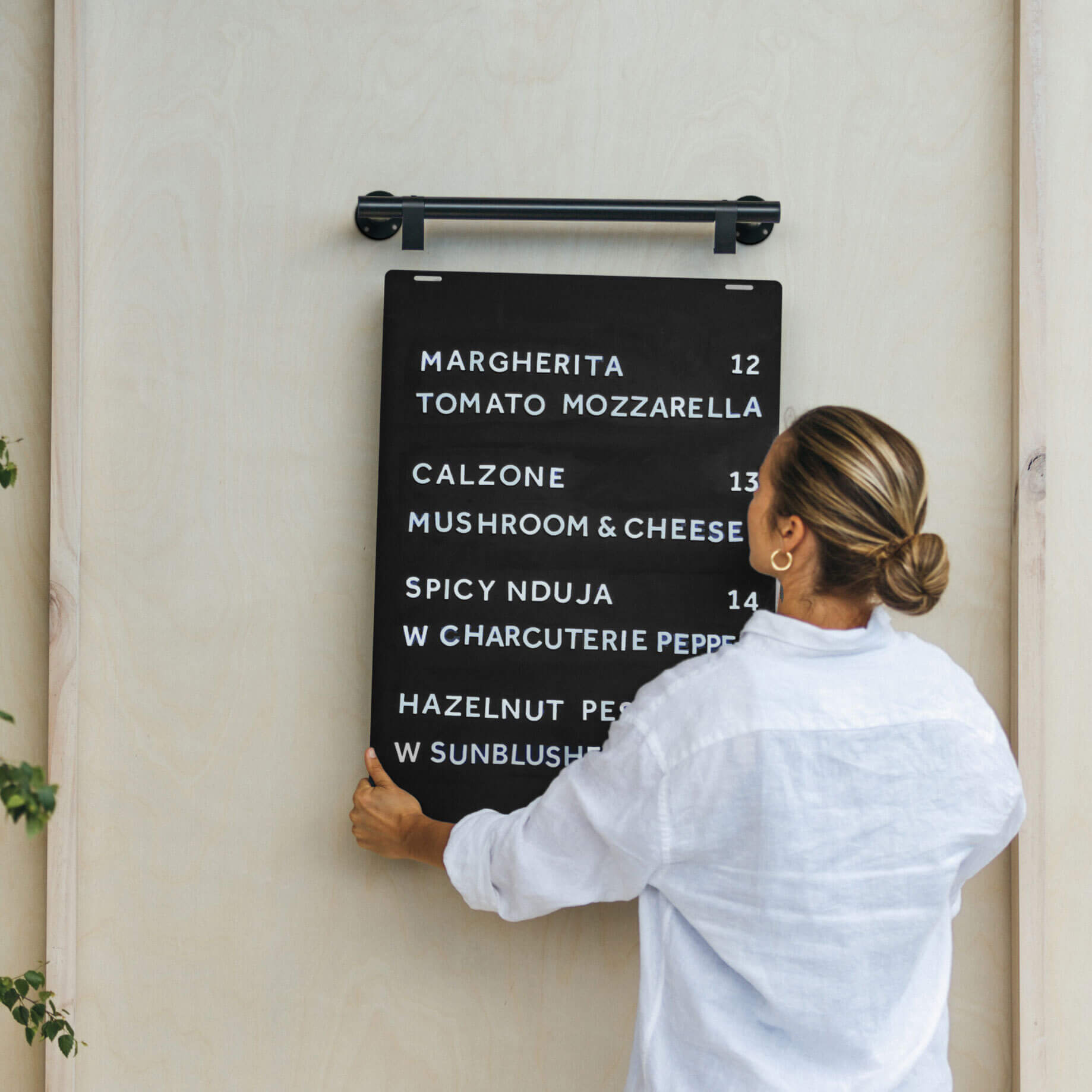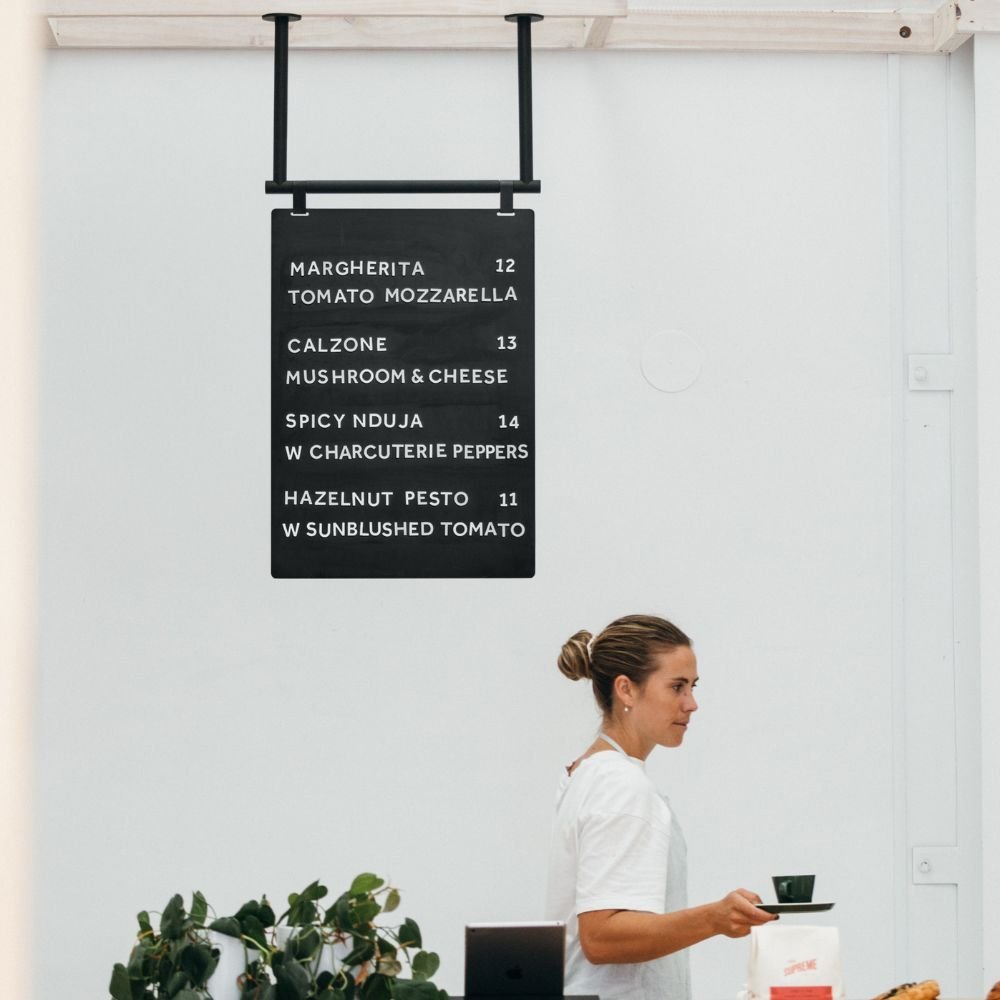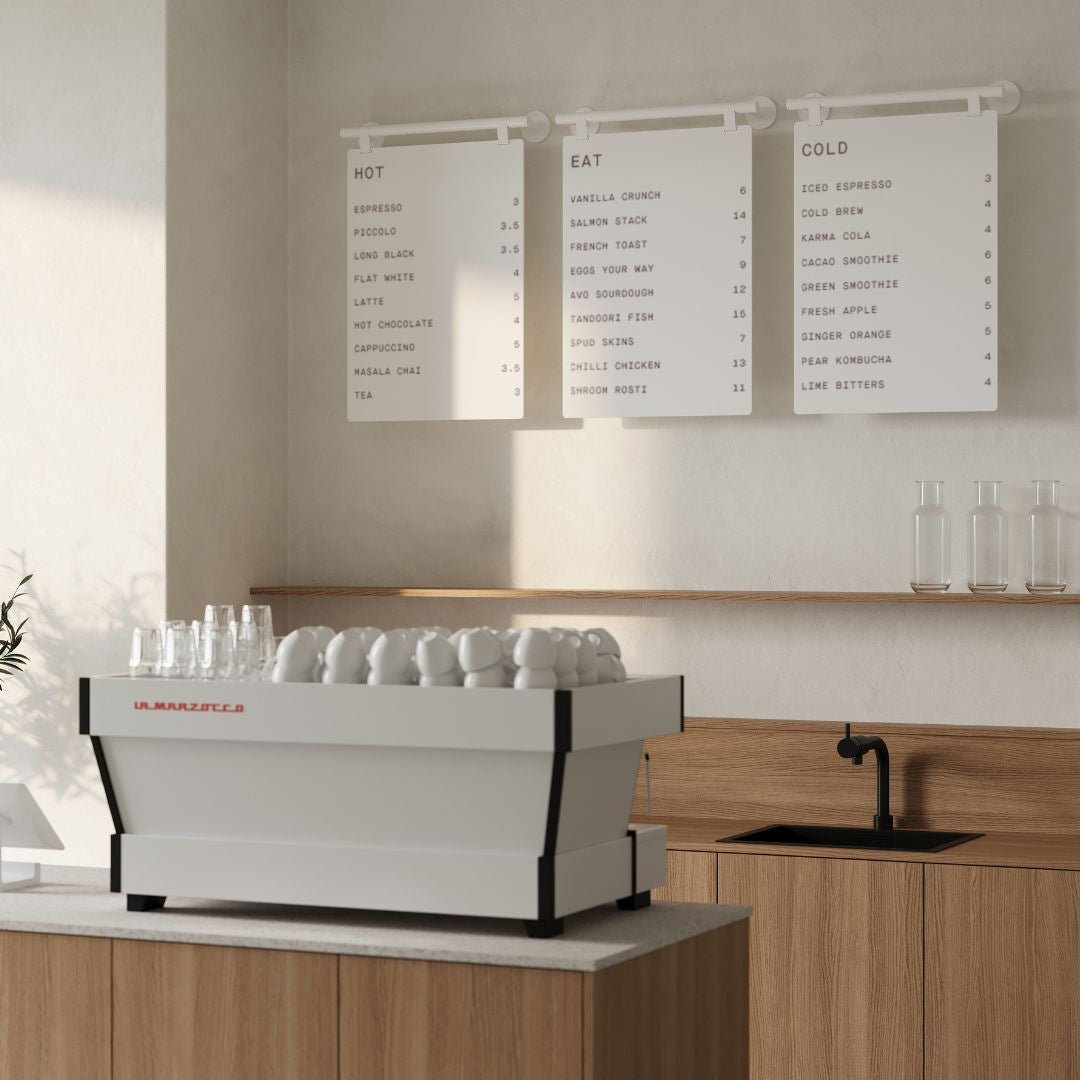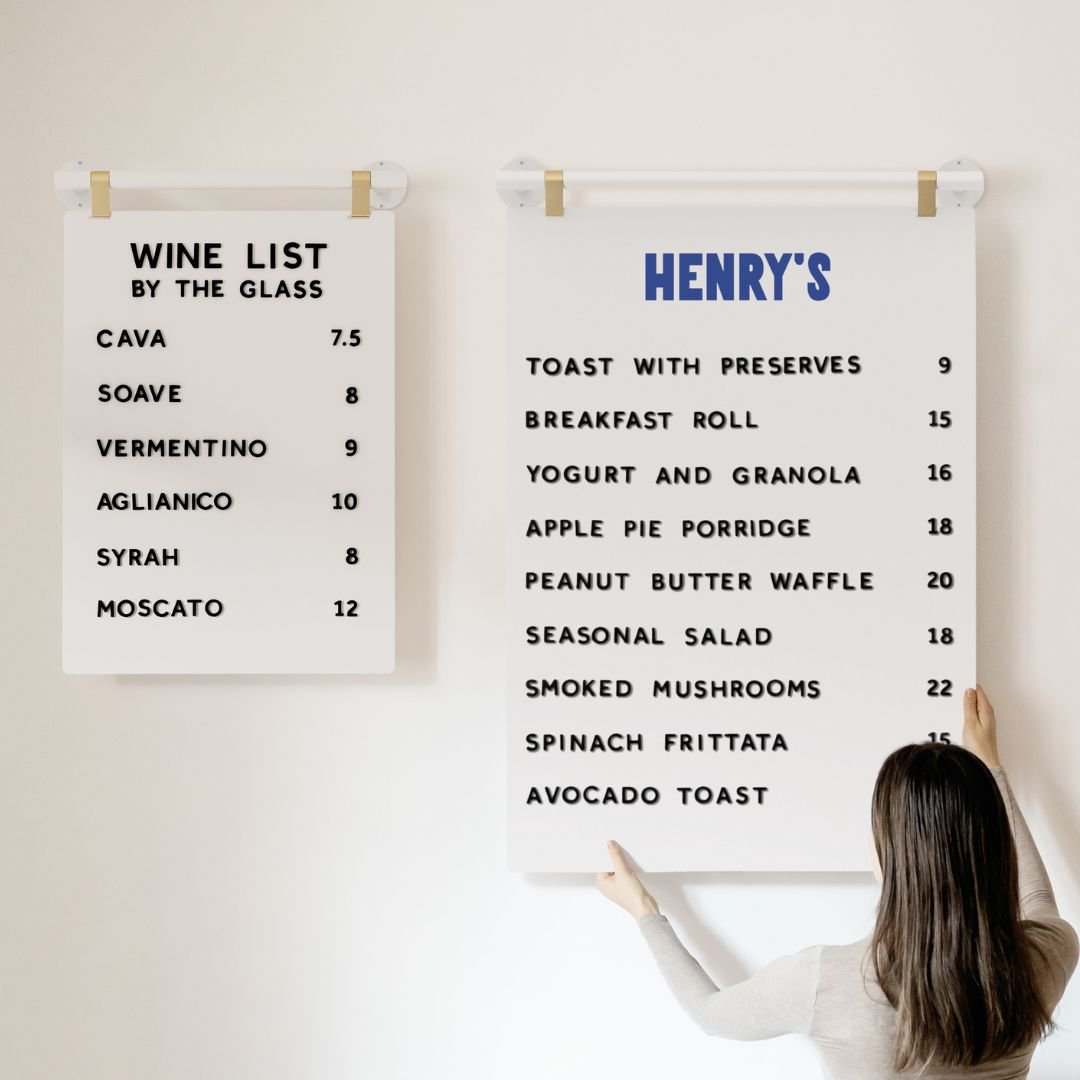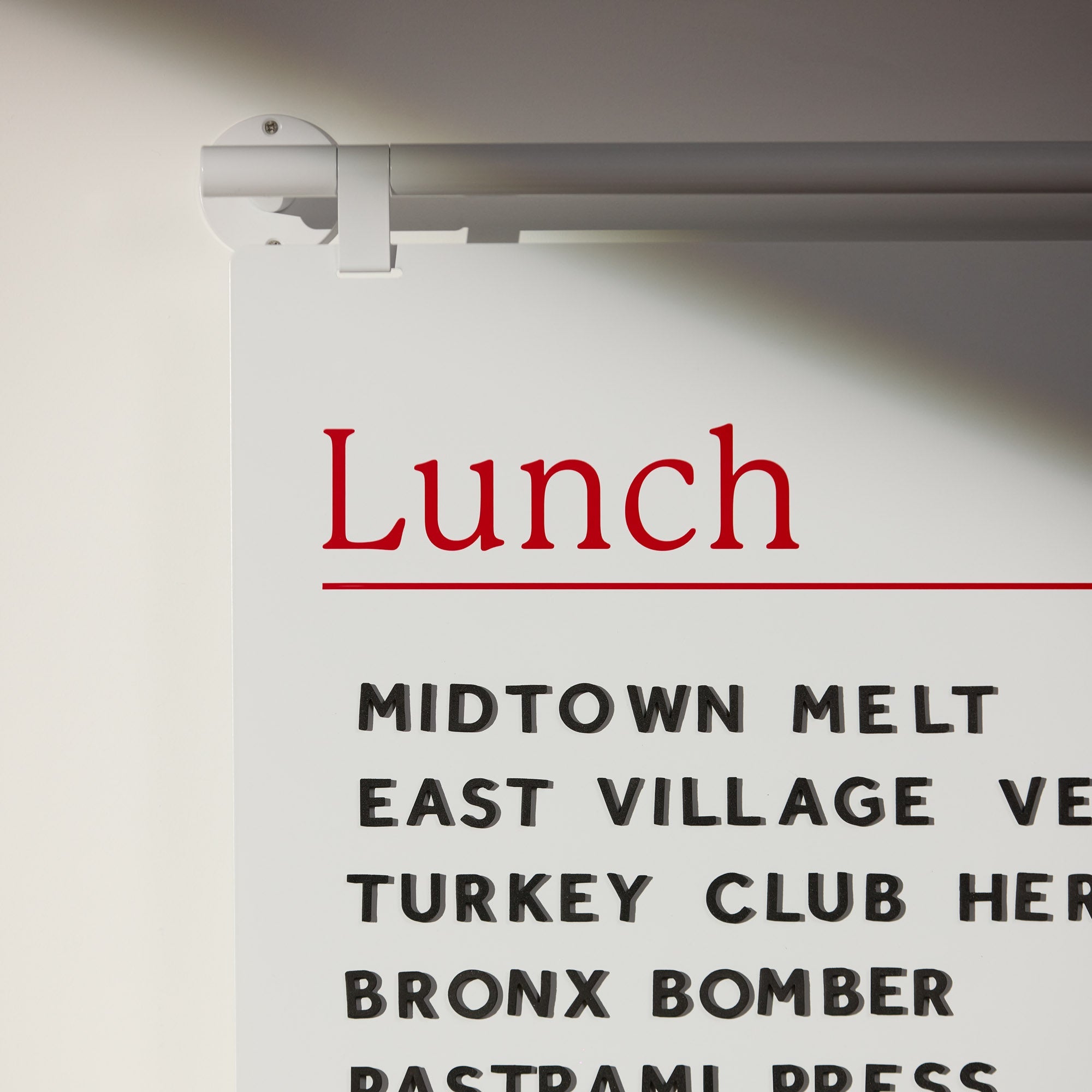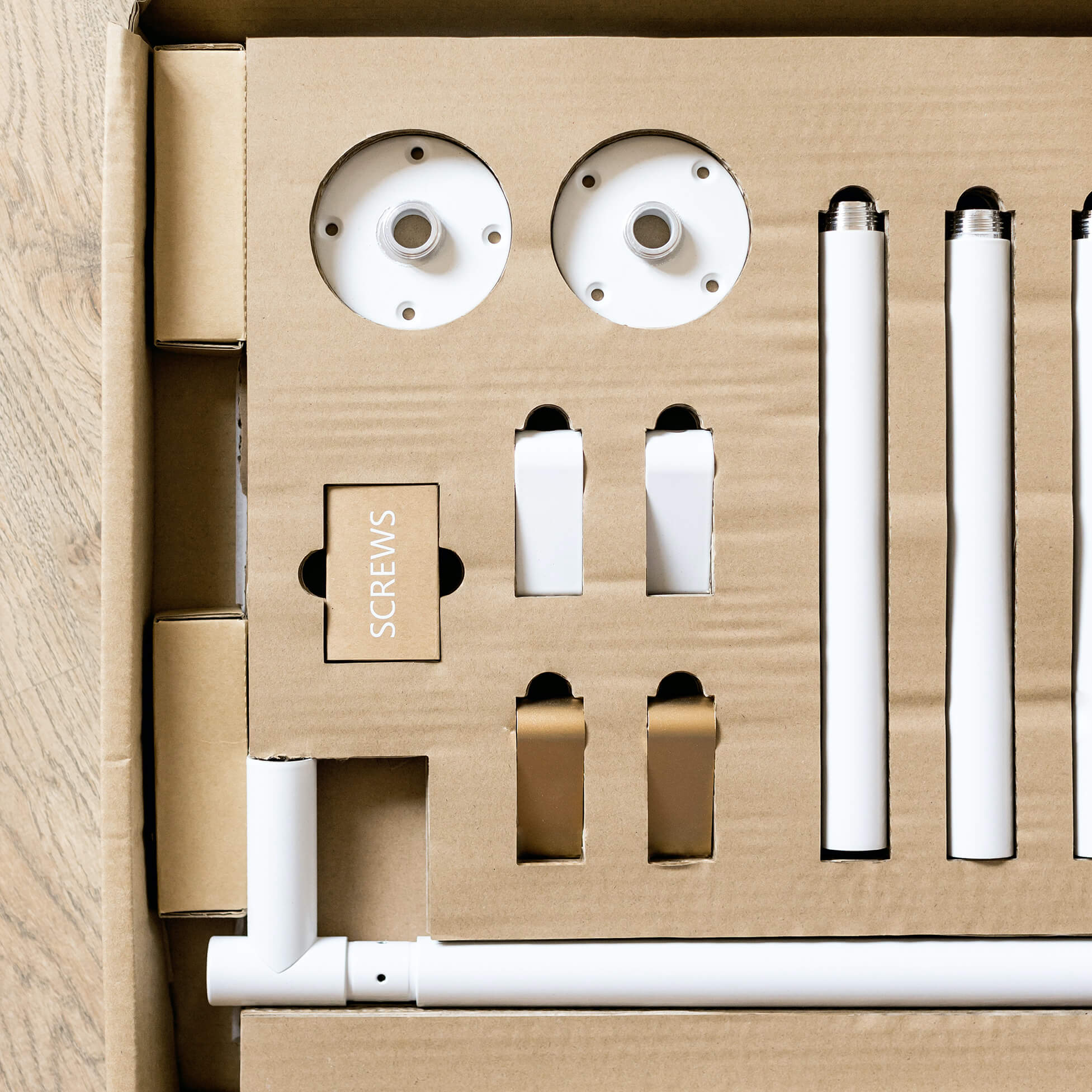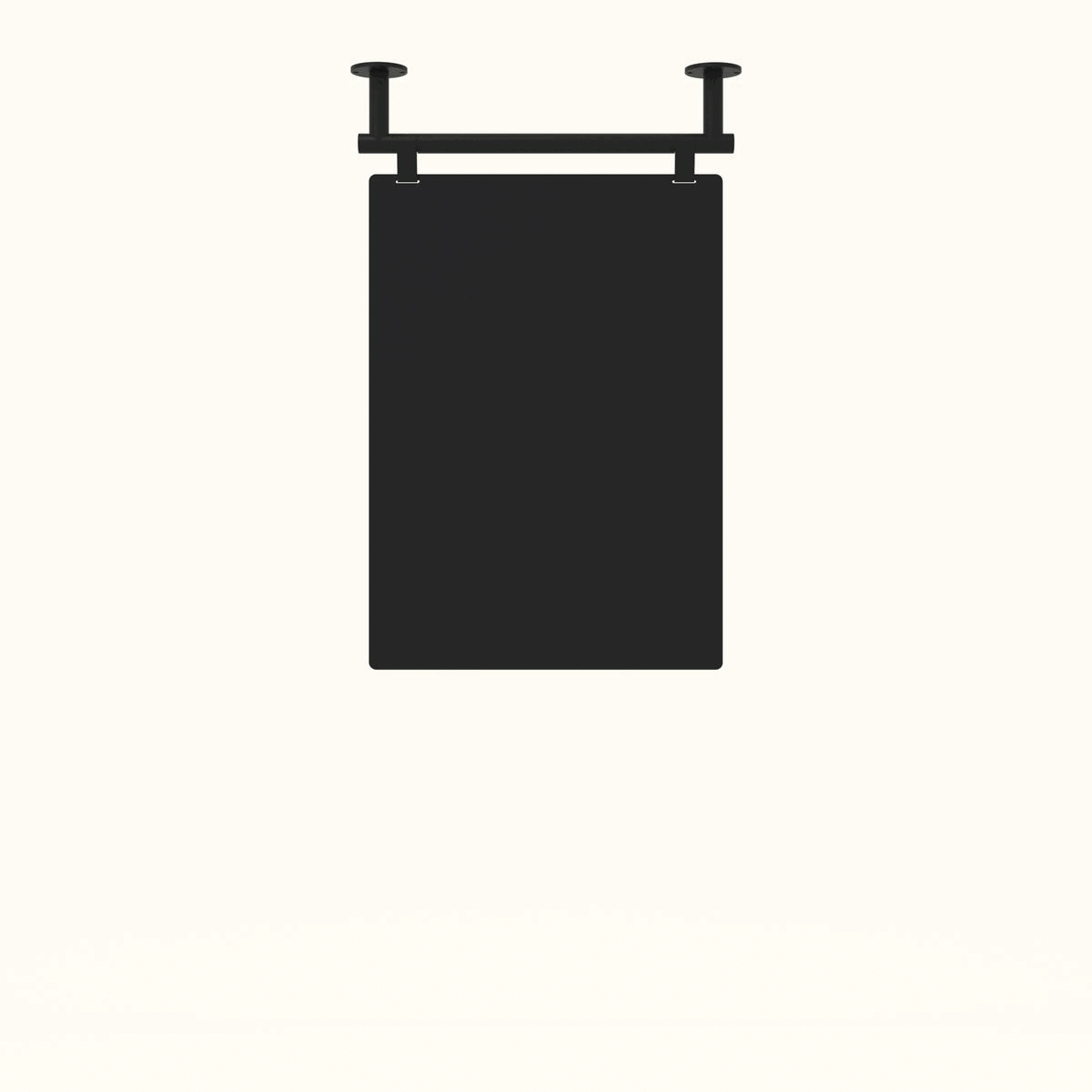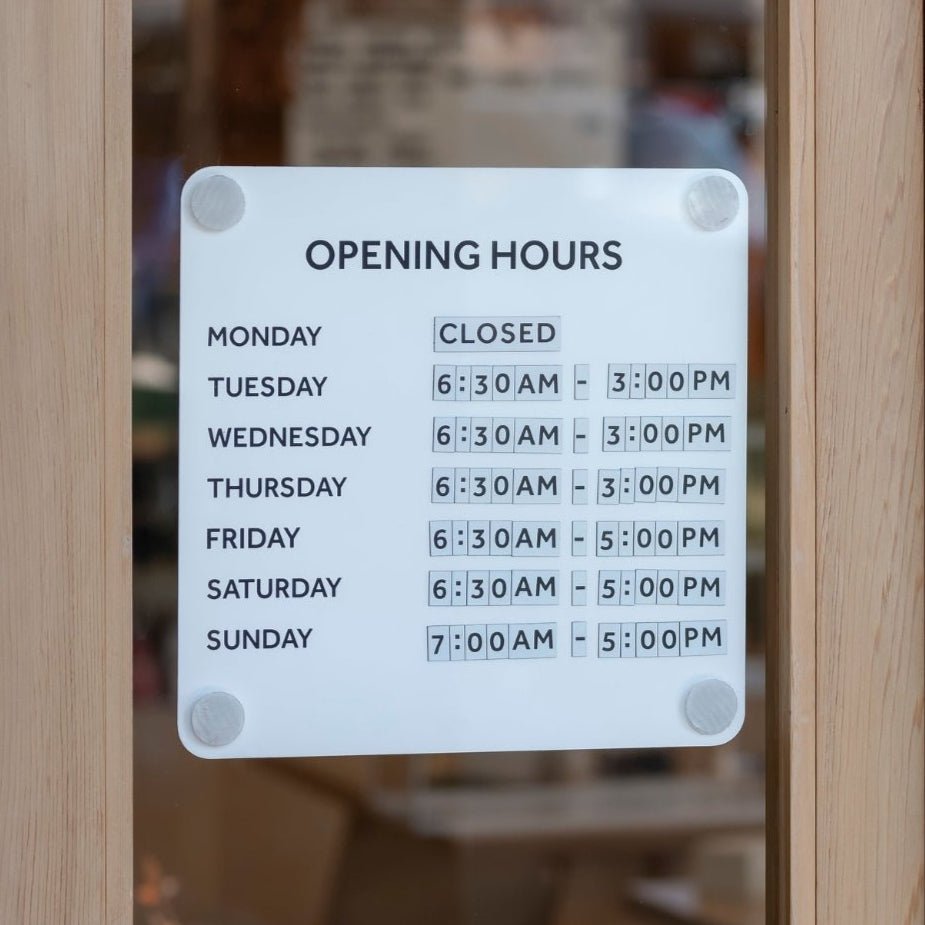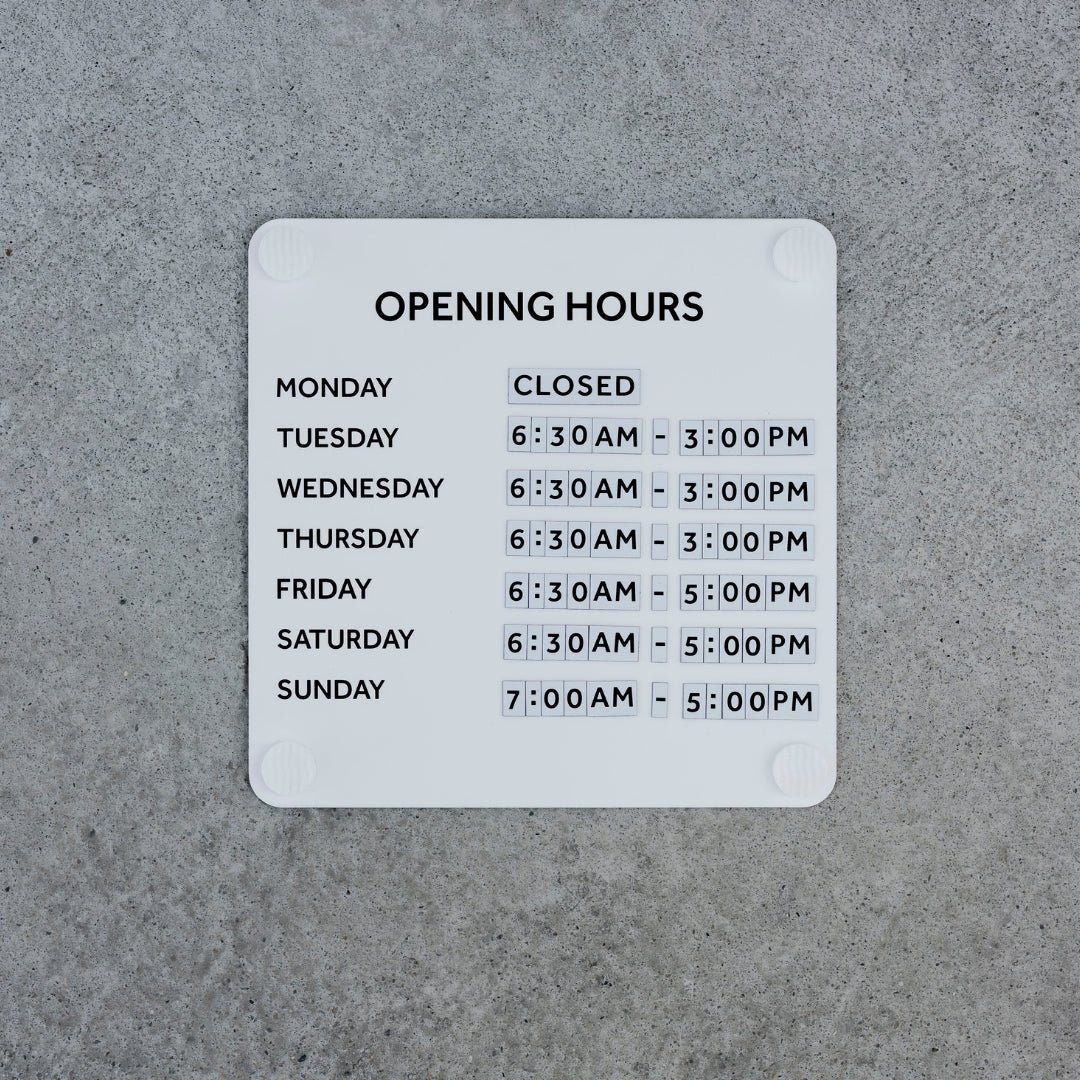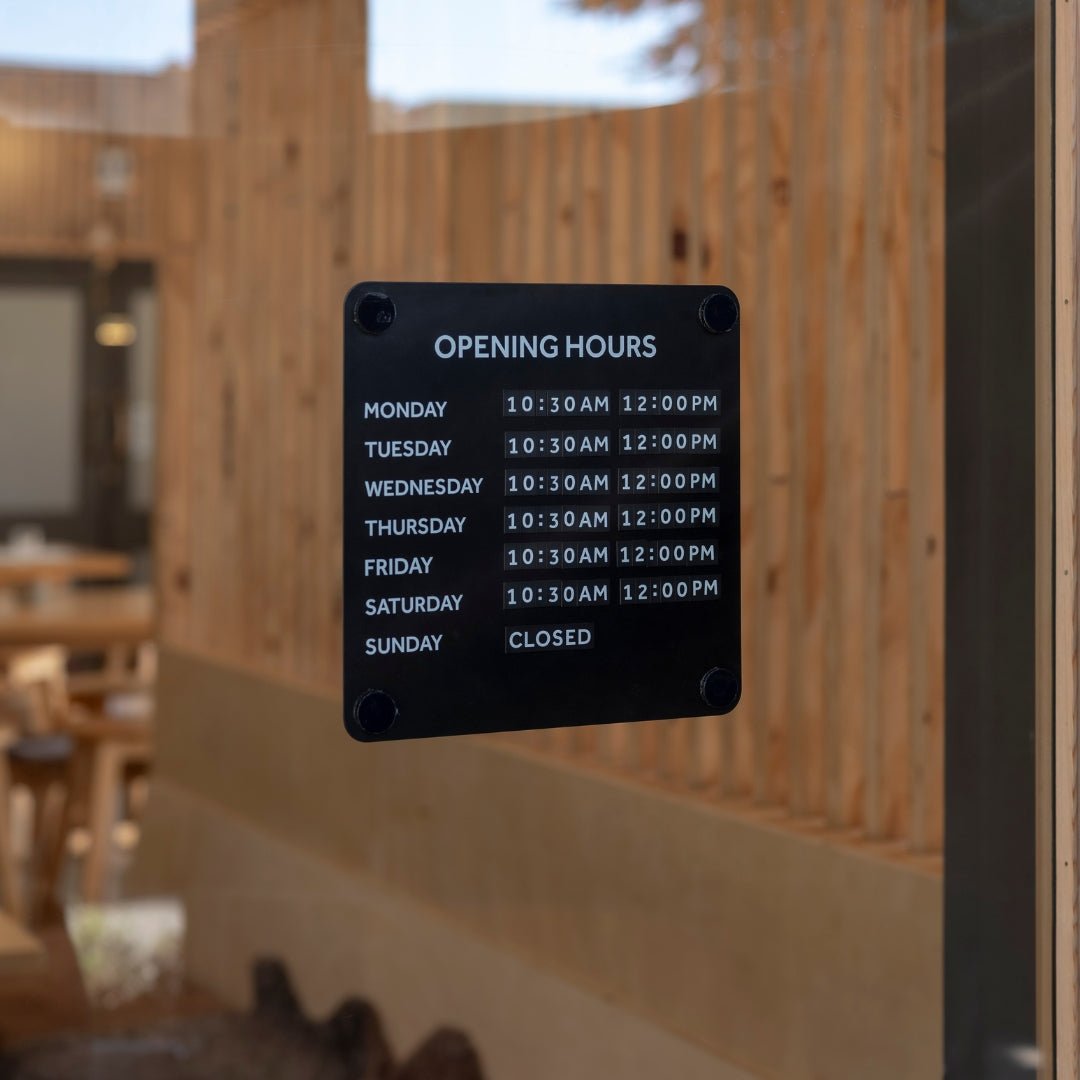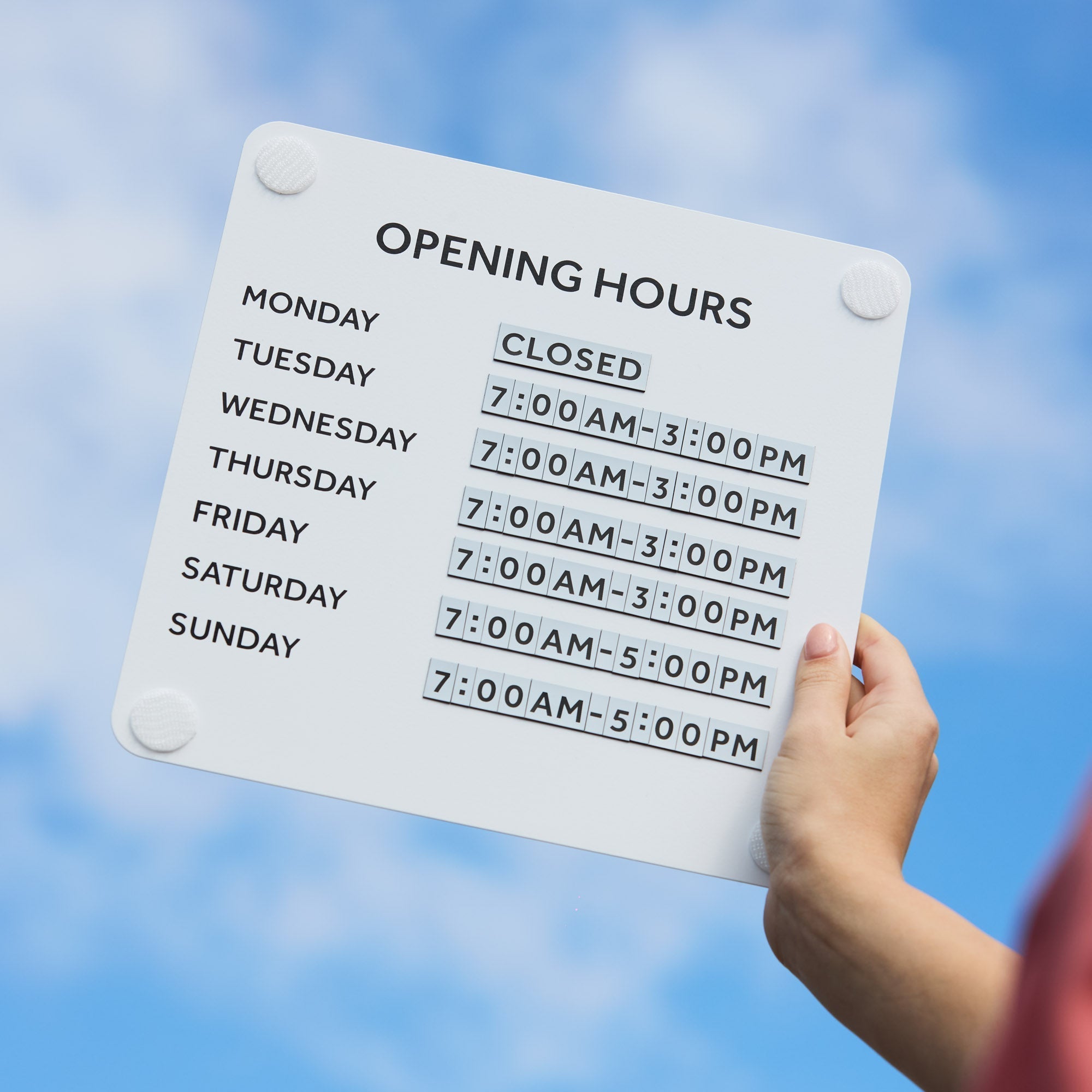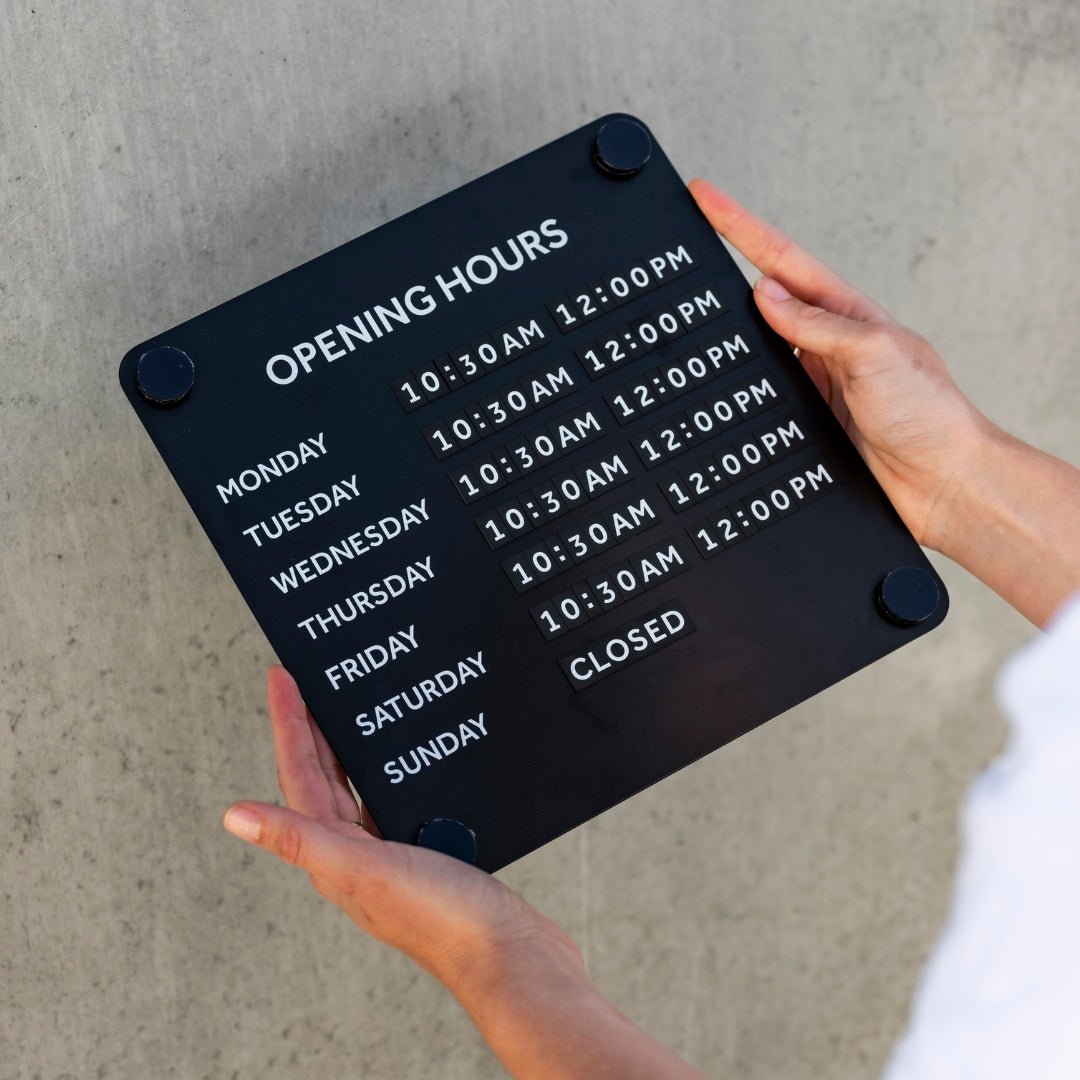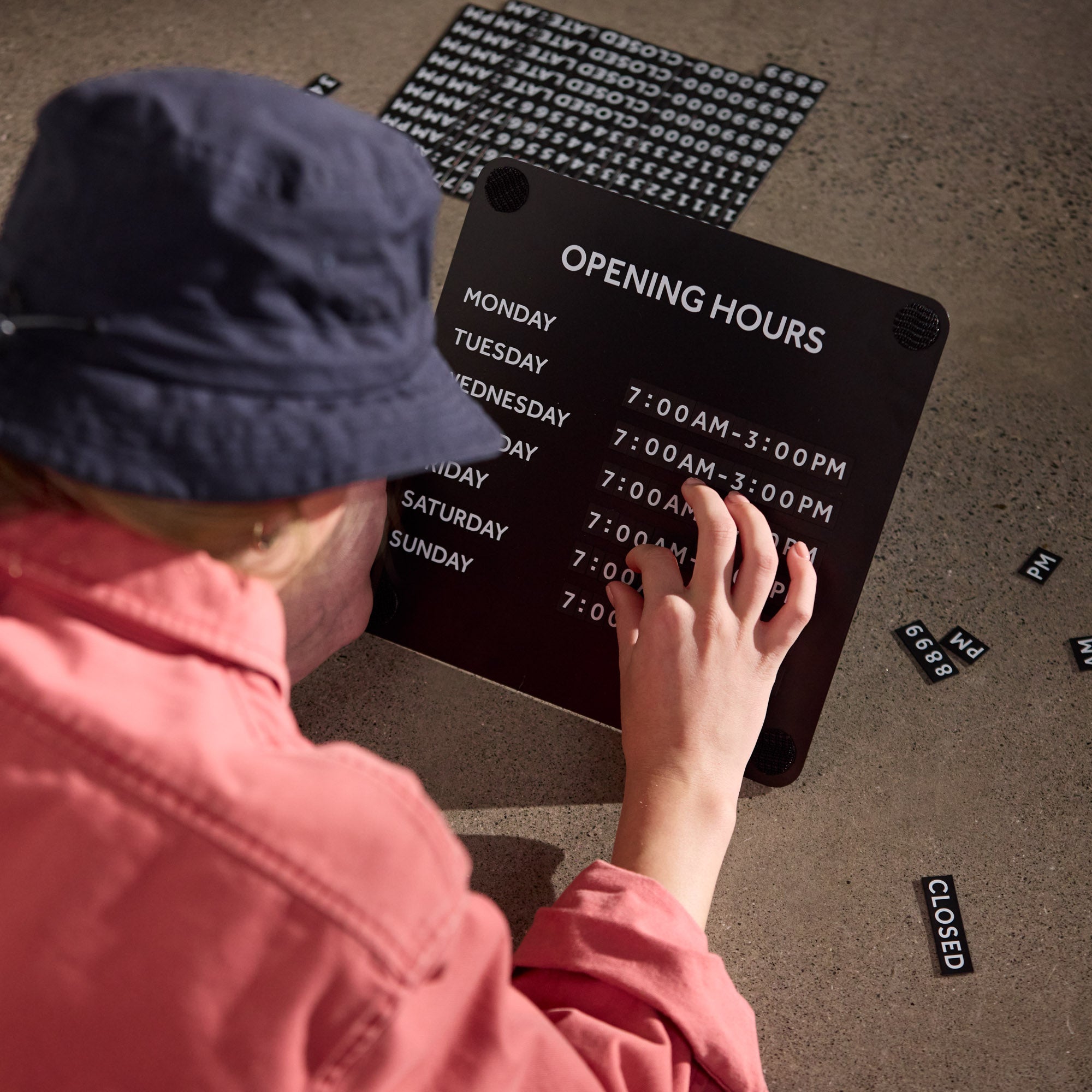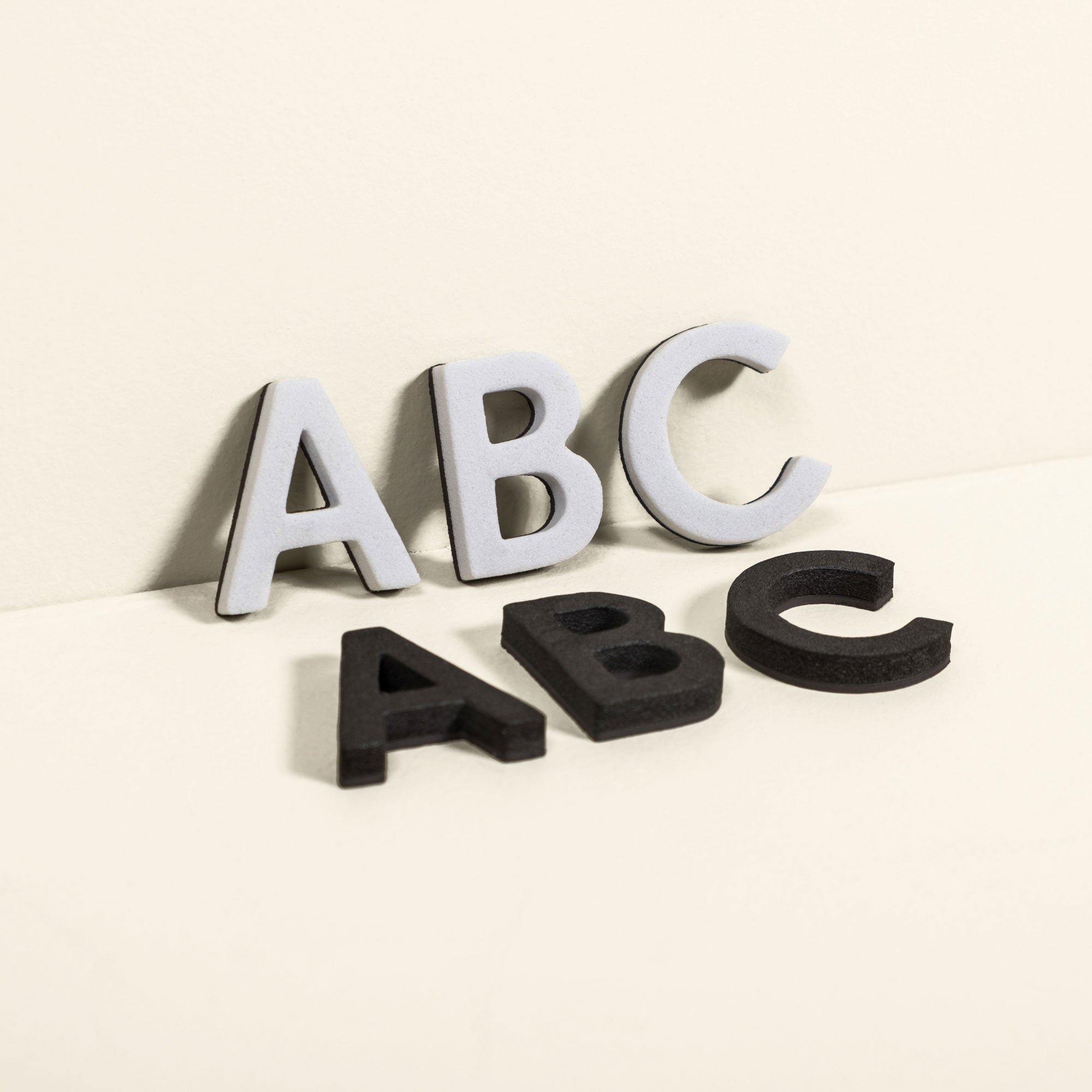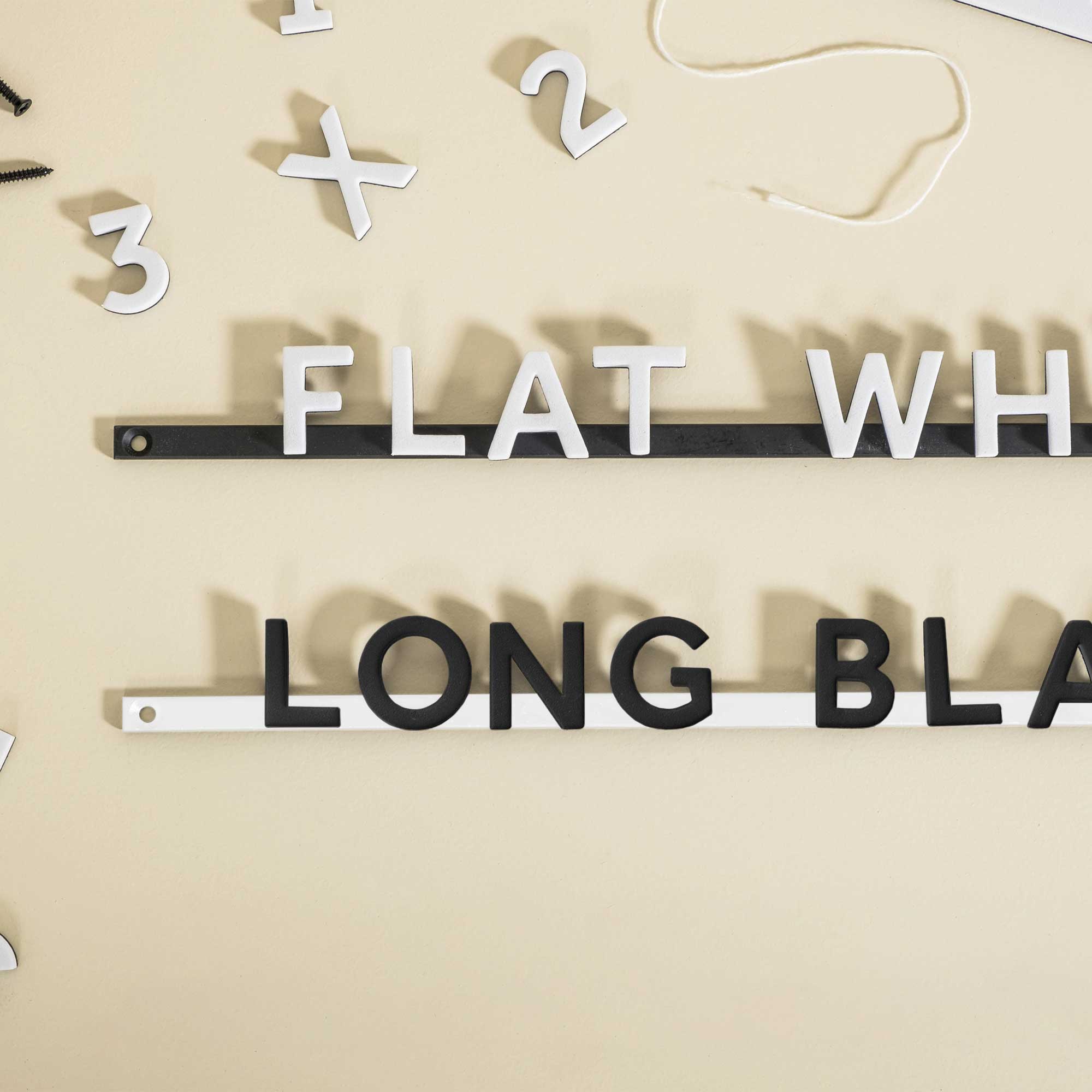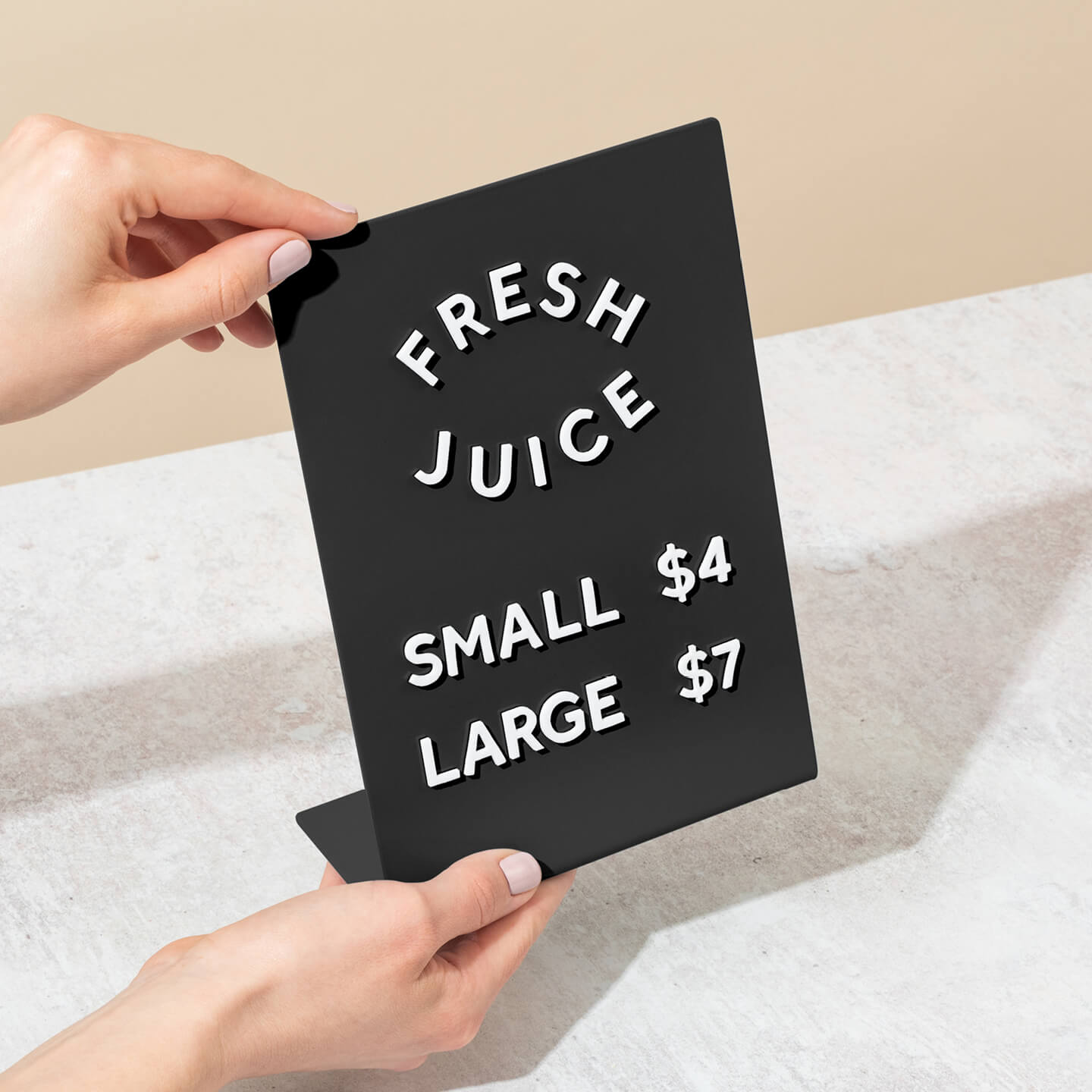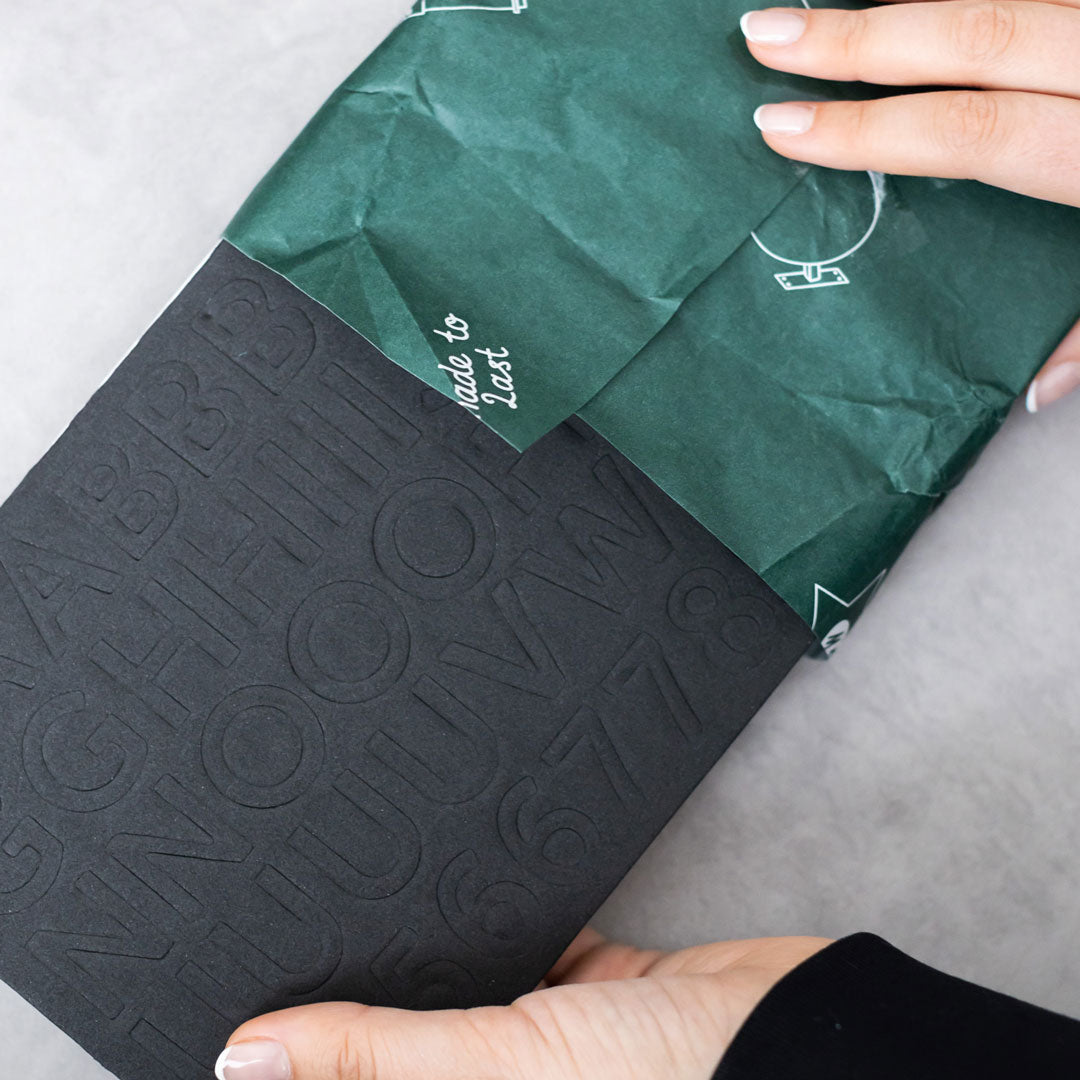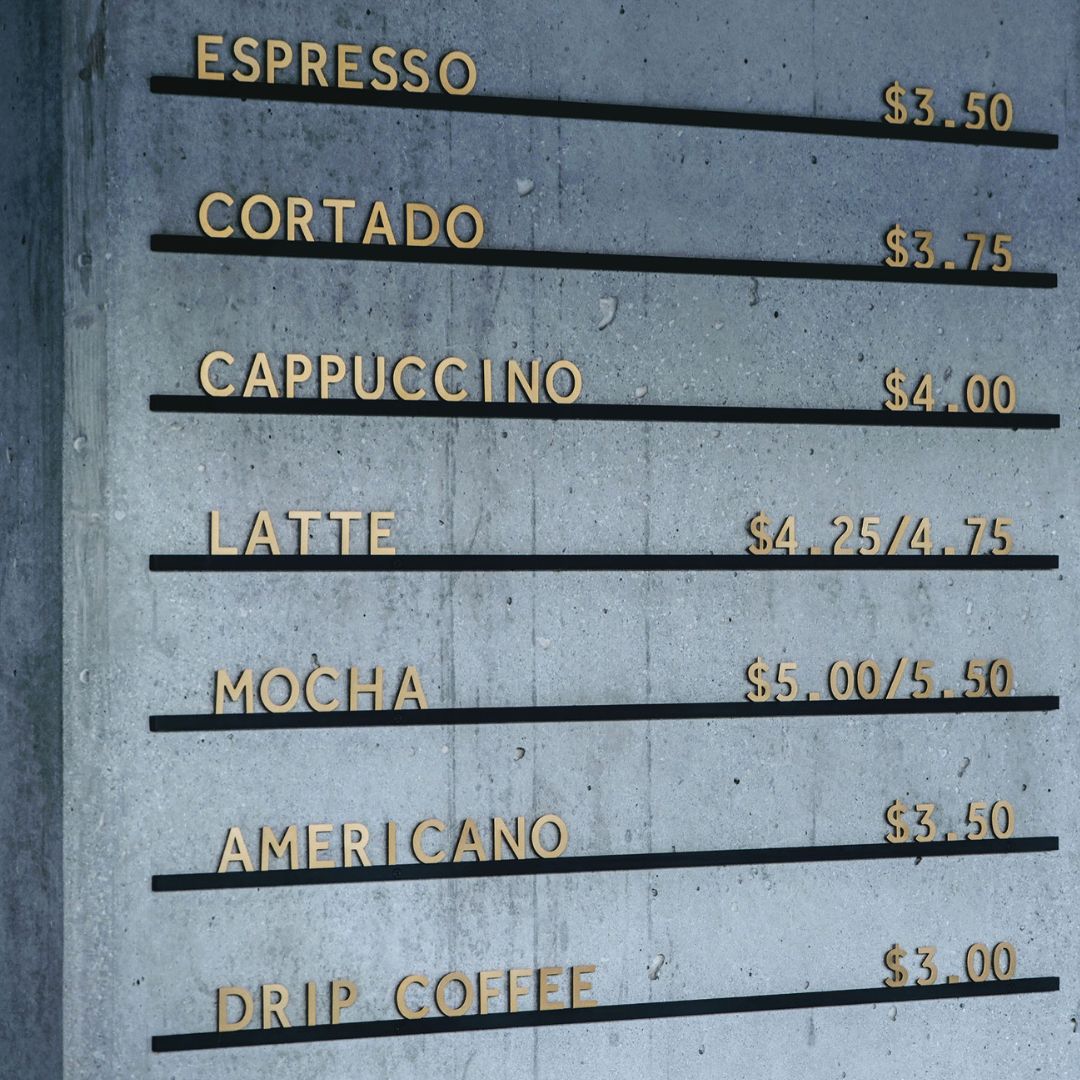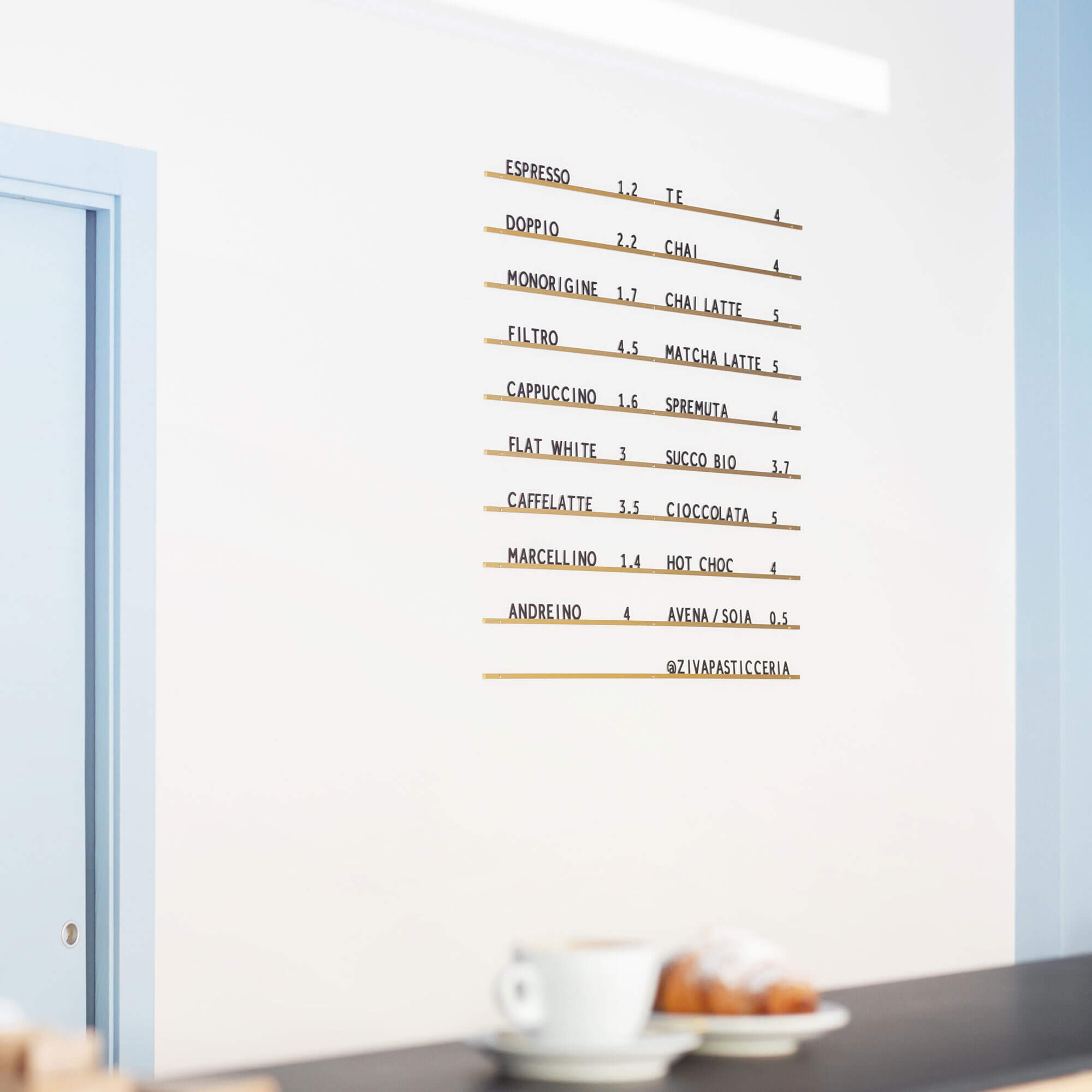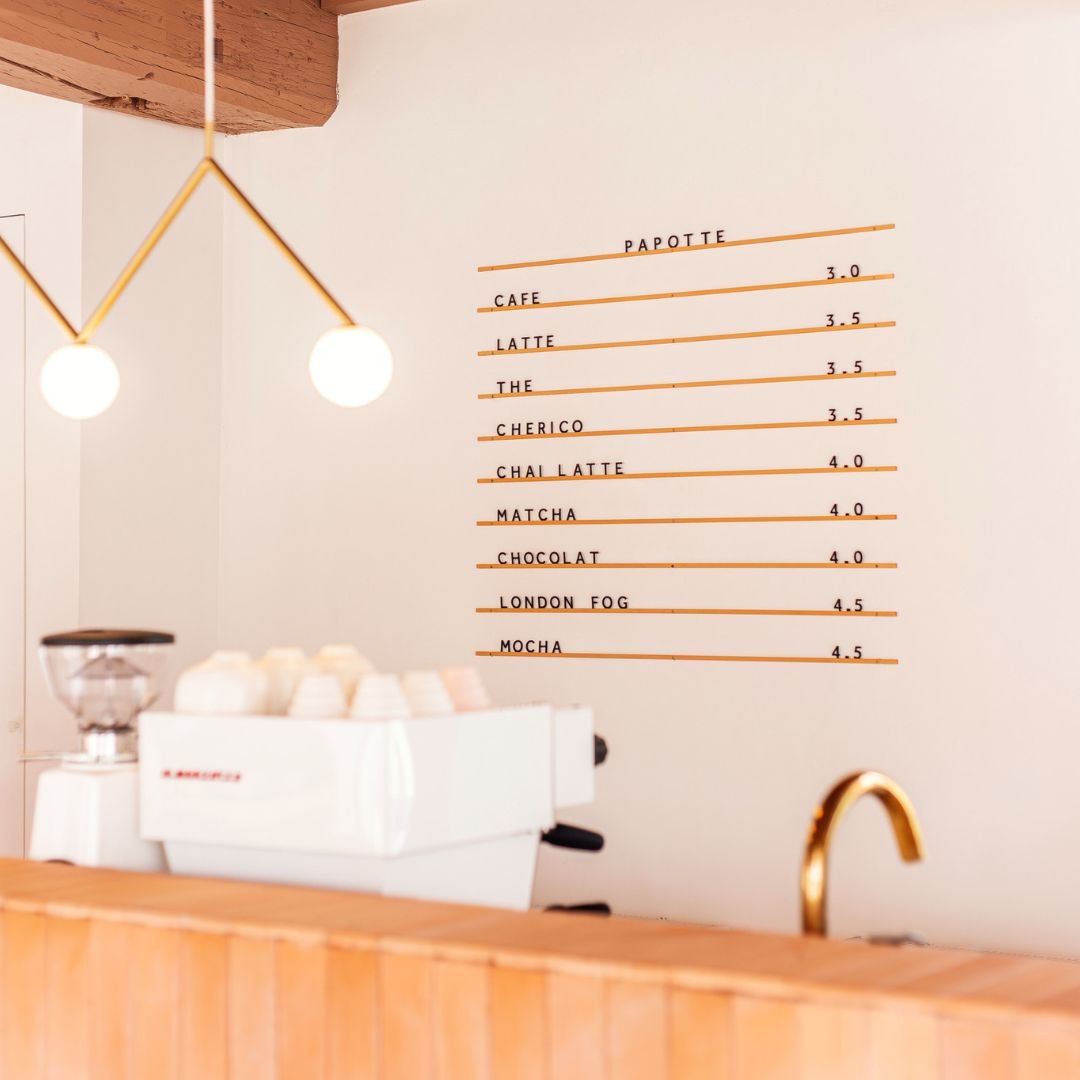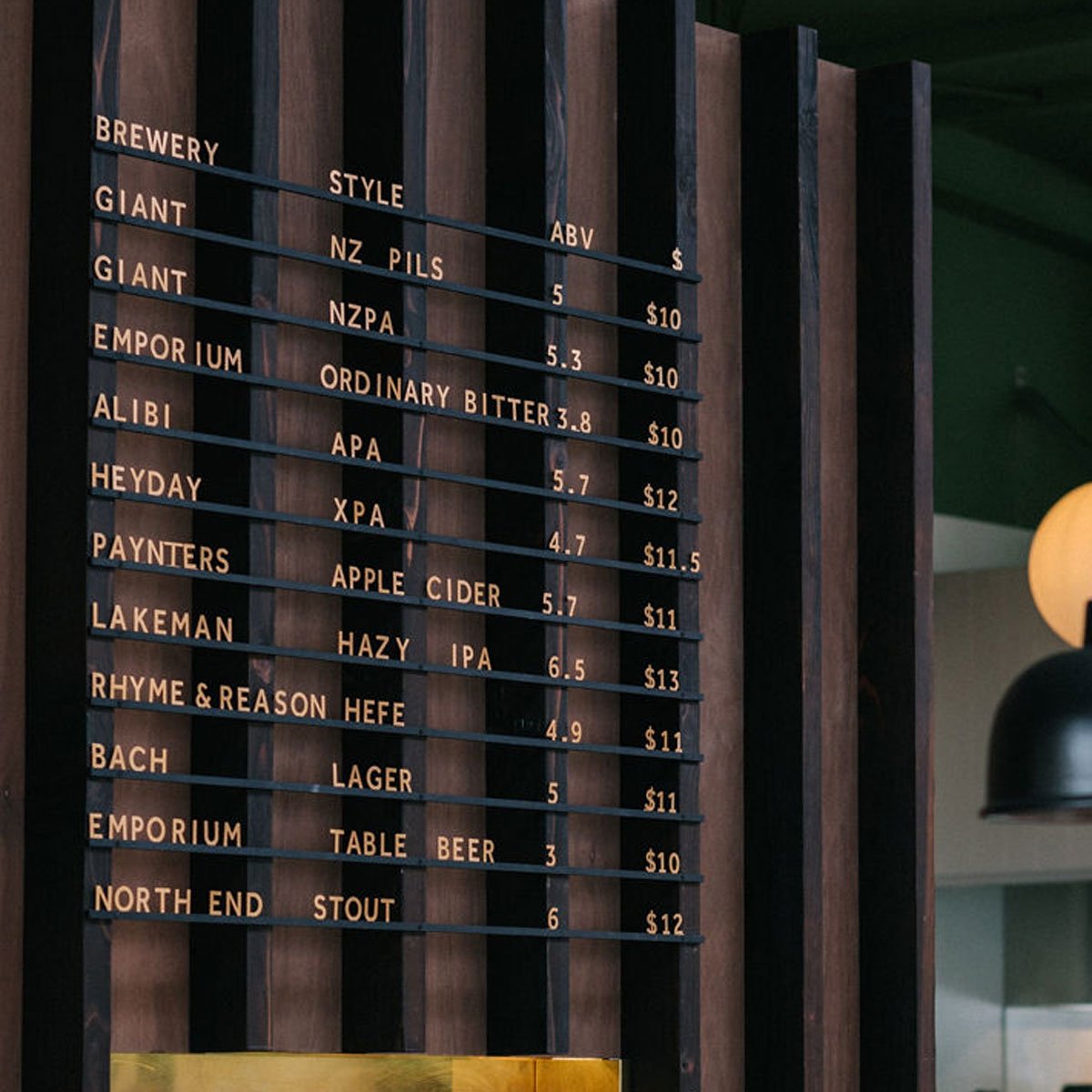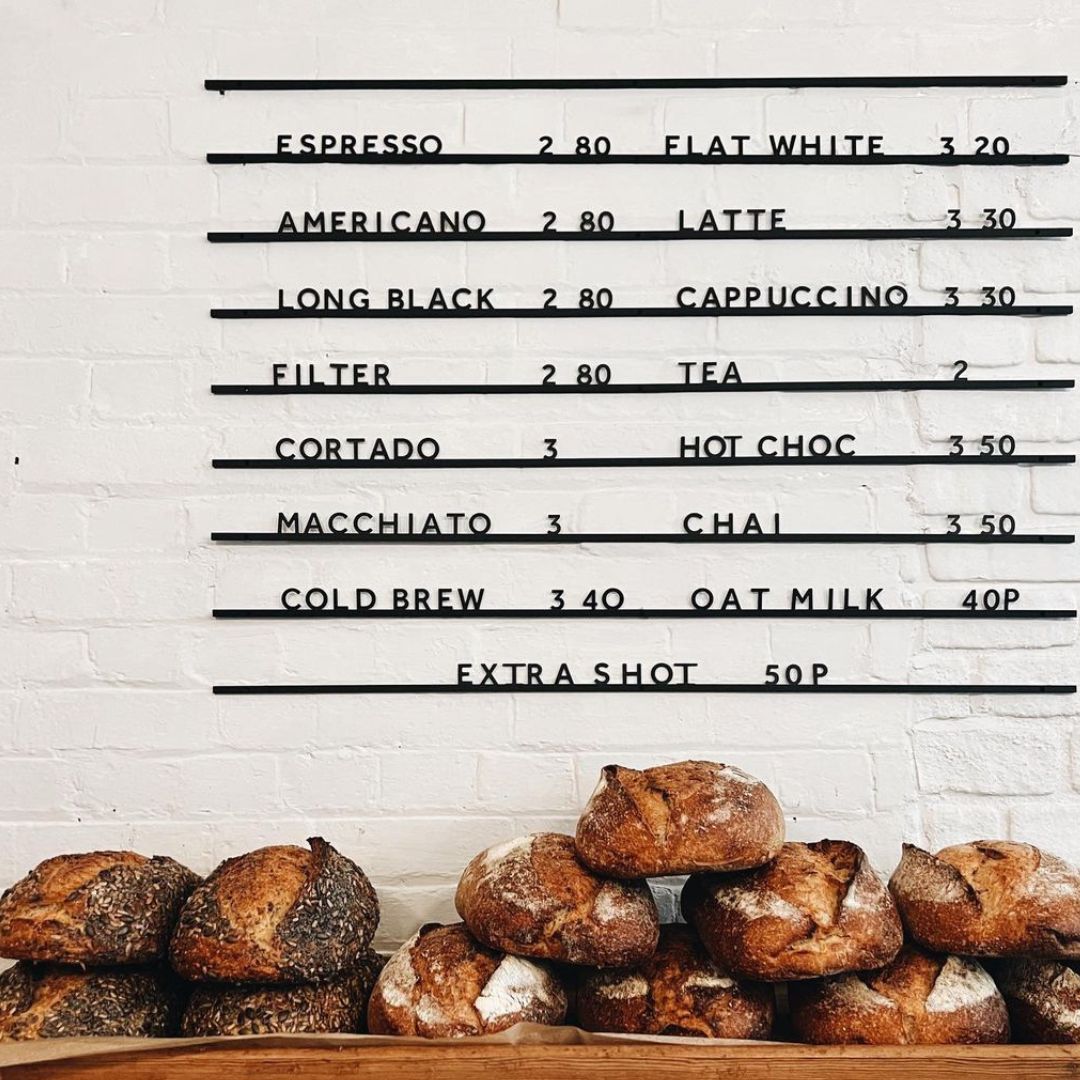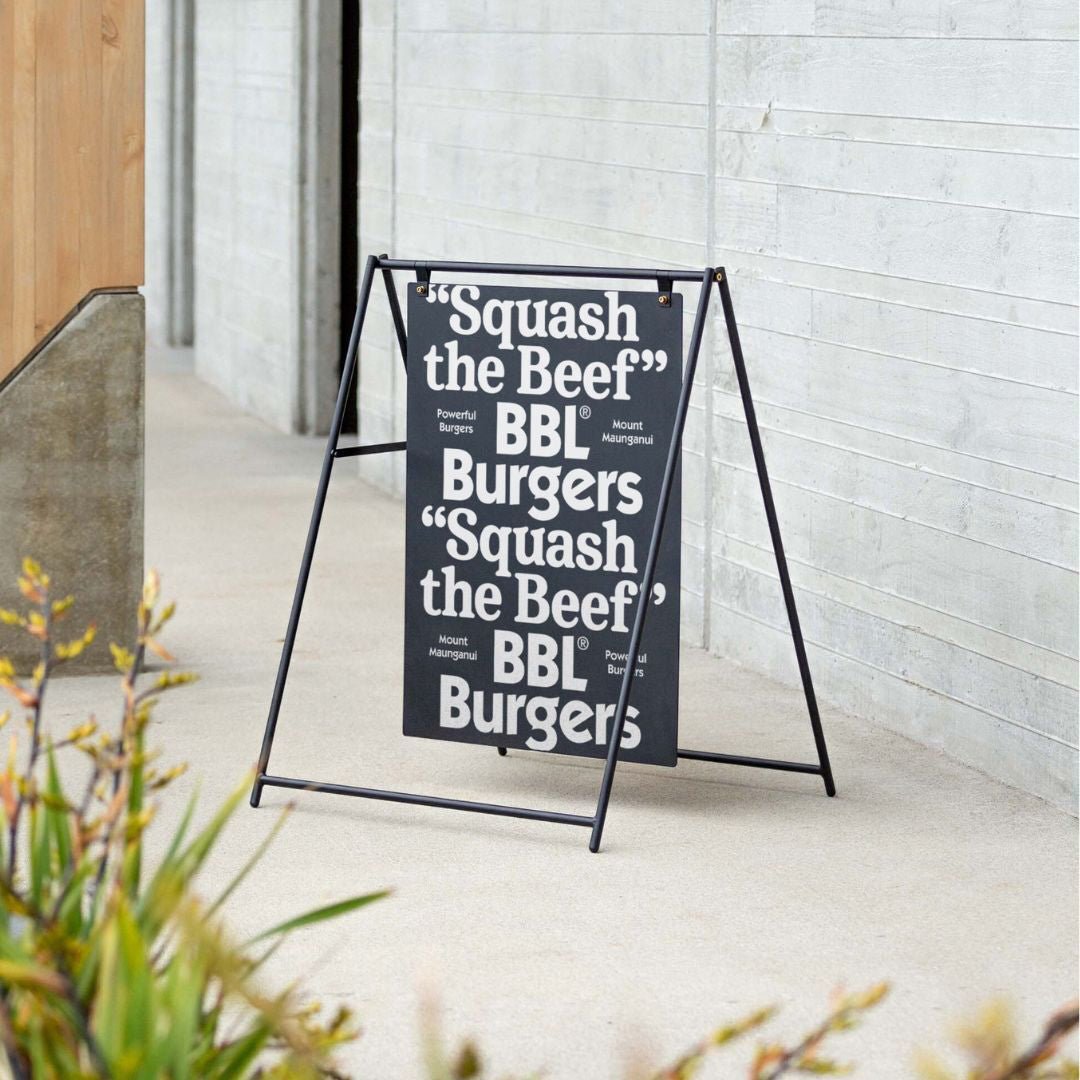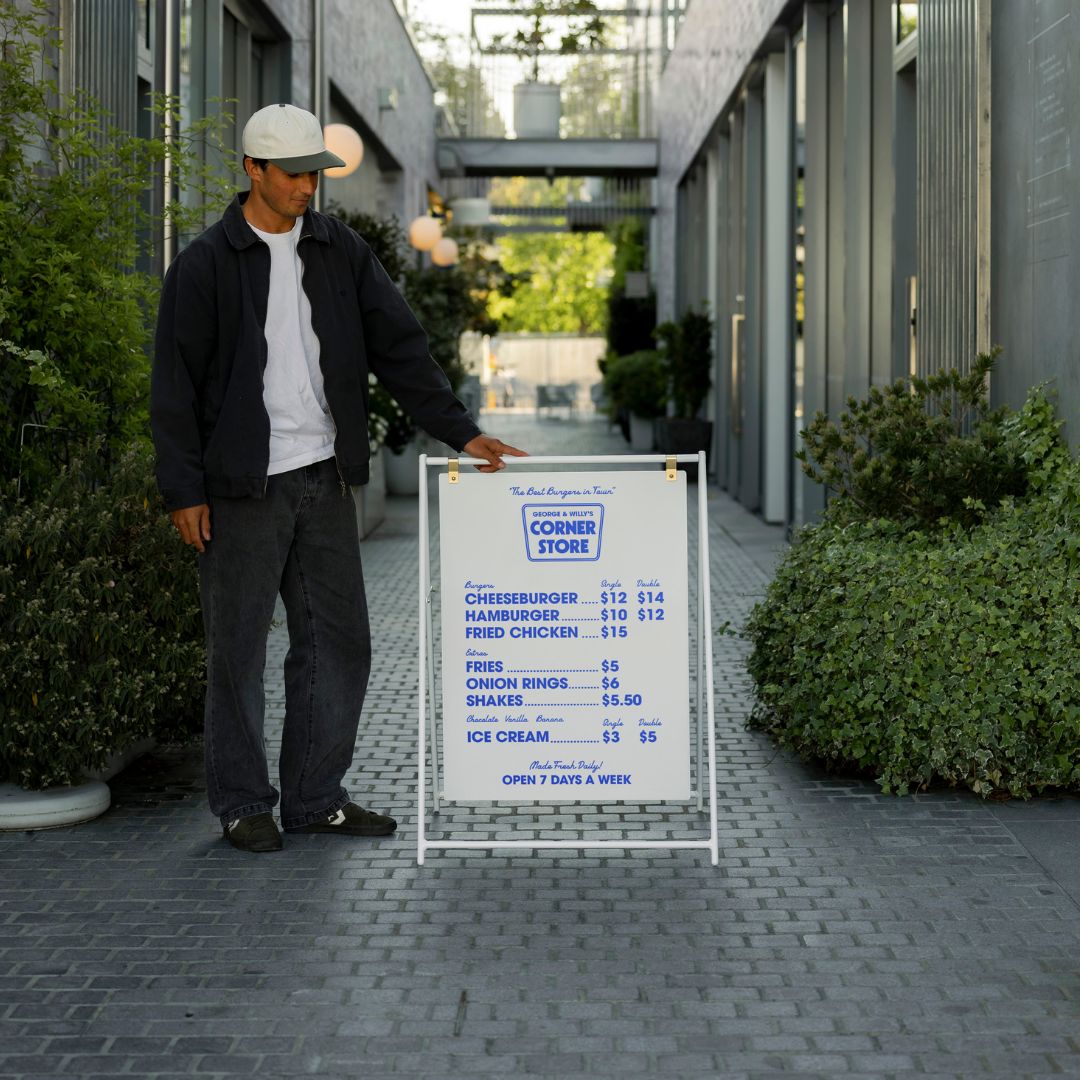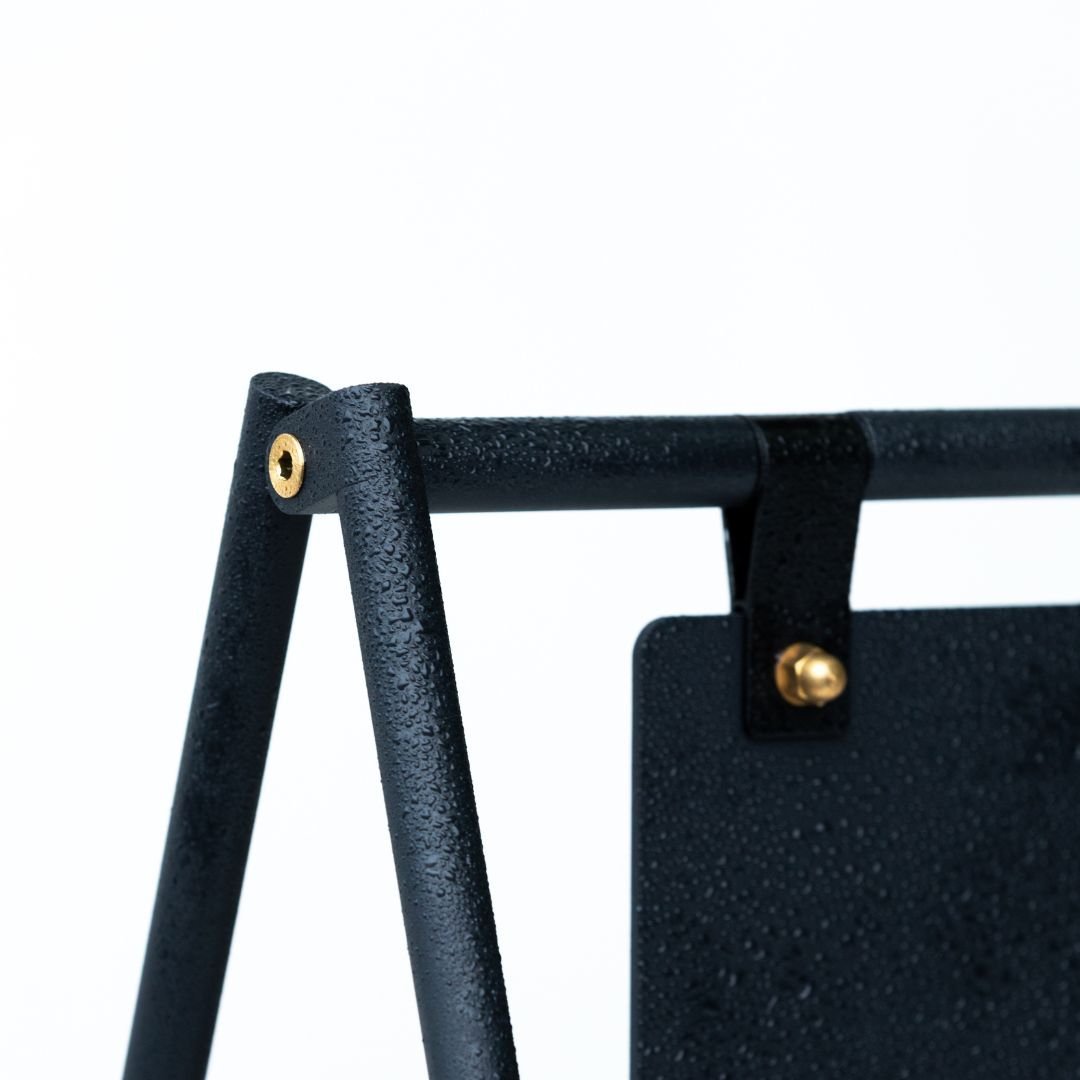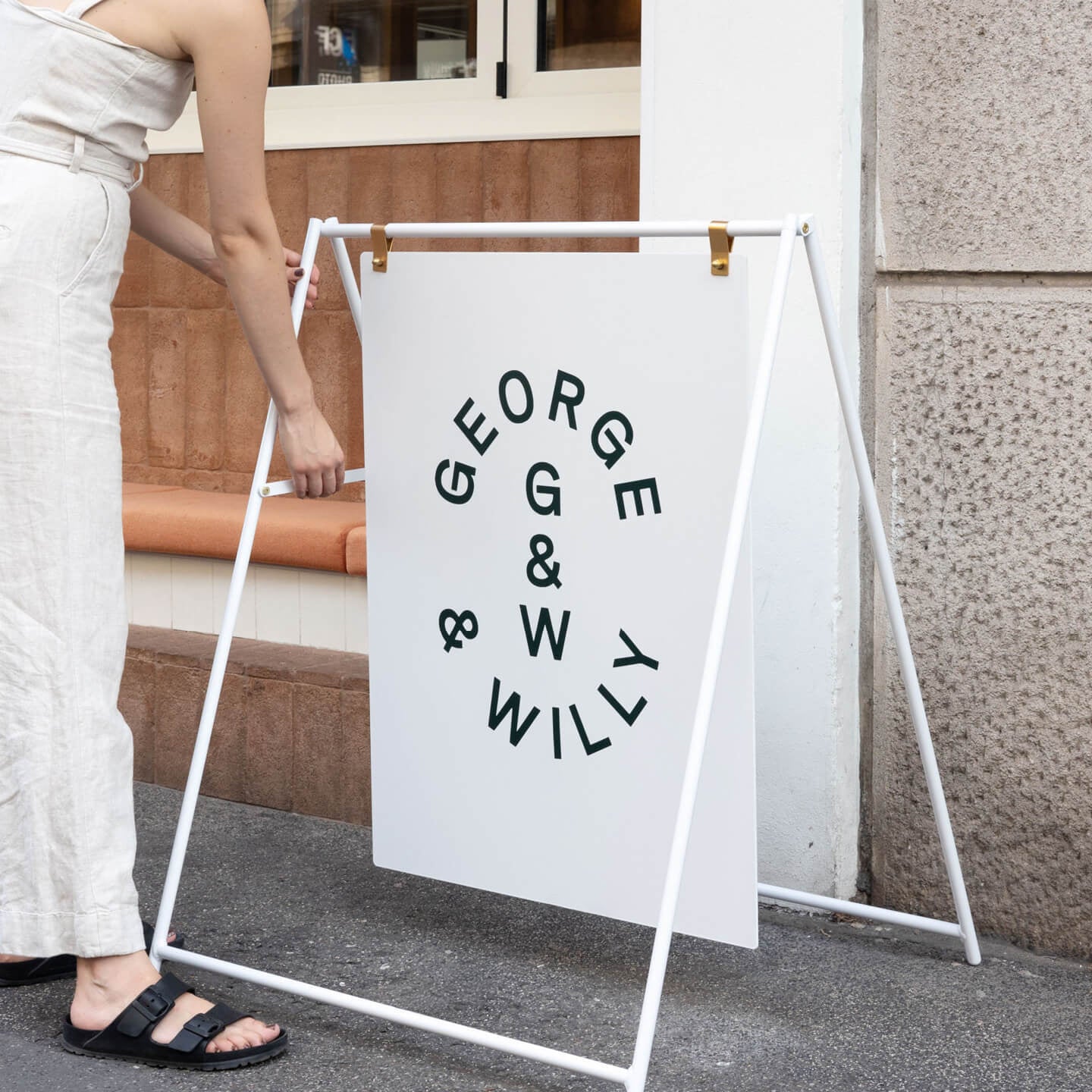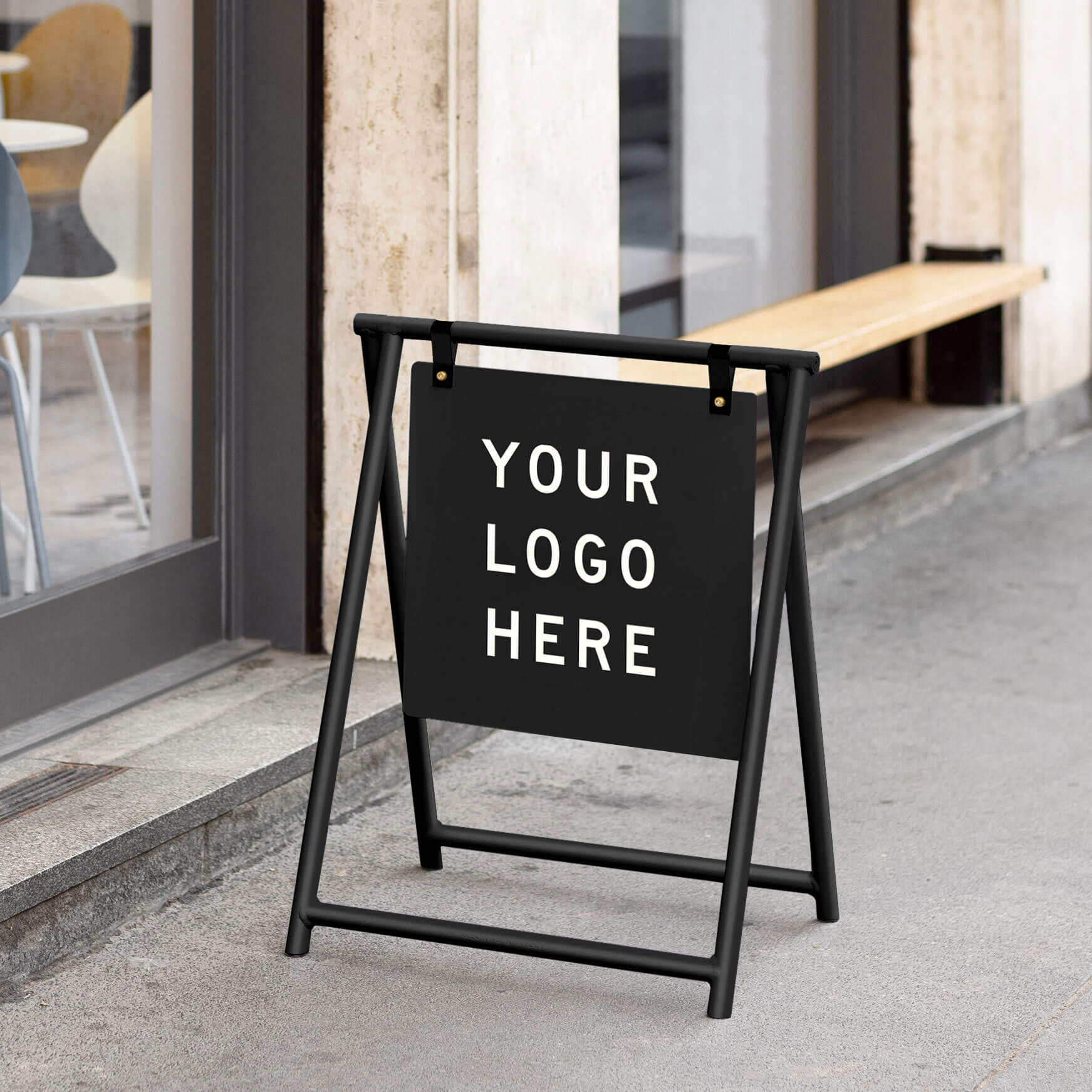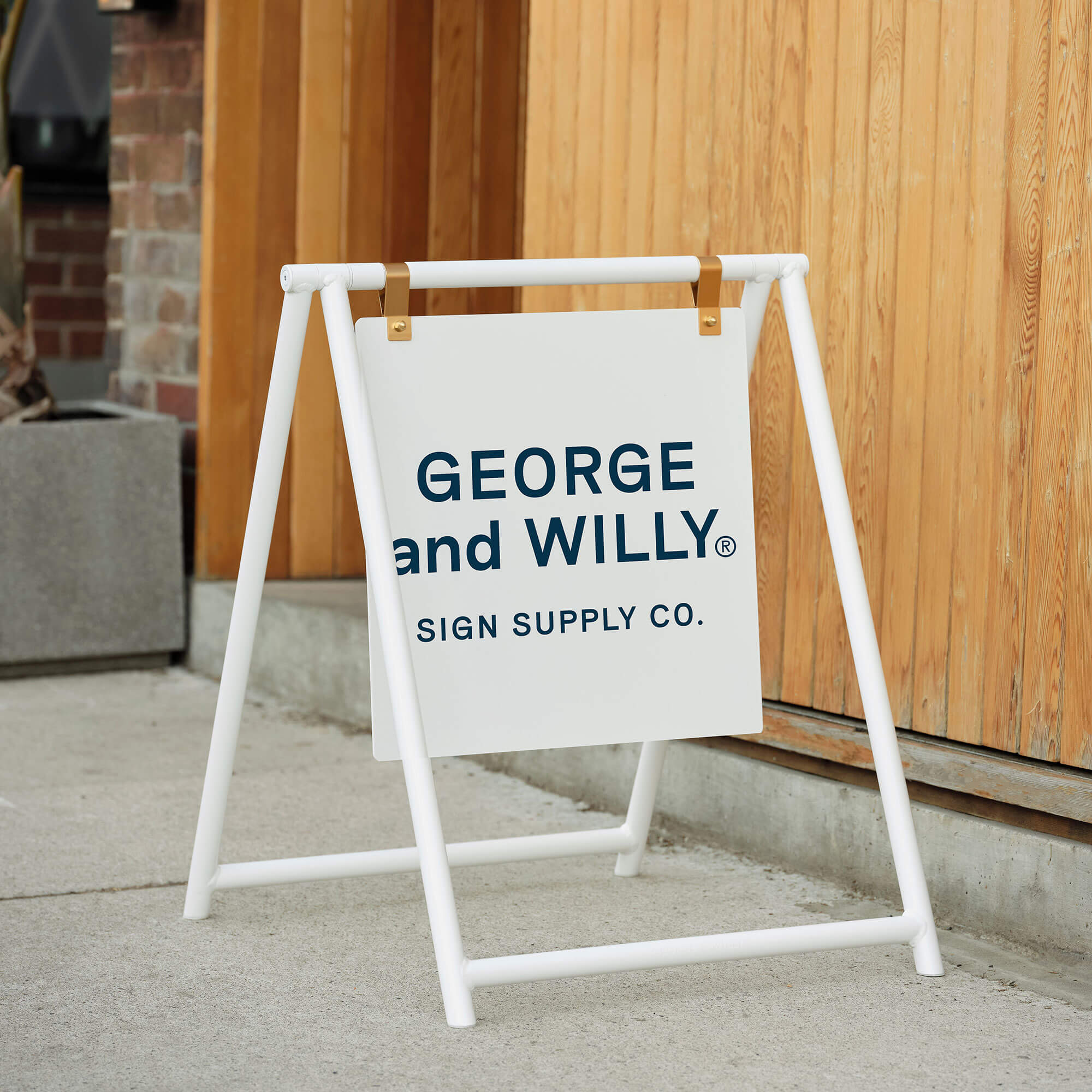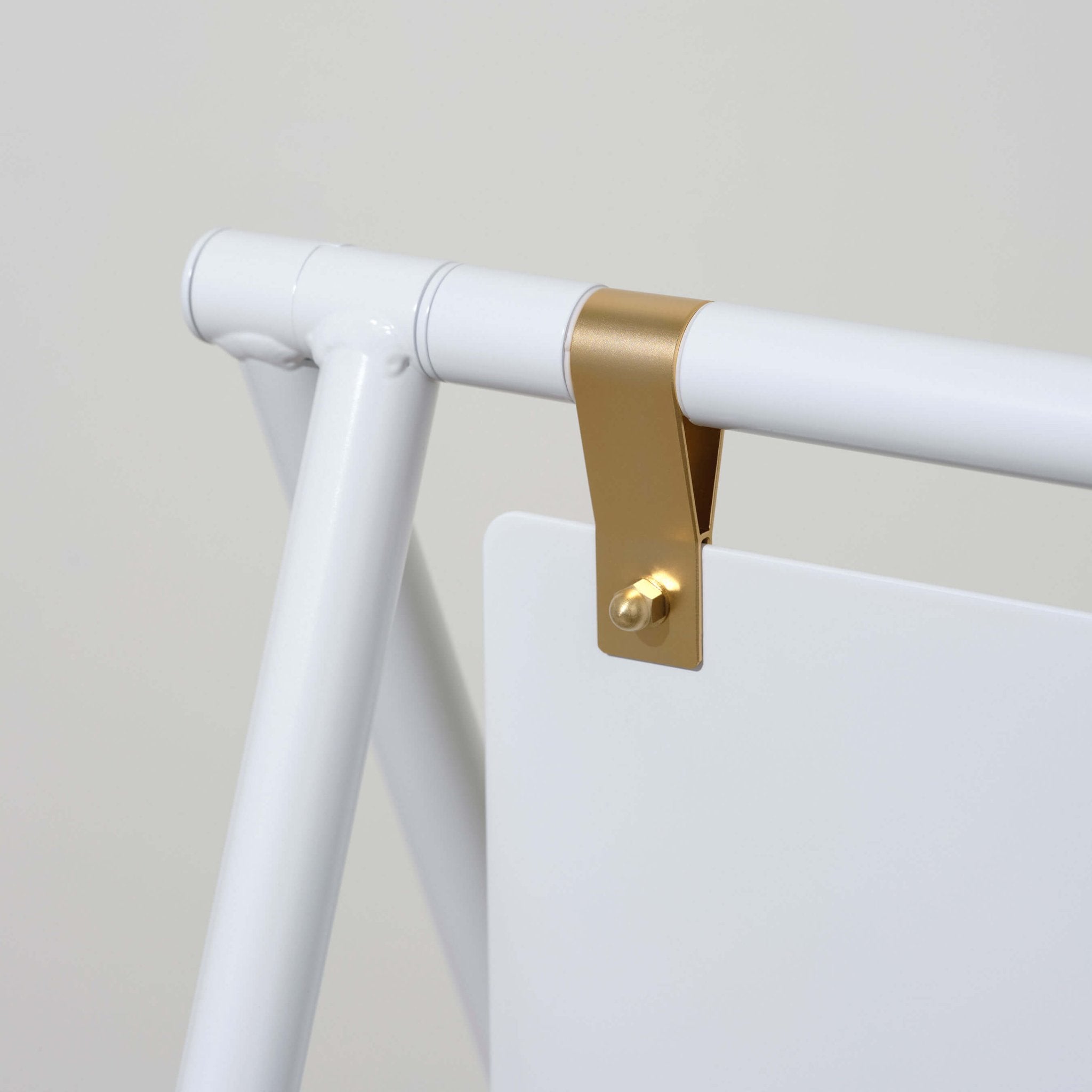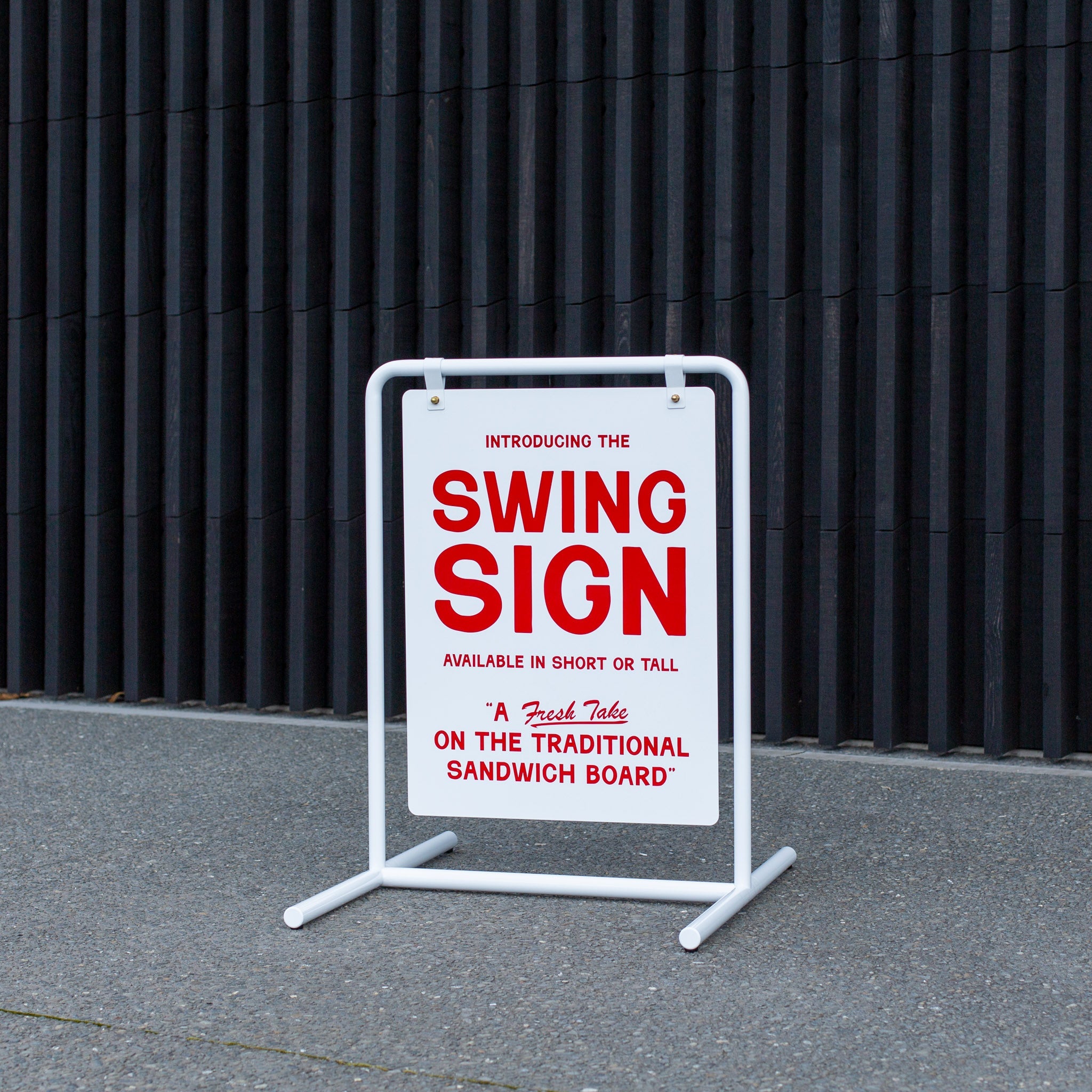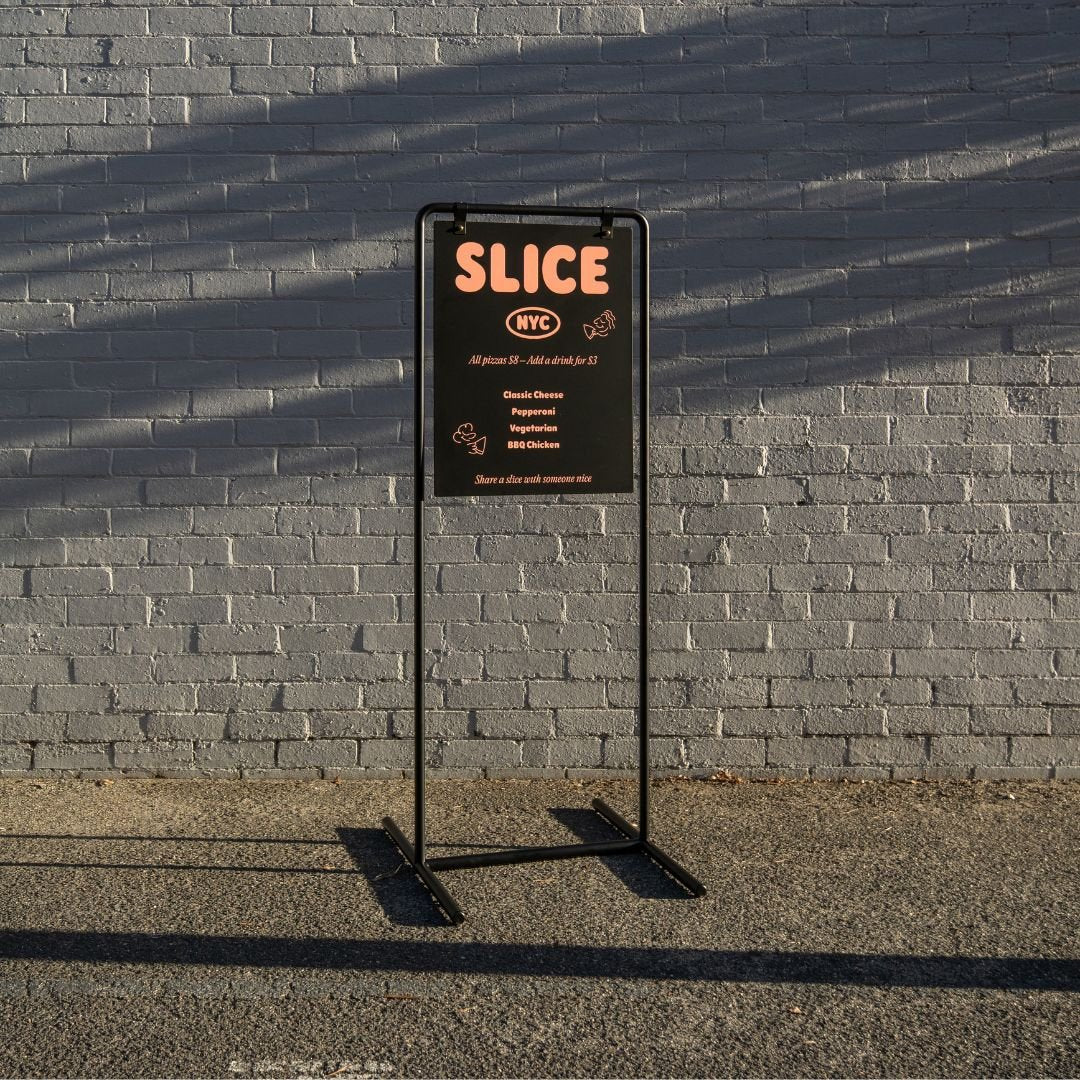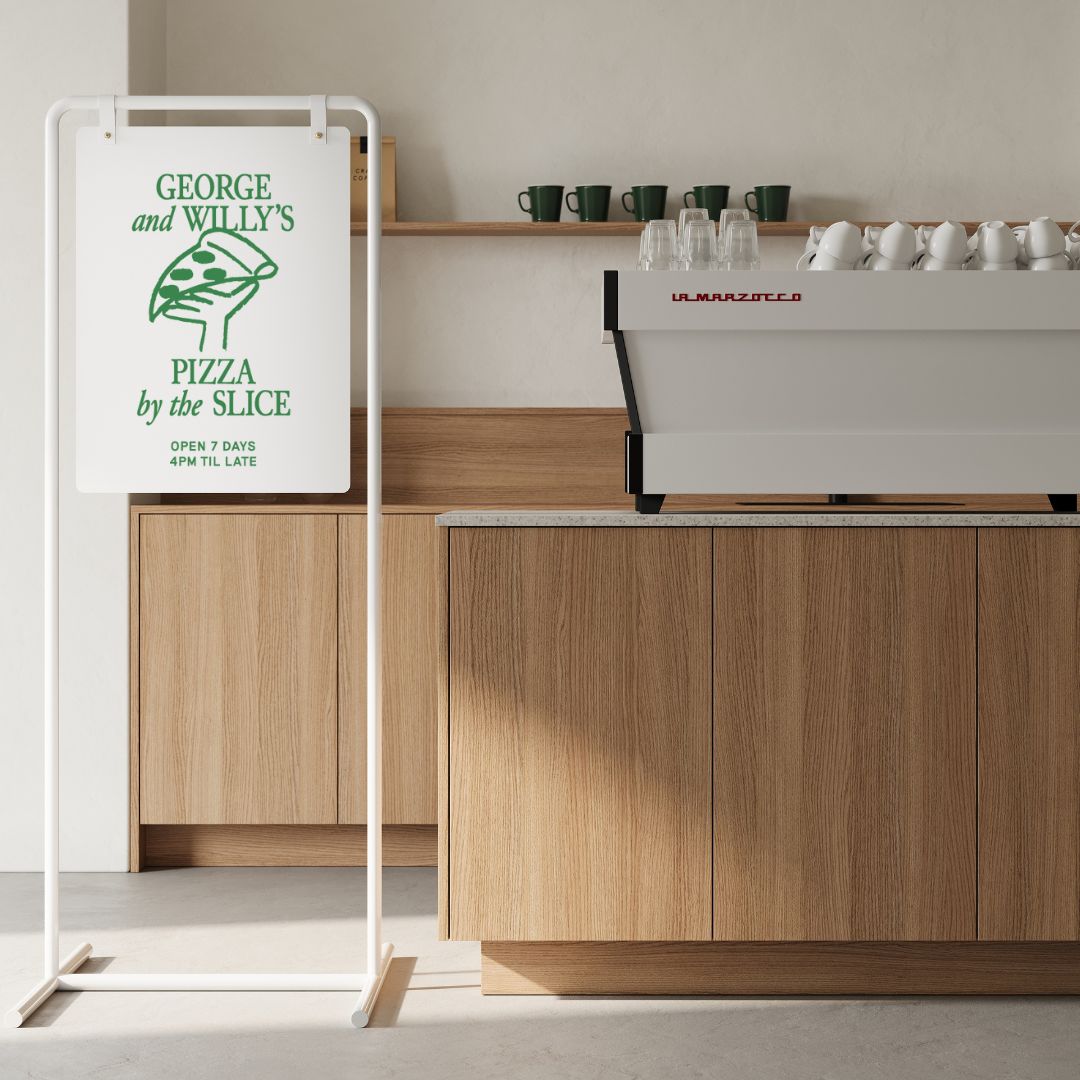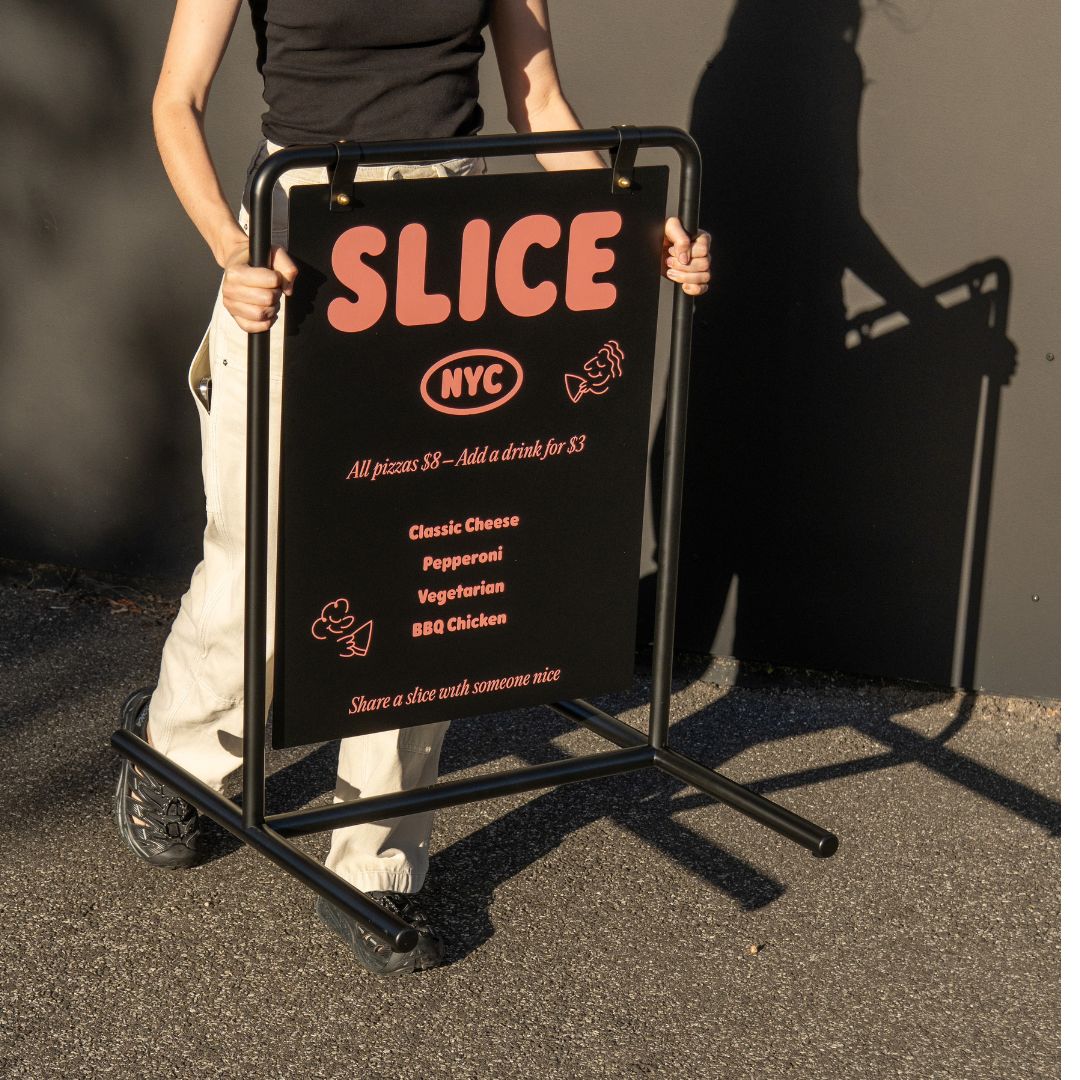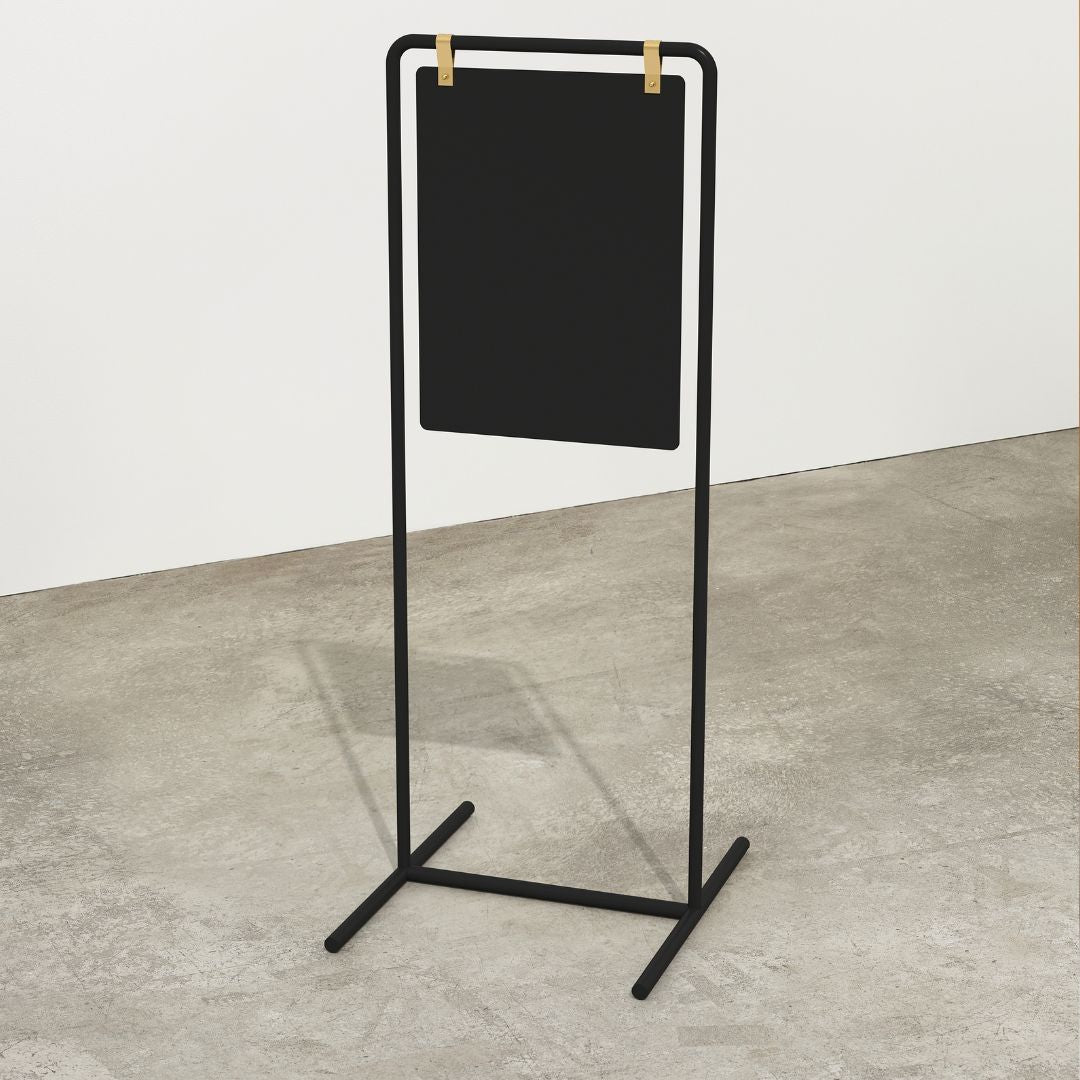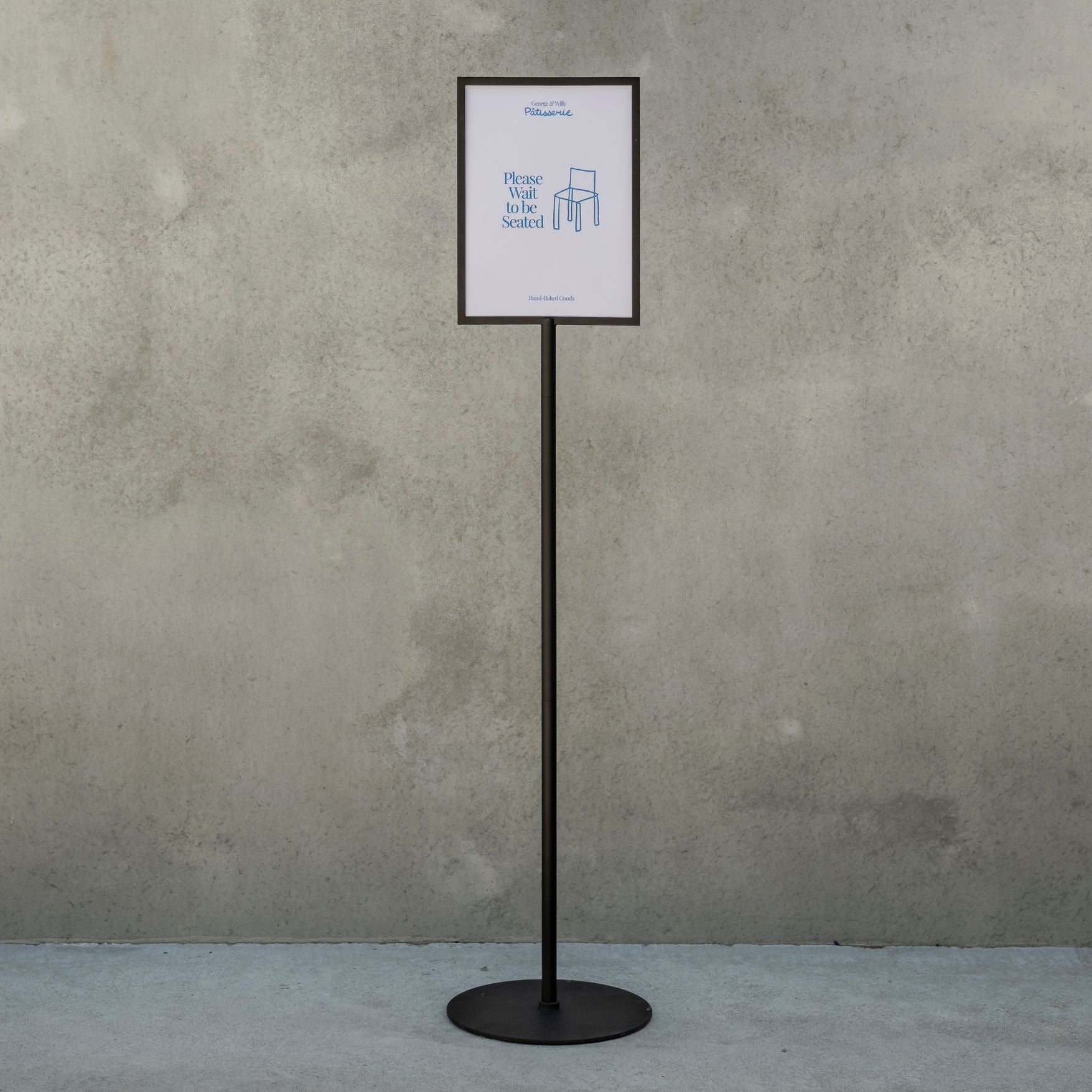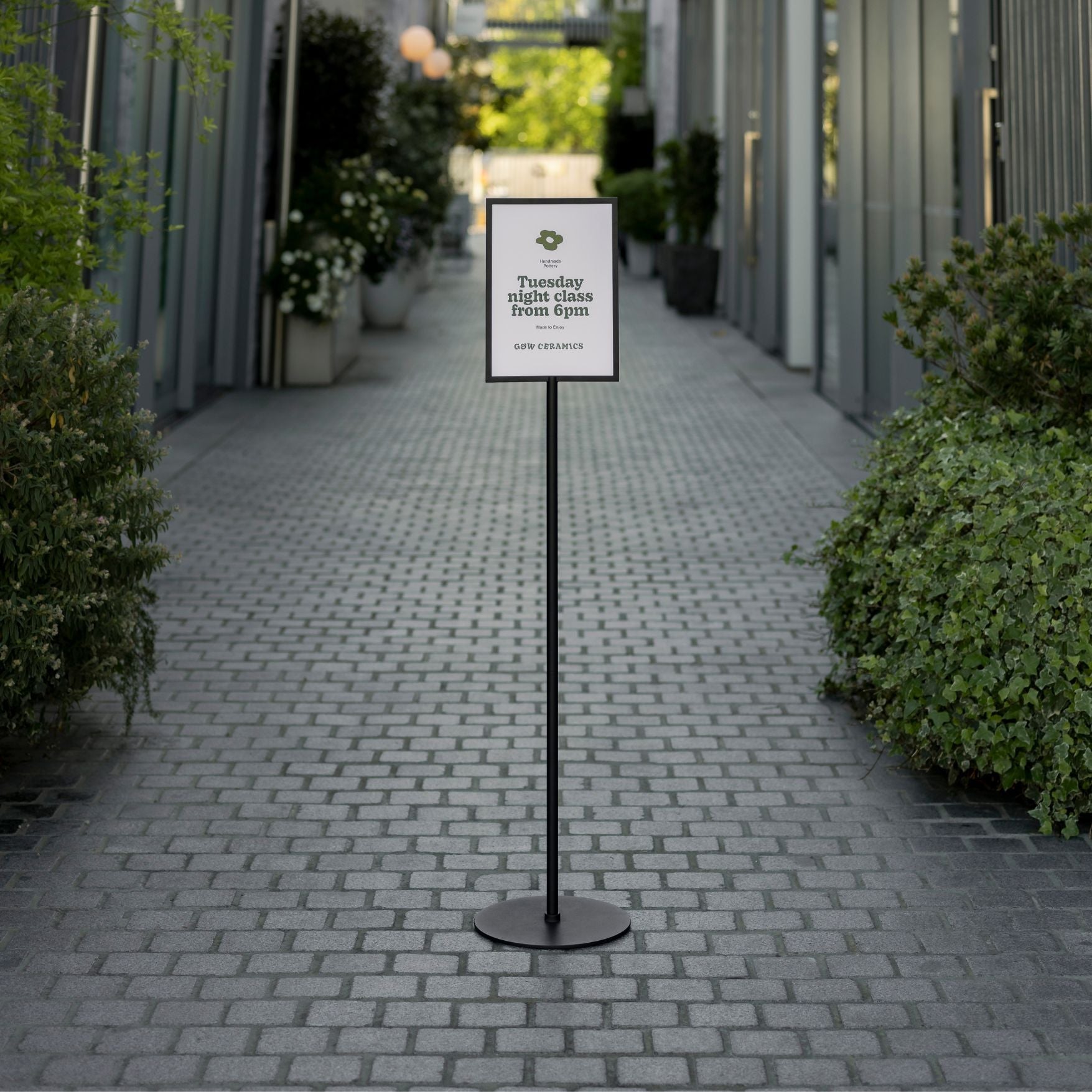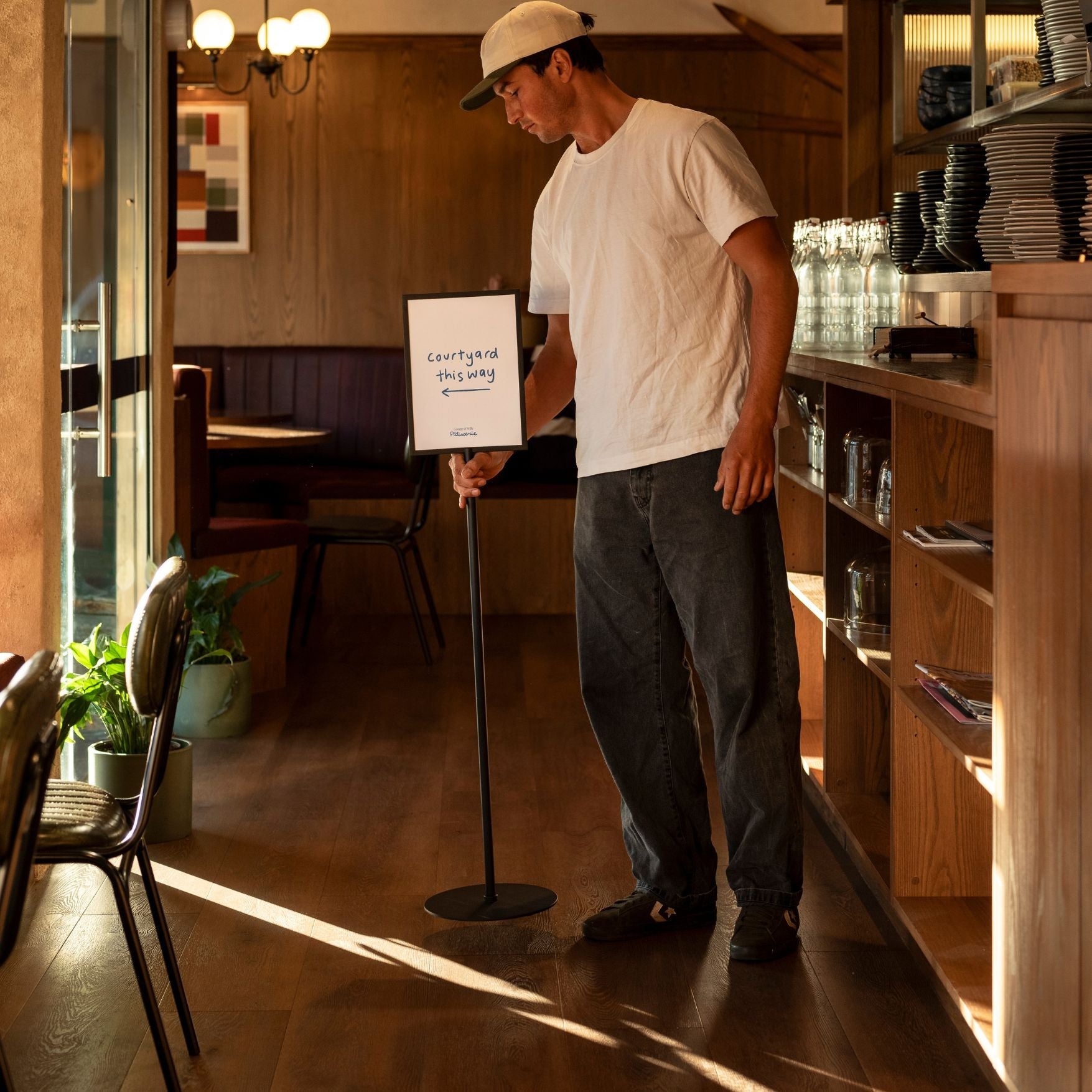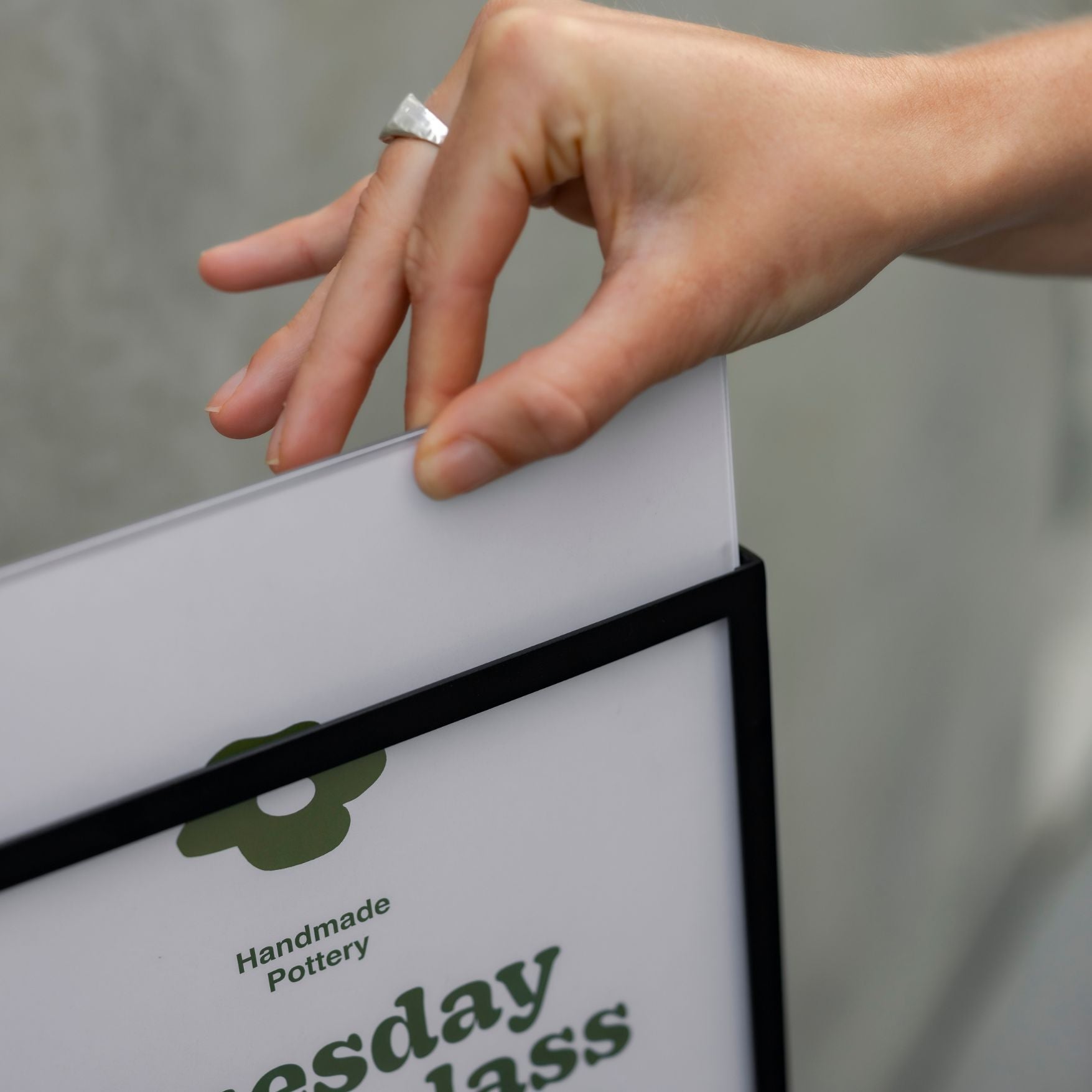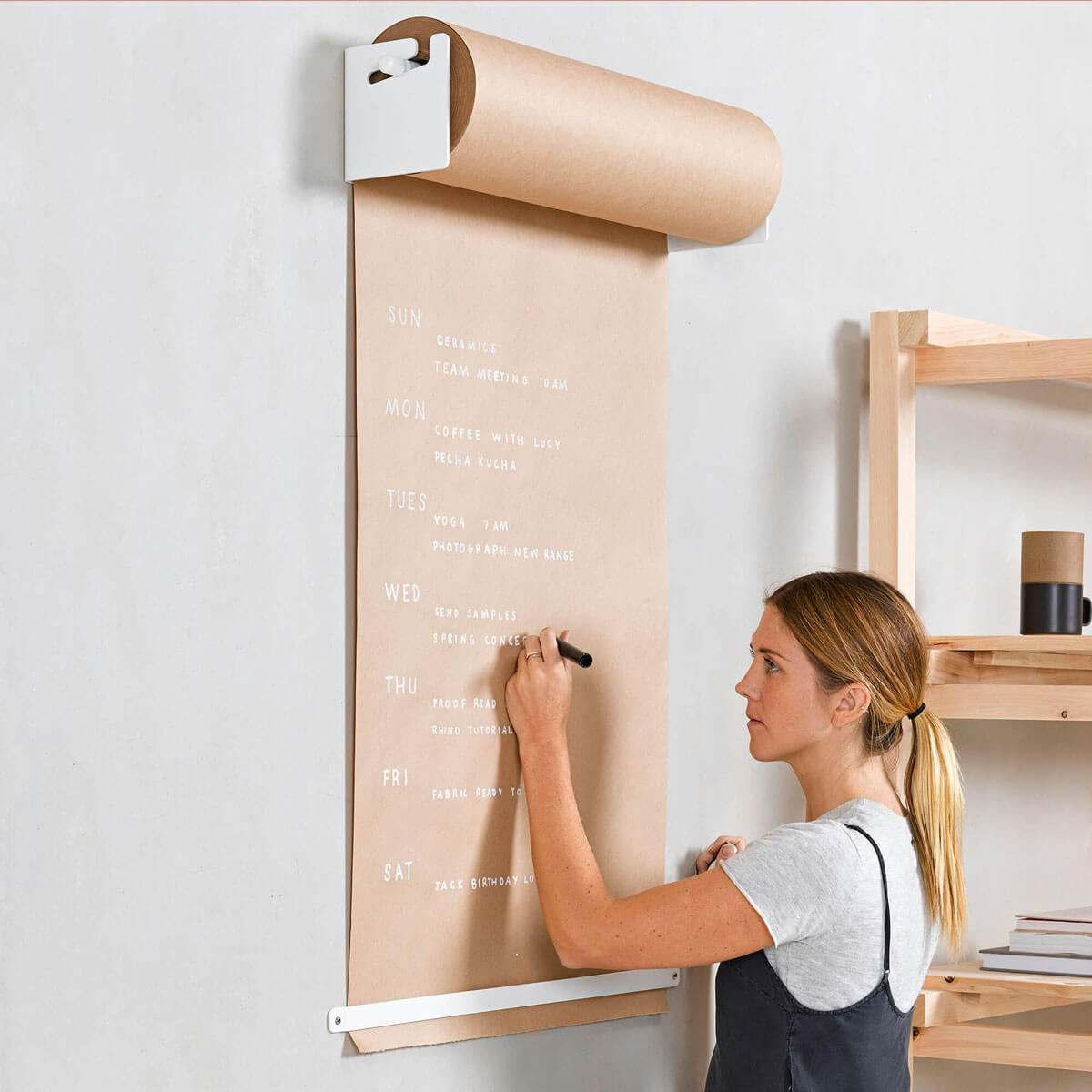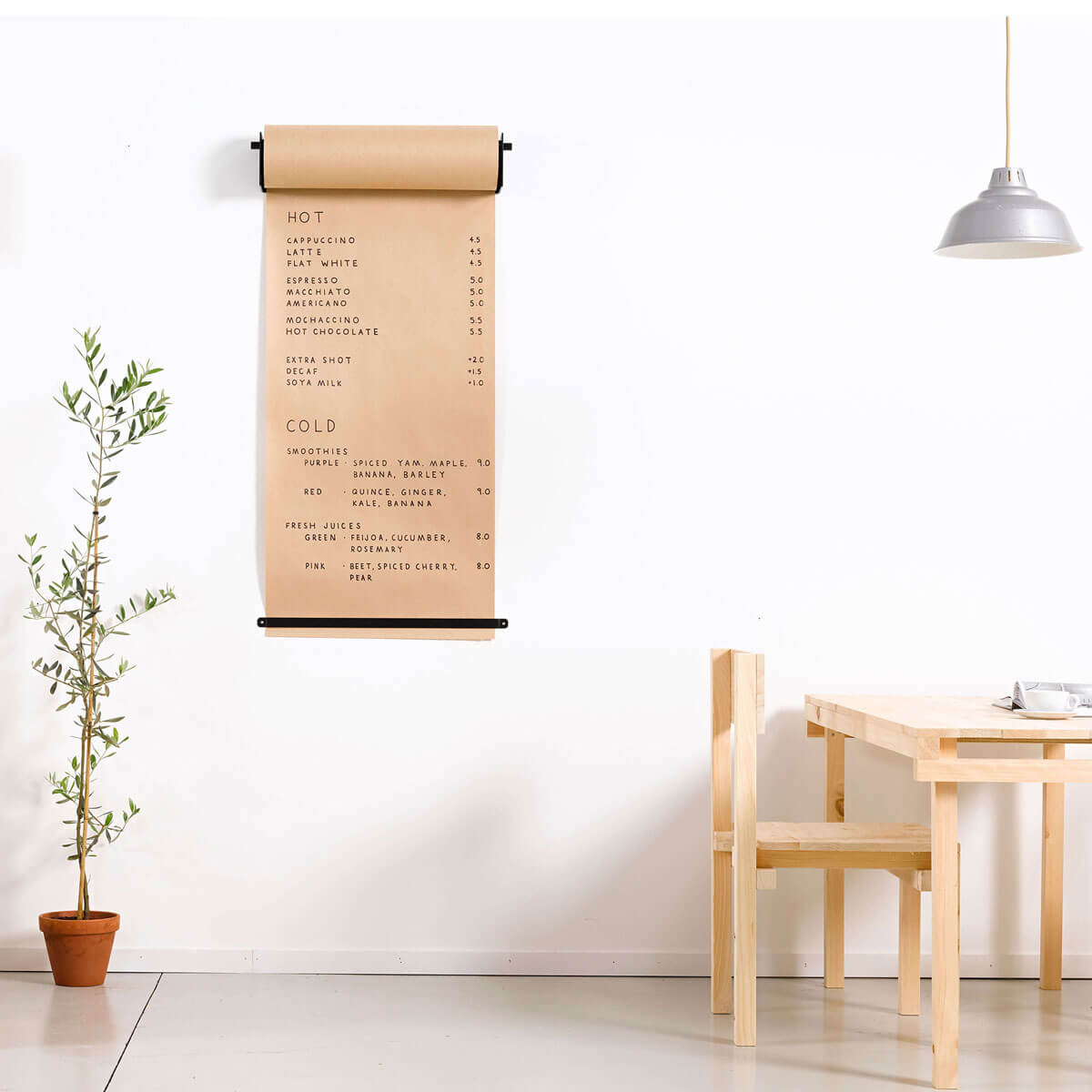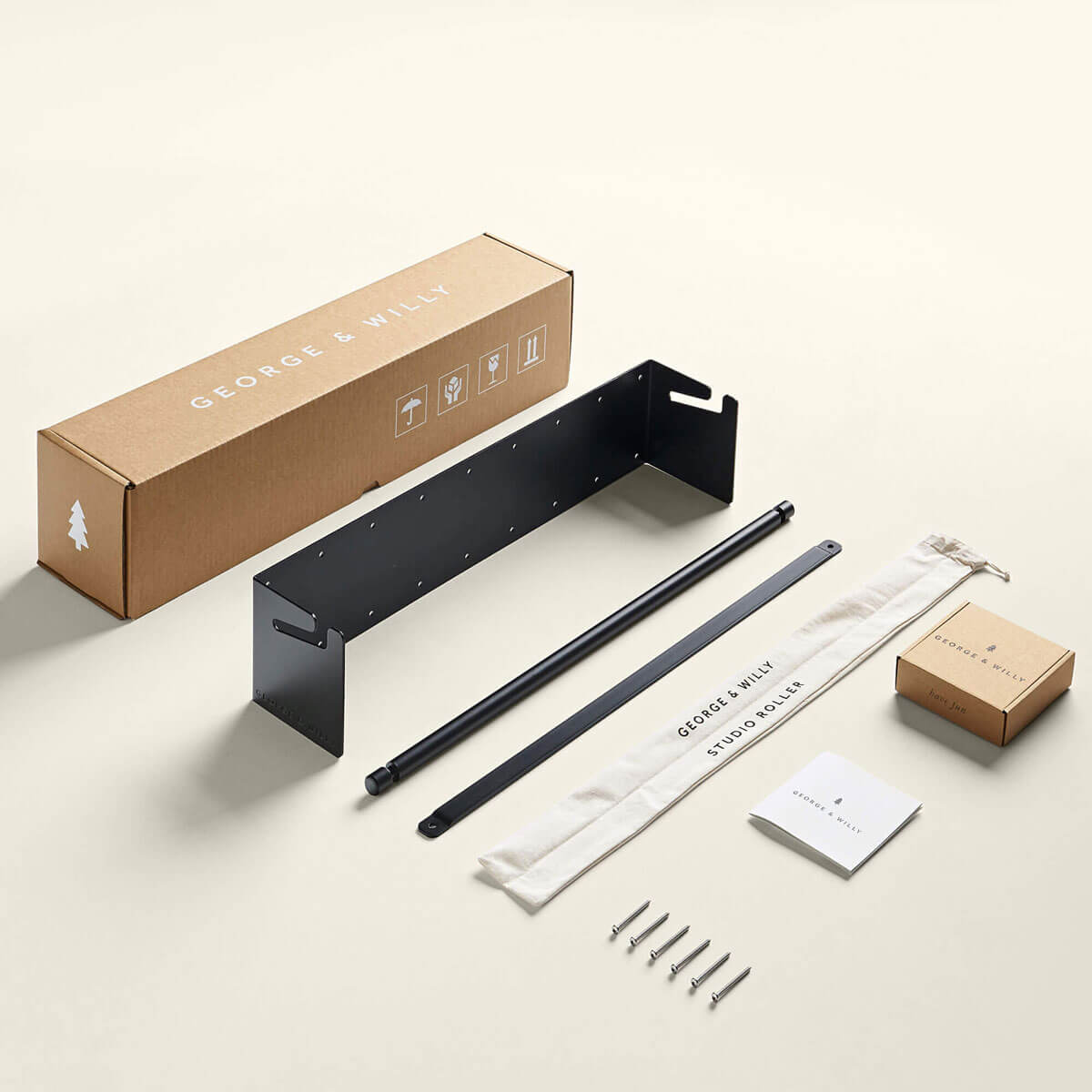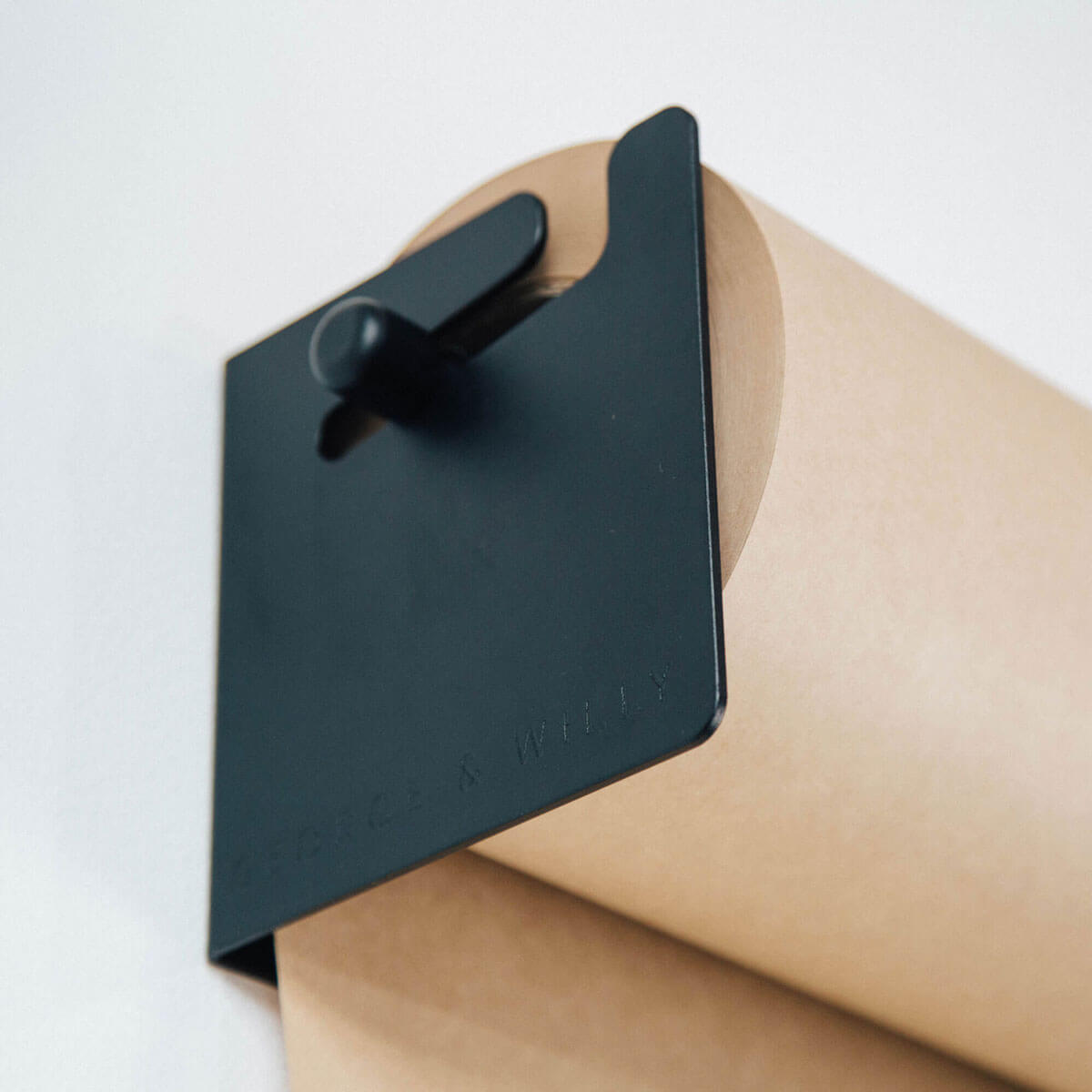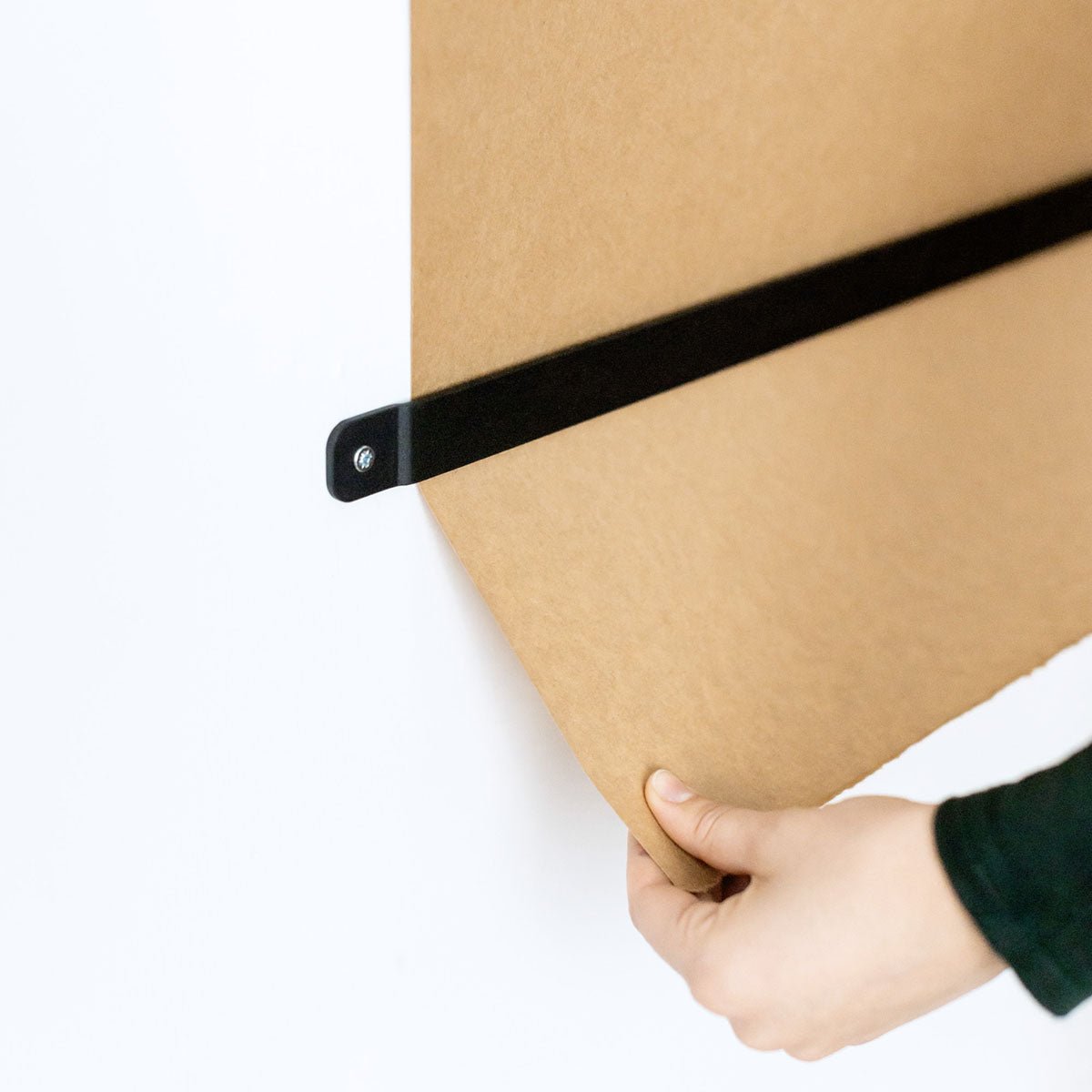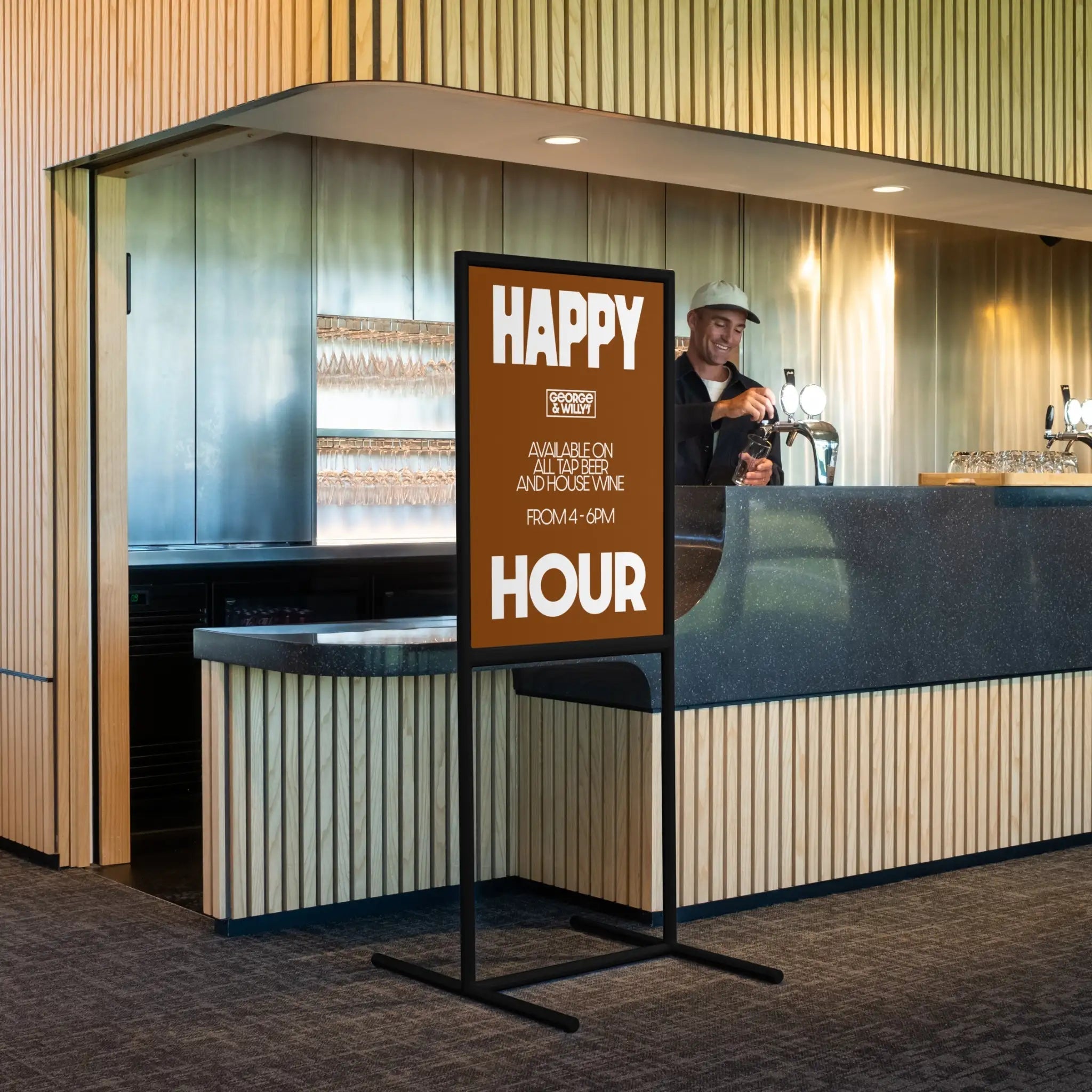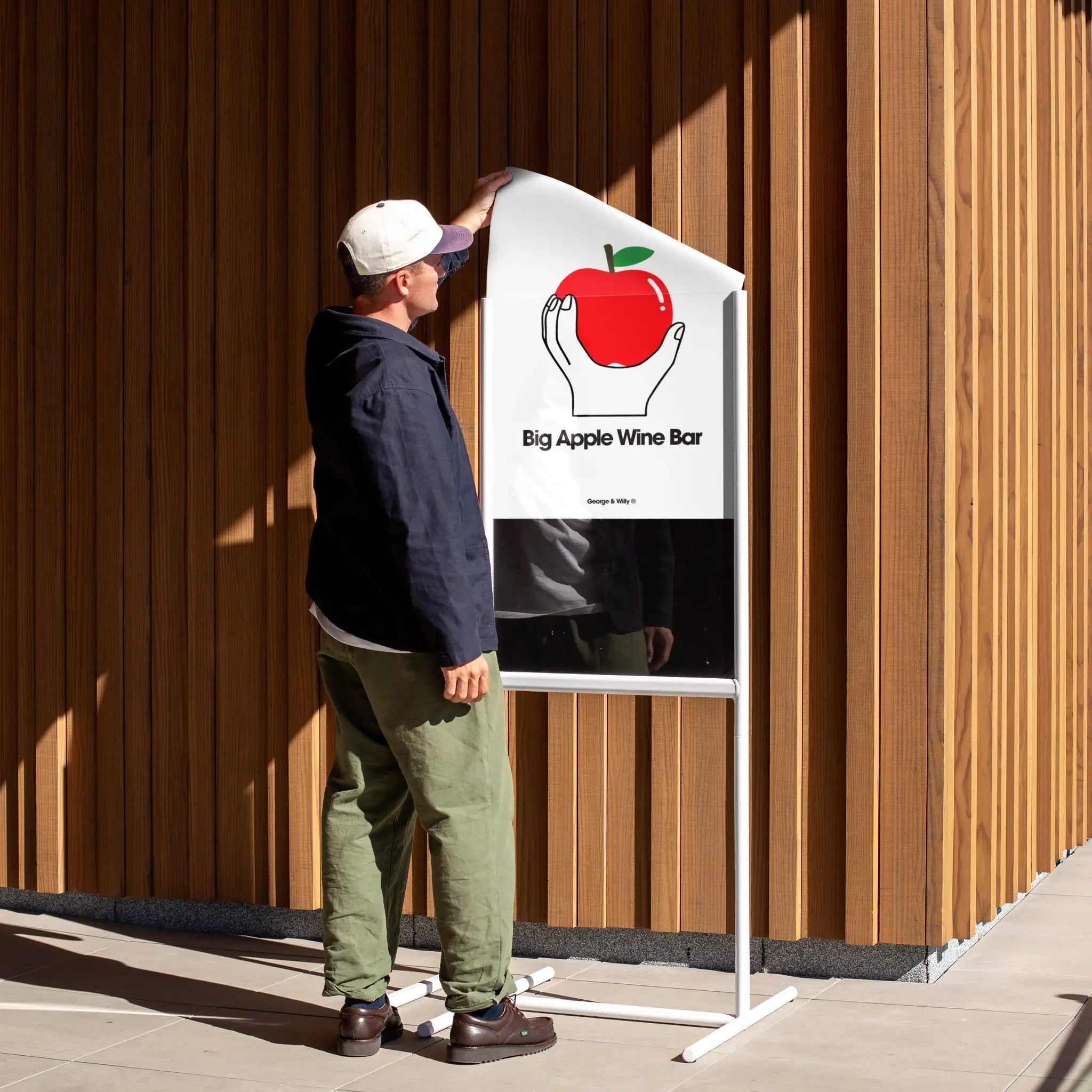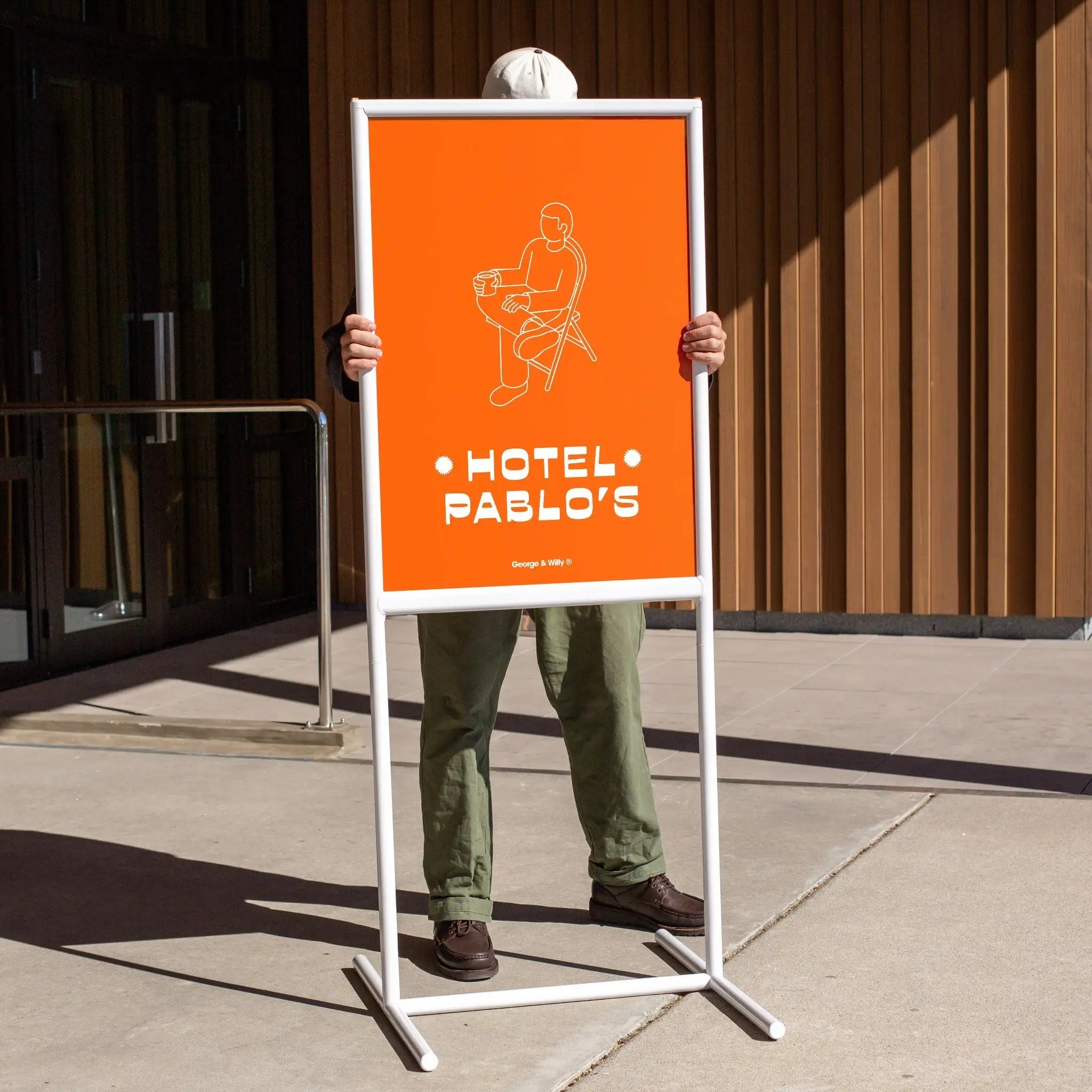Thinking about starting your own venture? A lawn sign business is a fantastic way to jump into entrepreneurship with surprisingly low startup costs and a whole lot of creative fun. Whether you’re celebrating birthdays with huge “yard card” greetings or helping local businesses advertise, this guide walks you through everything you need to know, from initial idea to your first happy customer.
The Startup Process: From Idea to Reality
Launching a lawn sign business involves a clear series of steps. It all begins with research and planning. You’ll need to check out your local market to see what the demand is like. Are people looking for birthday greetings, graduation announcements, or real estate signs? Once you’ve found your niche, you’ll handle the essentials like business registration. Many entrepreneurs form an LLC to protect their personal assets, a process that is typically quick and simple. You’ll also need to secure any local business licenses and get liability insurance.
With the legal groundwork laid, it’s time to build your operation. This means buying or creating your sign inventory, setting up a simple website, and planning your marketing. With focused effort, you can get a yard sign business up and running in as little as one to three months.
Startup Costs and Equipment Needs
One of the most attractive parts of a lawn sign business is the low barrier to entry. Most independent owners spend between $4,000 and $9,000 to get started. This budget typically covers your first set of signs, basic tools, a website, and some marketing materials.
Your biggest initial expense will likely be the sign inventory itself. A comprehensive starter kit of letters, numbers, and fun graphics can cost anywhere from $2,000 to $4,000. You’ll also want to budget for a professional website and some initial advertising to help customers find you.
The great news is you don’t need a lot of heavy machinery. Most rental businesses start by buying premade sign sets. Your essential tools will be simple:
A rubber mallet for driving stakes into the ground.
A step stool for tricky placements.
Storage bins to keep your inventory organized.
This lean setup is why profit margins can be so high. Once you own the inventory, each rental has minimal ongoing cost, making an 80% profit margin per job achievable.
Understanding Your Business Model
Before you get too far, you’ll need to decide how you want to structure your lawn sign business. Will you go completely independent, or partner with an established brand?
Territory Exclusivity
If you join a franchise, you’ll likely hear the term “territory exclusivity”. This means you get an exclusive geographic area, defined by zip codes, where you are the only operator for that brand. This can be a huge advantage, as it protects you from same brand competition. For example, the popular franchise Card My Yard grants its owners territories covering a population of about 30,000. Having a prime territory can even increase the resale value of your business down the road.
Licensing vs. Franchise Model
Choosing between a franchise, a licensing model, or going fully independent is a key decision.
Franchise Model: You pay an upfront fee and ongoing royalties to use a brand’s trademark and business system. Card My Yard, for instance, has an $8,000 initial franchise fee and a 25% royalty on gross sales. You get a proven playbook, brand recognition, and a support network.
Licensing Model: This is often a lower cost, more informal arrangement. You might pay a smaller fee to use a company’s designs without the full franchise structure. Sign Gypsies famously grew its network of over 660 locations without charging royalties, making it a highly flexible option.
Independent Model: You can simply buy wholesale supplies from a manufacturer and build your own brand from scratch. This offers total freedom and no fees, but all the brand building and system creation is on you.
Operations and Scheduling
A lawn sign business offers incredible flexibility, making it a popular side hustle or family venture.
Time Commitment and Scheduling
The time commitment is often described as flexible, allowing you to work around other jobs or family life. Many owners run their business part time, especially in the beginning. However, the work is not a typical 9 to 5. Demand spikes on weekends and requires early morning or late night installations to create that “surprise” factor for birthdays and events. One entrepreneur started out hoping for a few jobs a week but was soon handling up to 15 installations on a busy Saturday. The actual on site setup is quick, usually just 5 to 10 minutes, so the bulk of your time is spent driving and coordinating.
Training and Support
If you join a franchise, you can expect structured training and ongoing support. Card My Yard provides an initial online training course covering everything from operations to payments. Sign Gypsies offers extensive virtual training, marketing materials, and access to a network of fellow owners.
If you go the independent route, you can find support through suppliers who offer guides, or by joining online communities and Facebook groups where experienced owners share tips.
Marketing Your Lawn Sign Business
Getting the word out is key to a steady stream of customers. Your strategy should be a mix of online and offline efforts.
Lead Generation and SEO
Since this is a hyper‑local service, strong local SEO (Search Engine Optimization) is crucial. You want to show up when someone in your town searches for “birthday signs near me”. A professional website is your best tool for this. While you can operate without one, the first thing most people do when they need something is turn to Google. If local retailers you meet ask about simple storefront visibility, an Open Sign is an easy, ready‑made upgrade.
Did you know that 46% of all Google searches are for local information? Optimizing your site with local keywords, getting listed on Google Business, and collecting positive reviews will help you capture that traffic. Word of mouth is also considered the “lifeblood” of this industry, so delivering amazing service that gets people talking is your best marketing tool. When you collaborate with cafés or boutiques, compact Counter Signs at the register can help them promote add‑ons and upsells and keep your work top of mind.
Website Lead Routing
For franchises with multiple locations, the main corporate website often routes leads to the correct local owner based on the customer’s zip code. Some even provide a dedicated page or microsite for each franchisee, which helps with local SEO and personalization. As an independent owner, you can create a similar experience by having a clear booking form on your site and creating service pages for the specific towns you cover.
The Art of the Sign
Your signs are your product, so getting the design, messaging, and materials right is essential.
Sign Design and Messaging
Your designs need to be clear, eye catching, and instantly readable. Drivers often only have 3 to 5 seconds to process a sign, so bold, simple text and high contrast colors are your best friends. The letters in yard greetings are typically 18 to 24 inches tall to ensure they are legible from the street.
Creativity is a huge asset. Offering trending themes, custom graphics based on a person’s hobbies, or unique add ons can set your lawn sign business apart. Successful owners often have an eye for design and enjoy the craft of arranging a beautiful display.
Sign Size and Material Selection
The most common material for yard signs is corrugated plastic (often called Coroplast). It’s lightweight, waterproof, inexpensive, and durable enough for temporary outdoor use. The standard size for an advertising yard sign is 18x24 inches, which is a great balance of visibility and portability. For more permanent installations, you might consider materials like aluminum, which is rustproof and can last for years. While a temporary yard sign is different from a permanent storefront fixture, the principles of durability and quality materials apply to both. Consider a Rectangle Blade Sign for visibility on pedestrian streets. For businesses seeking a long‑term solution, a well‑crafted aluminum A‑Frame Sign can provide a timeless, professional look.
Sourcing and Installation
Getting your inventory and learning how to install it efficiently are the final pieces of the operational puzzle.
Sourcing Suppliers
Most new owners start by purchasing a ready made kit from a specialized supplier like VictoryStore or Yard Greetings®. These kits provide everything you need to get started. One entrepreneur spent around $1,700 on his initial inventory from VictoryStore, which included popular pink and blue sets for baby announcements that became immediate best sellers. If you join a franchise, they will be your required supplier, ensuring brand consistency.
Installation Equipment and Methods
Installation is refreshingly simple. Your main tools are the stakes that hold the signs and a rubber mallet to help them into the ground. A headlamp is also a must have for those early morning and late night setups. The process is straightforward: lay out your design, insert the stakes, and push them into the lawn. With an organized system for your inventory, you can be in and out in minutes. One owner credits his wife’s meticulous organization of their signs into labeled bins as a key to their efficiency.
Placement and Compliance
Where you put your signs (and whether you’re allowed to) is just as important as how they look.
Placement Strategy and Location Selection
For advertising signs, placement is all about visibility. Target high‑traffic intersections and position signs to face the flow of traffic without being blocked by trees or poles. For yard greetings, the best spot is usually a flat, open area in the front lawn. Consider the background and sightlines to make sure the display is perfectly photogenic for the client. For brick‑and‑mortar clients, a projecting Flag Sign boosts sidewalk visibility from both directions.
Local Sign Ordinances
Every town has rules about signs. It is crucial to understand your local sign ordinances to avoid fines or having your signs removed. Most cities prohibit placing signs on public property like medians or utility poles. One business owner in Detroit faced 59 misdemeanor counts for repeatedly placing illegal signs. Thankfully, temporary celebratory signs on private residential property are usually permitted for short durations. Always check your local city code website for rules on temporary signs.
Managing Your Schedule and Leads
As bookings start coming in, you’ll need a solid system for scheduling and responding to customers.
Deployment Timing and Weekend Strategies
Timing is everything. Surprise birthday setups often require late night or pre dawn deployment. Weekends will be your busiest time, and you’ll need a strategy to manage the rush. This includes planning efficient driving routes and potentially capping your daily bookings. One owner reported doing 13 to 15 installations on busy Saturdays and Sundays. Prepping your sign kits for each job during the week will make your weekends run much smoother.
Lead Handling and Phone Response
When a potential customer calls, responding quickly is critical. The first business to reply often gets the job. A friendly, professional phone manner builds instant trust. Be prepared to answer common questions about pricing and availability. One owner notes that his average setup is around $85, a helpful piece of information to have ready for callers. Whether the inquiry comes via phone, email, or a web form, a prompt and organized response will help you convert more leads into paying customers. This focus on clear communication and aesthetics is something we value deeply, whether it’s for a temporary greeting or a permanent Magnetic Letter Menu Board in a bustling cafe.
Your Launch Timeline
So, how long does it take to launch? A typical timeline for a lawn sign business is about one to three months.
Months 1-2: Focus on legal setup, business planning, ordering your inventory, and building your website.
Month 3: Once your signs arrive, do some practice installations for friends or family. This helps you build a photo portfolio and work out any kinks in your process.
Launch: Announce your business on social media and start taking orders!
The return on investment can be incredibly fast. Some suppliers estimate you can make back the cost of a sign kit in just three to four bookings. With low overhead, your lawn sign business can become profitable in a very short time.
Starting a new venture is an exciting journey. While a lawn sign business deals in temporary joy, the principles of good design, quality, and clear communication are universal. For businesses looking to make a lasting impression, exploring a cohesive set of storefront signage can elevate a brand’s presence from the sidewalk to the interior. Start with a Rounded Sidewalk Sign for curb appeal.
Frequently Asked Questions
1. How much does it cost to start a lawn sign business?
Startup costs typically range from $4,000 to $9,000. This covers your initial sign inventory, business registration, insurance, a website, and basic marketing.
2. Is a lawn sign business profitable?
Yes, it can be very profitable. With rental prices averaging $85 to $125 and profit margins around 80%, you can recoup your initial investment quickly. A business renting just 10 signs per week could generate over $50,000 in annual revenue.
3. Do I need a franchise to start a lawn sign business?
No, you can absolutely start an independent lawn sign business. This gives you more freedom and means you don’t have to pay franchise fees or royalties. However, a franchise provides a proven system, brand recognition, and support.
4. What equipment do I need to start?
The essential equipment is simple: a good inventory of signs (letters, numbers, graphics), stakes to hold them up, and a rubber mallet. A well organized storage system and a headlamp for night installations are also highly recommended.
5. How much time does a yard sign business take?
The time commitment is flexible, but you can expect to be busiest on weekends, evenings, and early mornings to accommodate surprise setups. Many people start it as a part time side hustle.
6. Where do I buy the signs?
You can purchase starter kits and individual signs from specialized wholesale suppliers. If you join a franchise, you will typically be required to purchase your inventory directly from them.
7. Do I need a special vehicle for a lawn sign business?
No, most owners can fit all the necessary signs for a job in a standard SUV or minivan. The key is having an organized system to pack and transport your inventory efficiently.
8. How do I market my new lawn sign business?
A combination of a professional website with good local SEO, an active social media presence (especially Facebook and Instagram), and word of mouth will be your most effective marketing channels. Encourage happy customers to leave reviews online.

